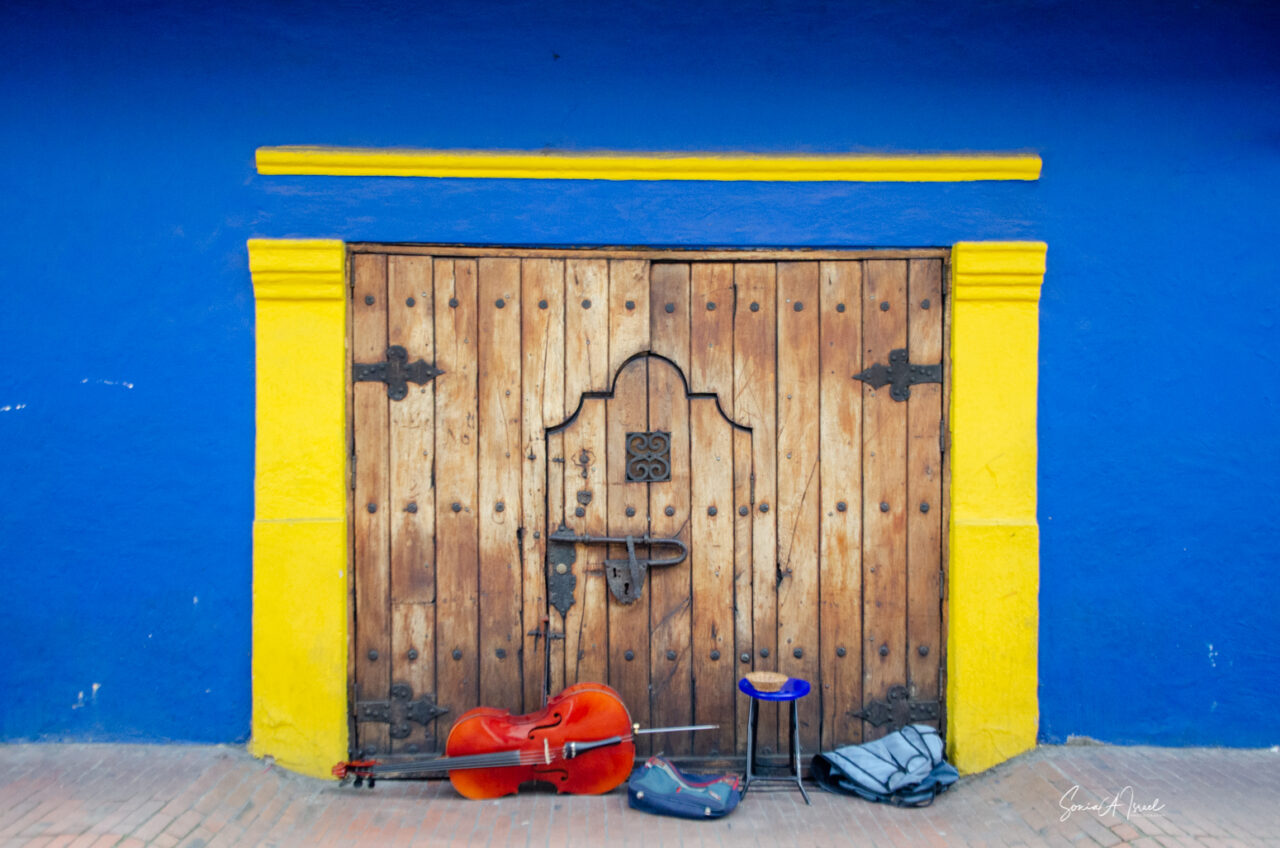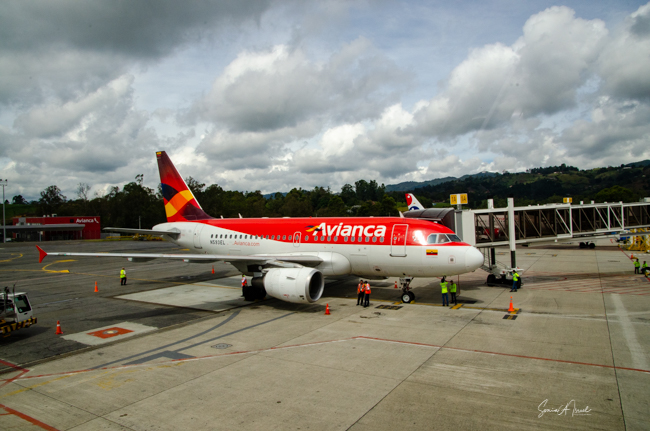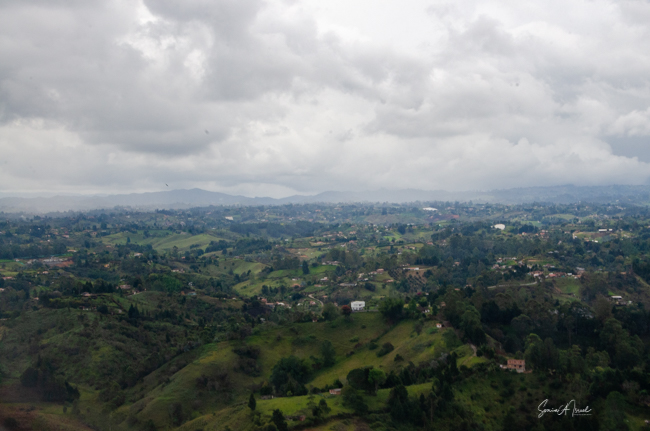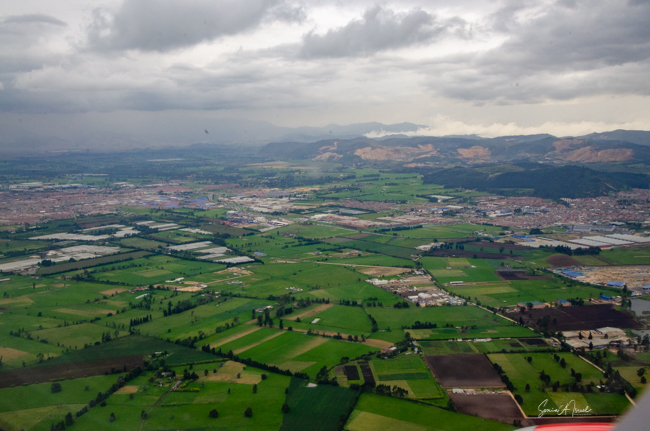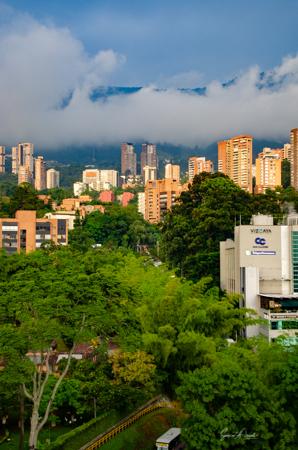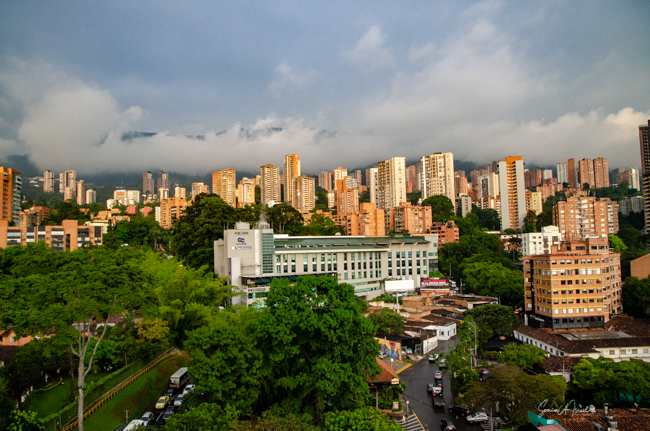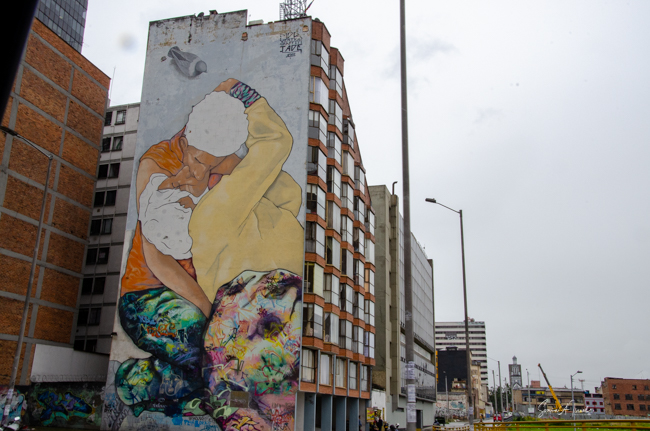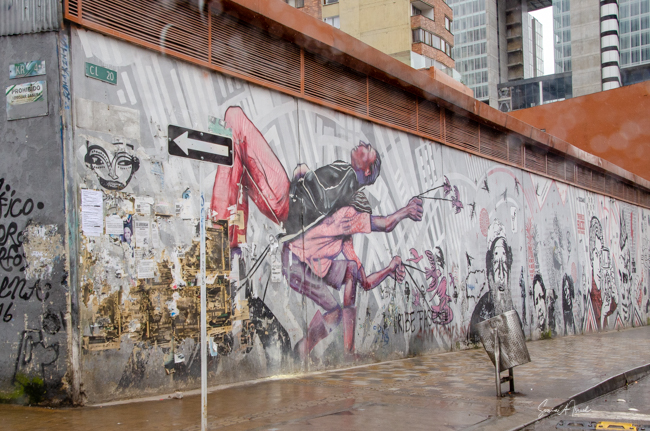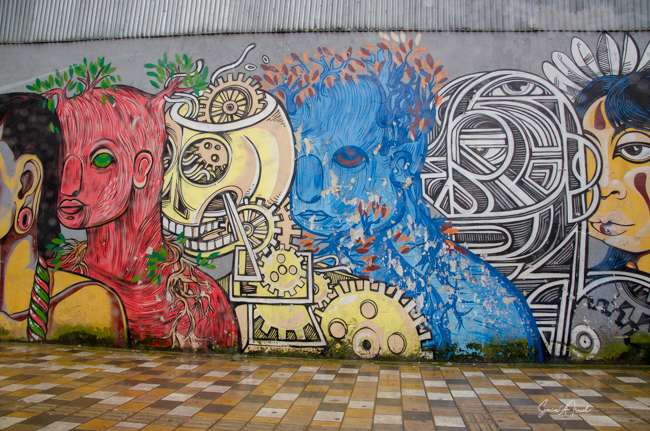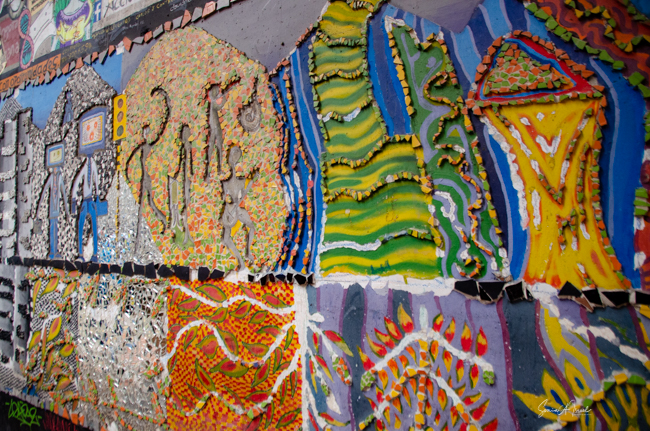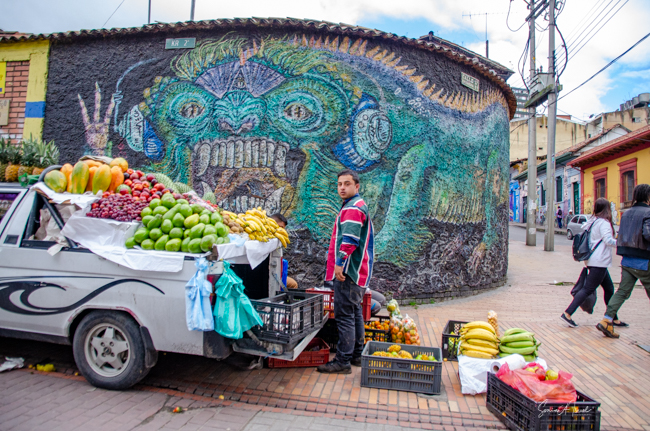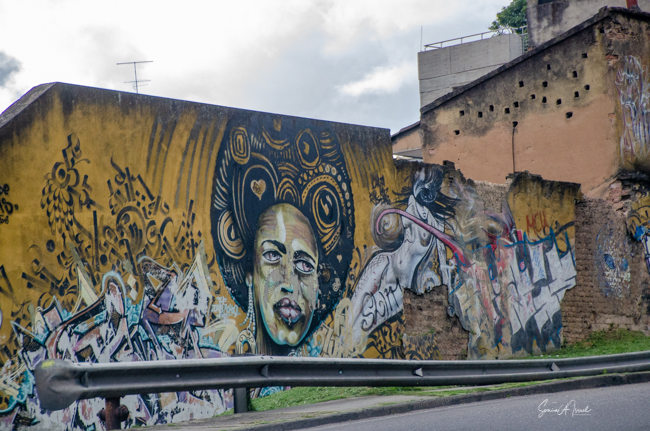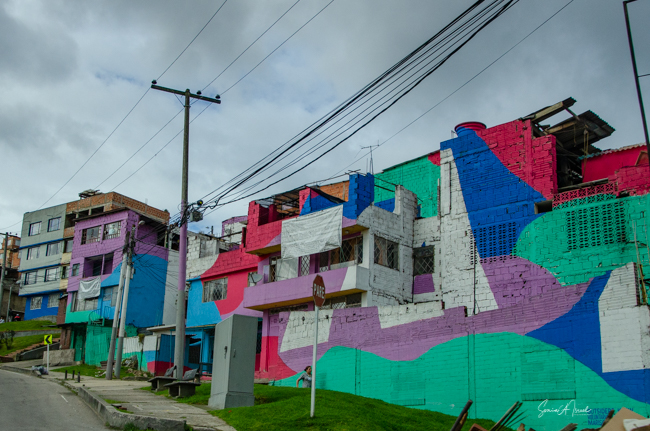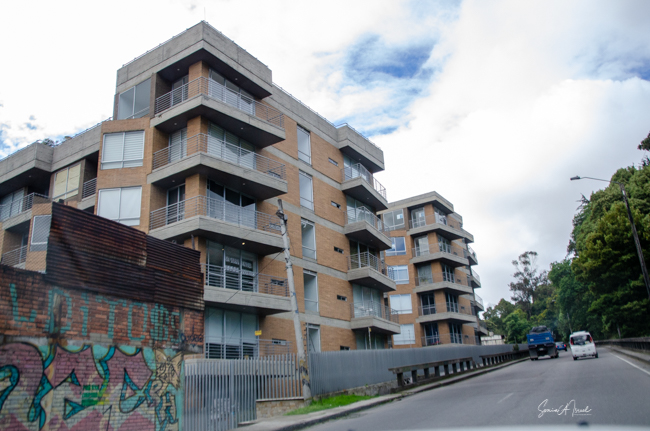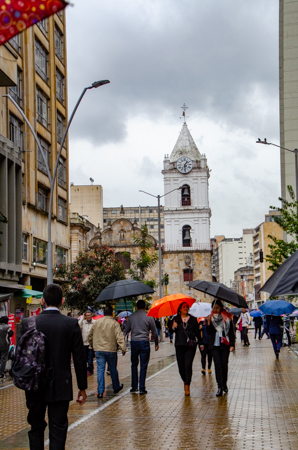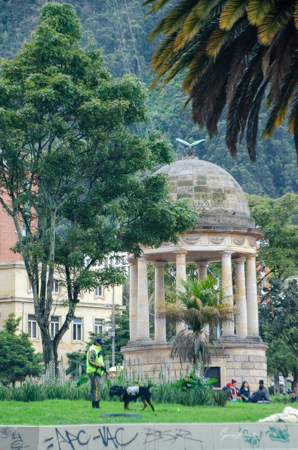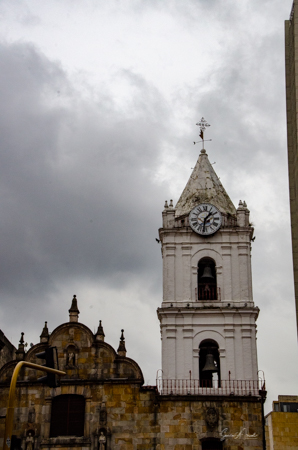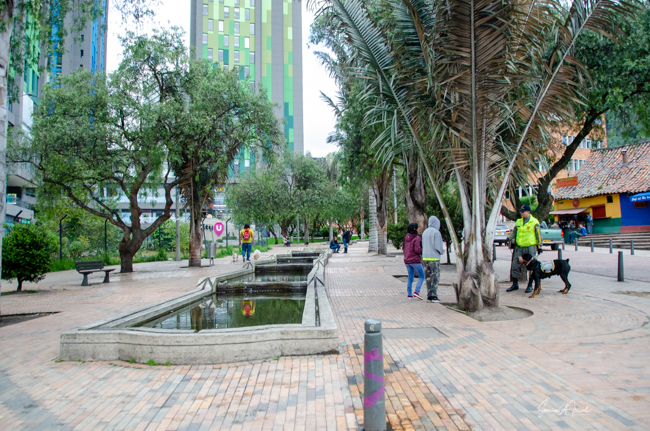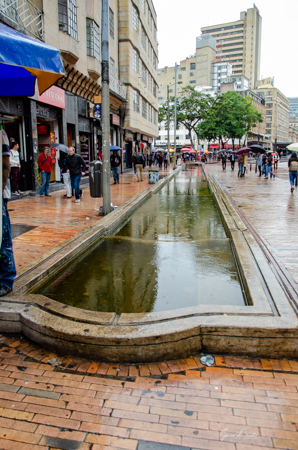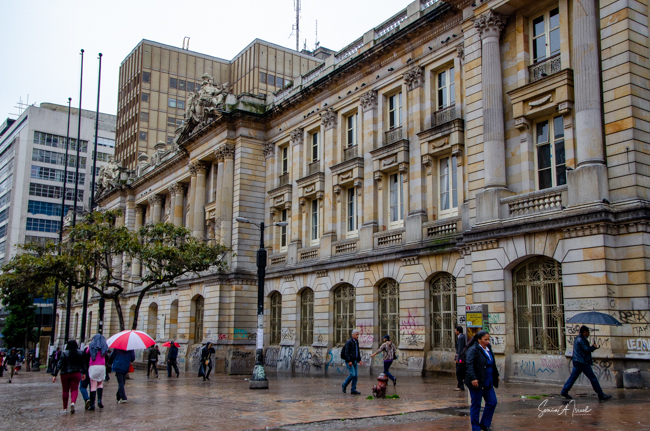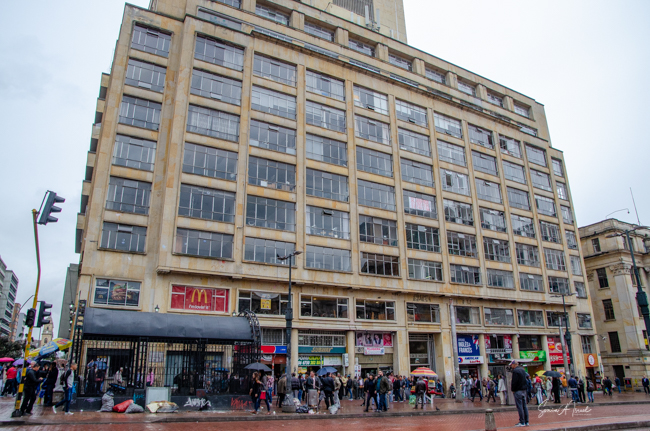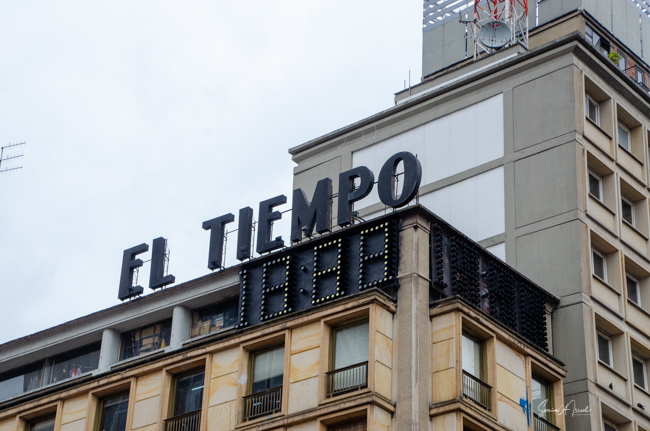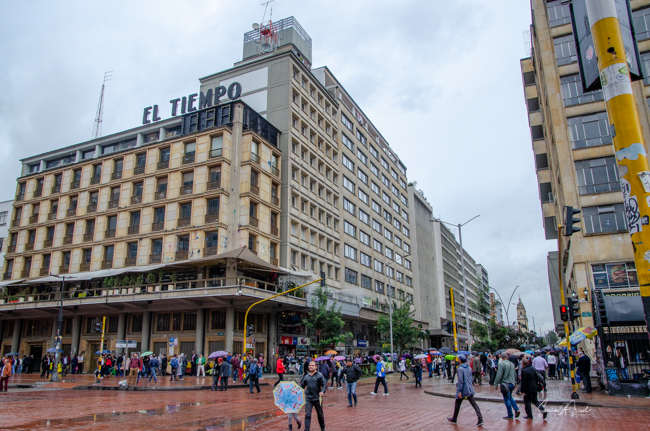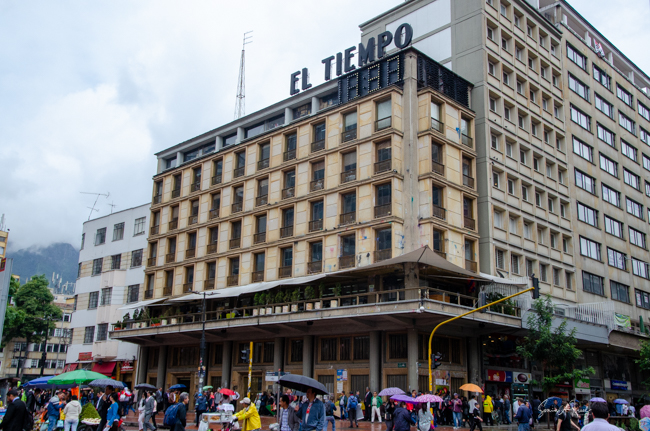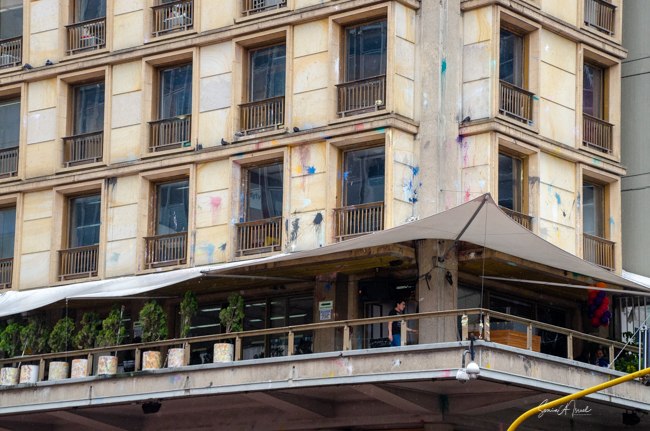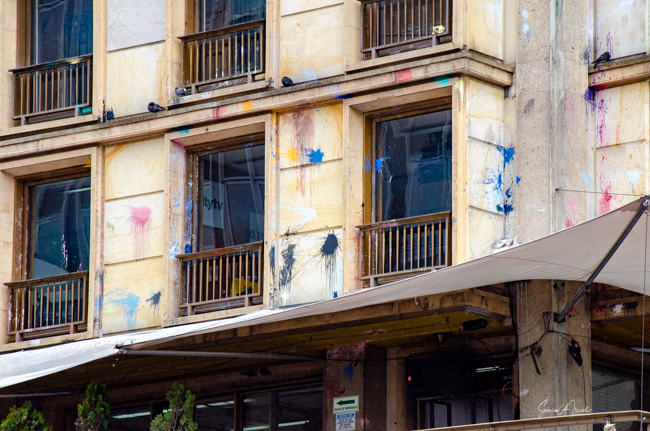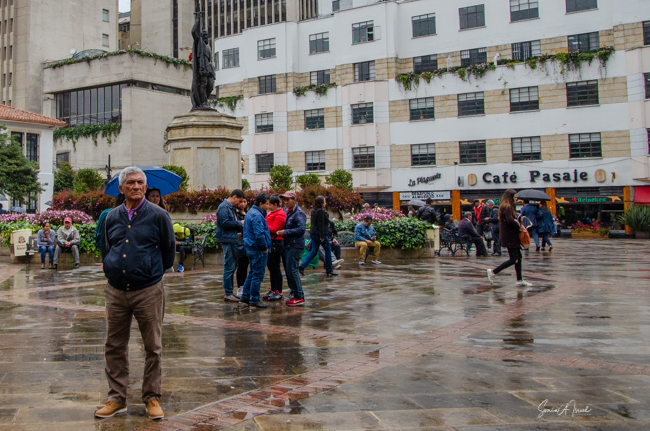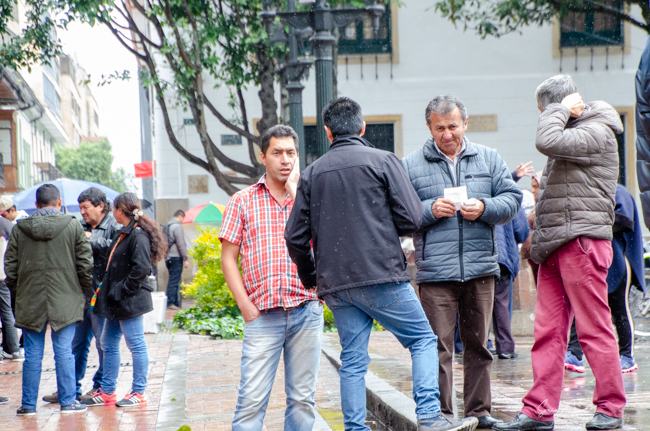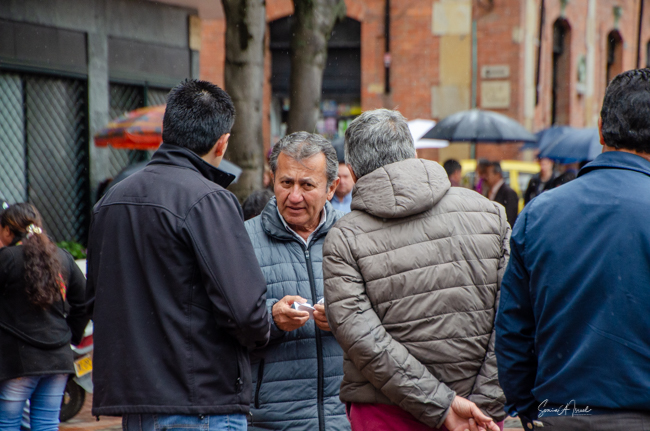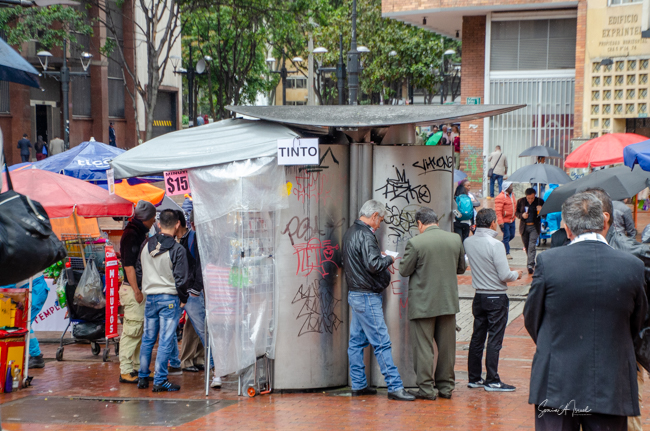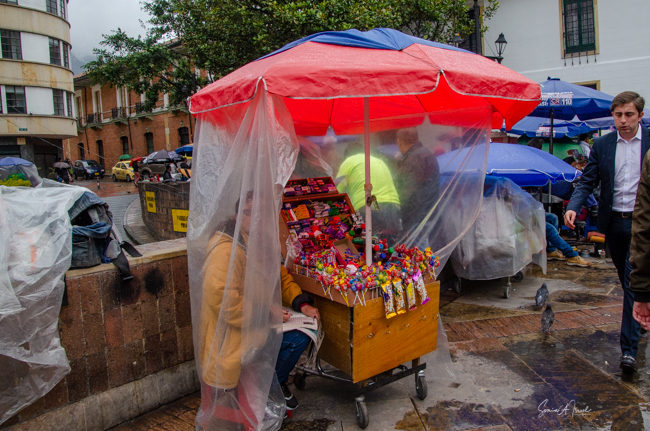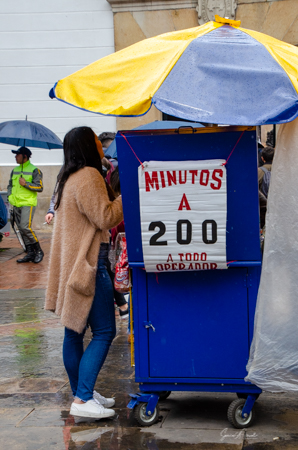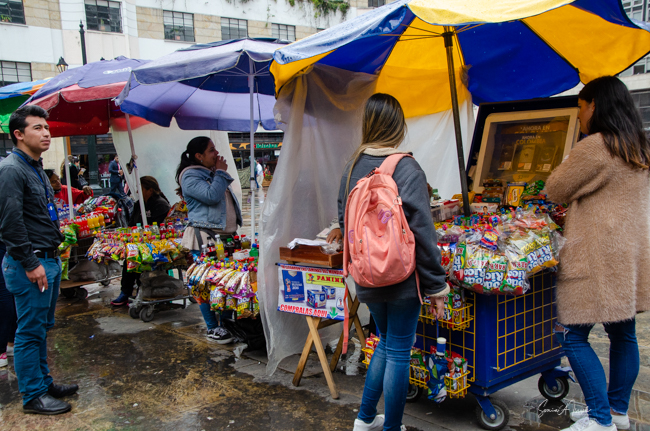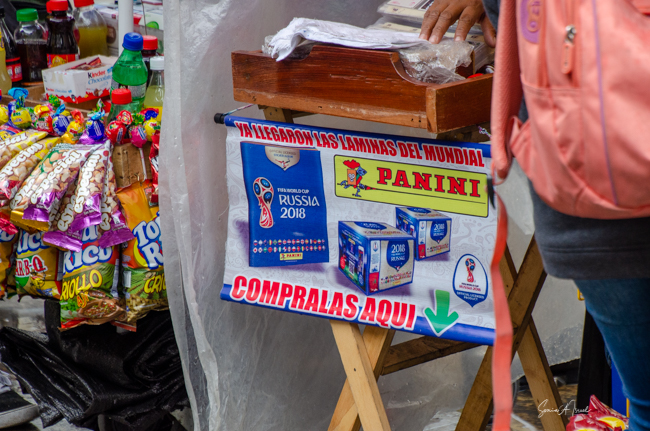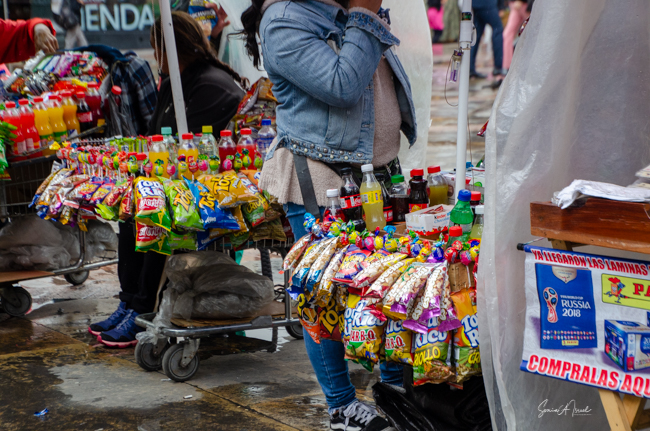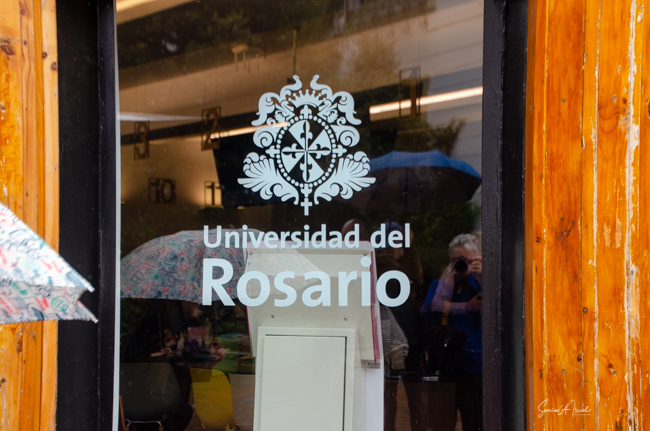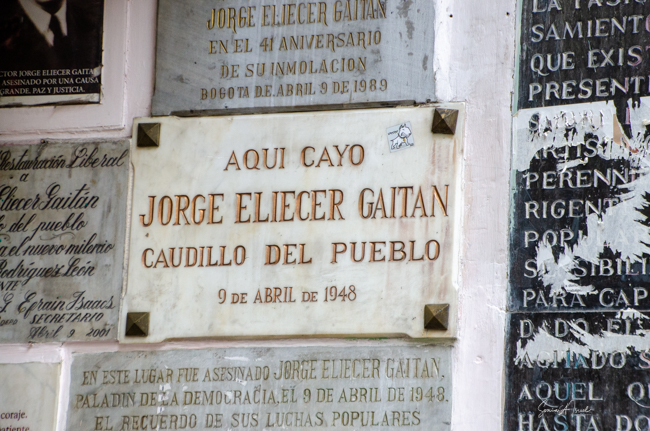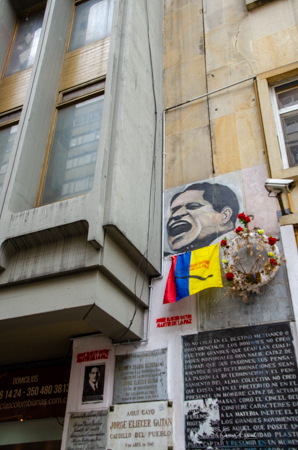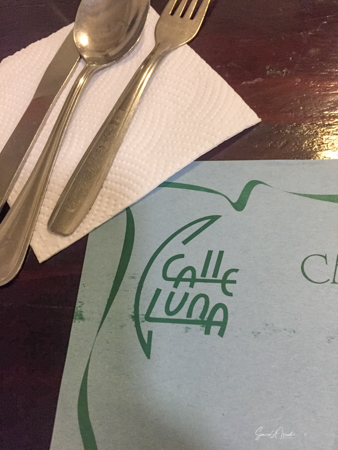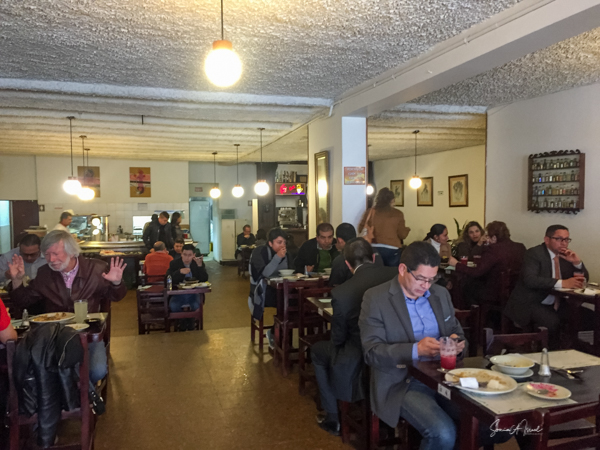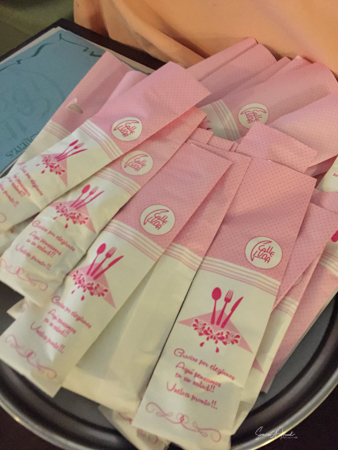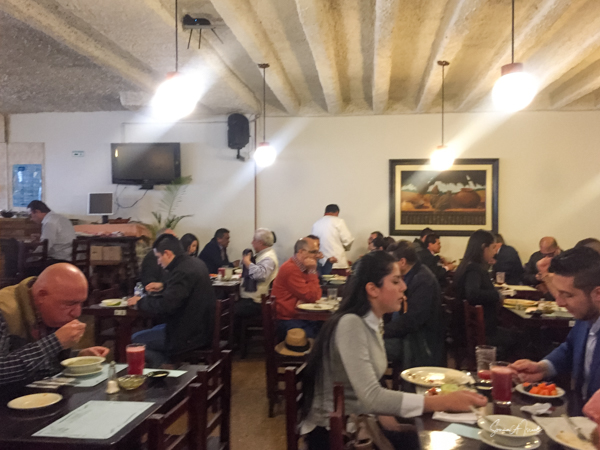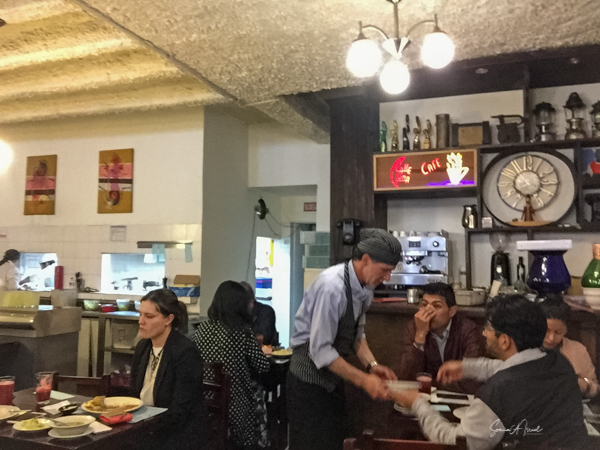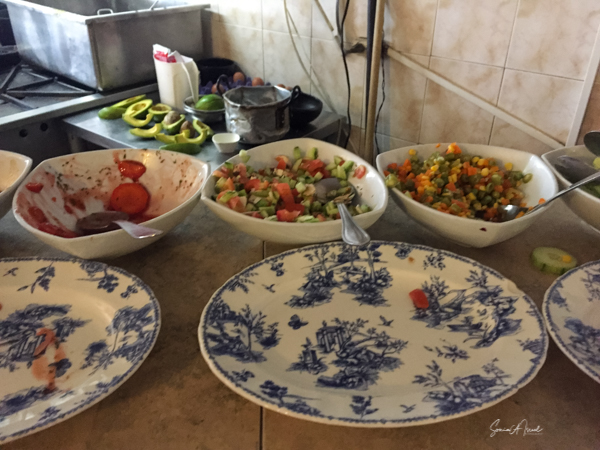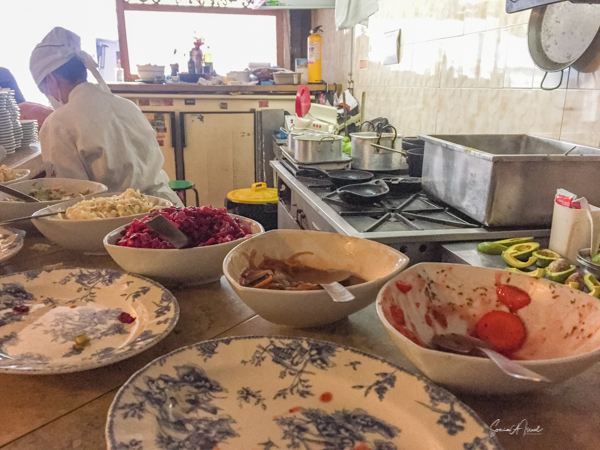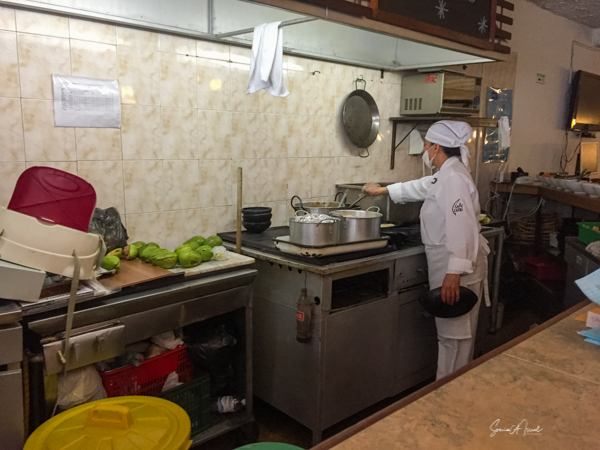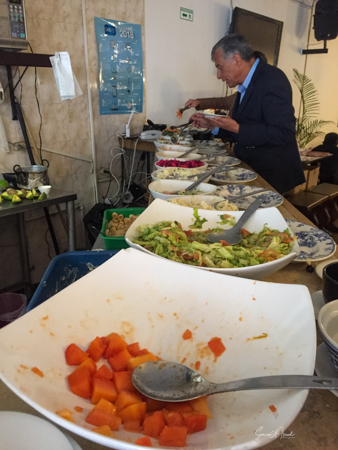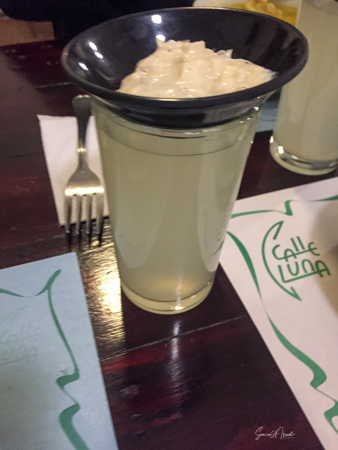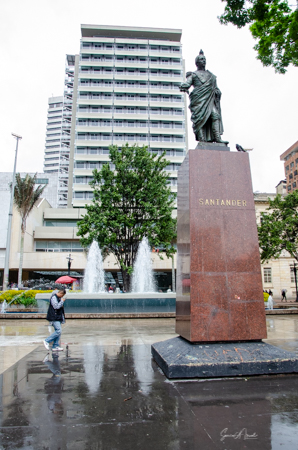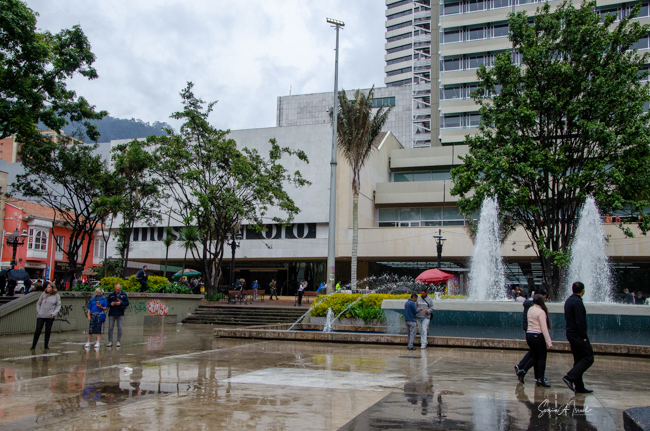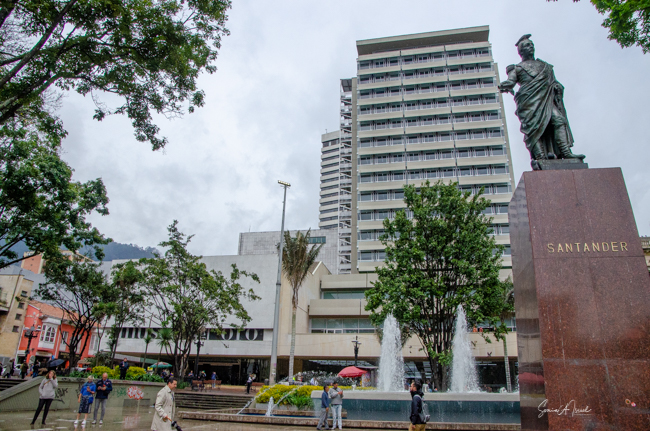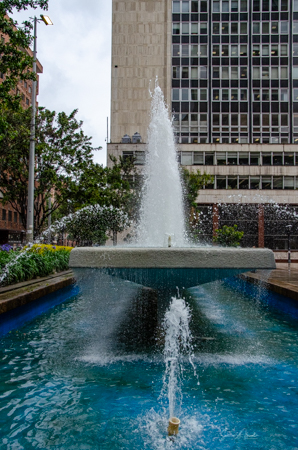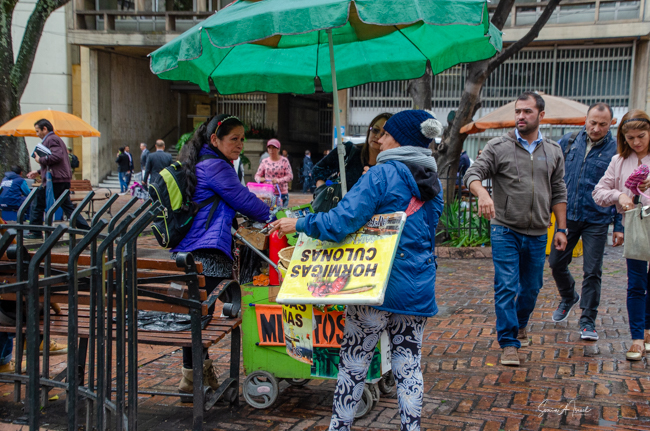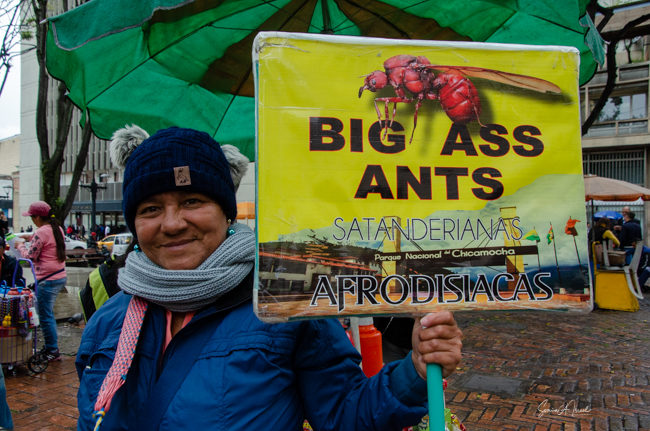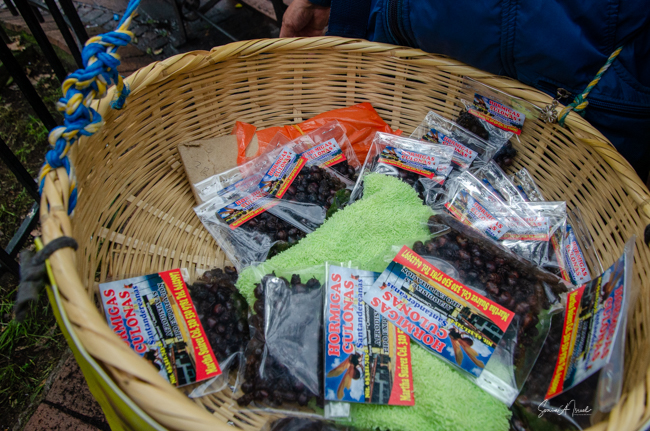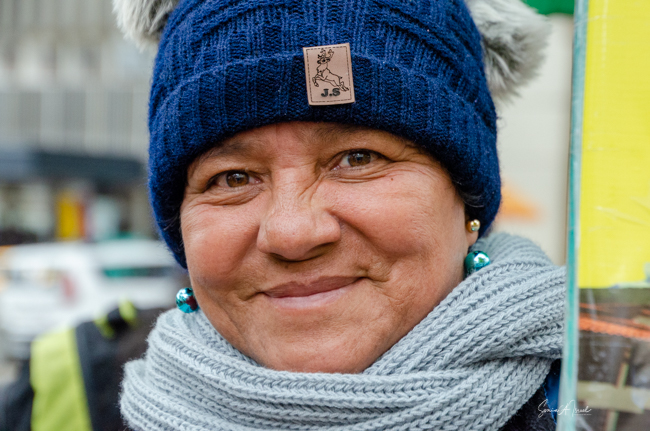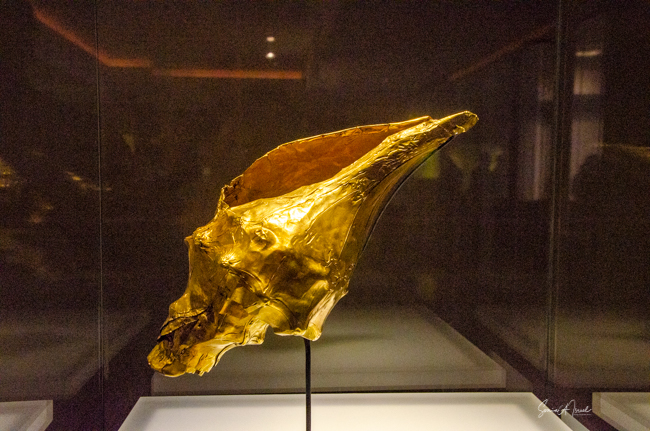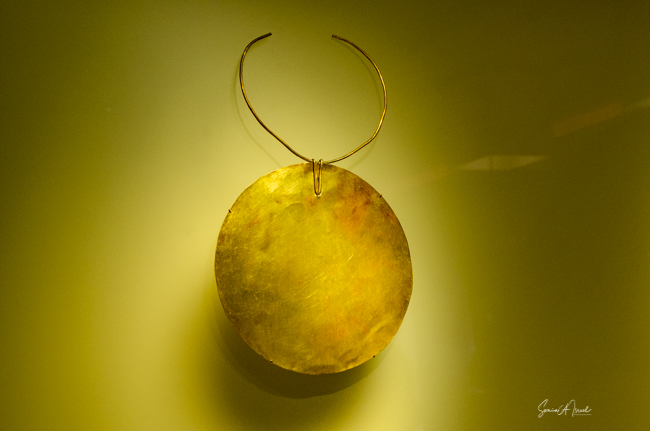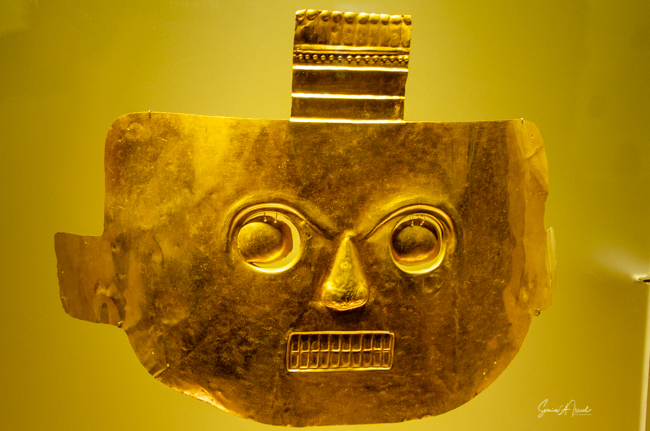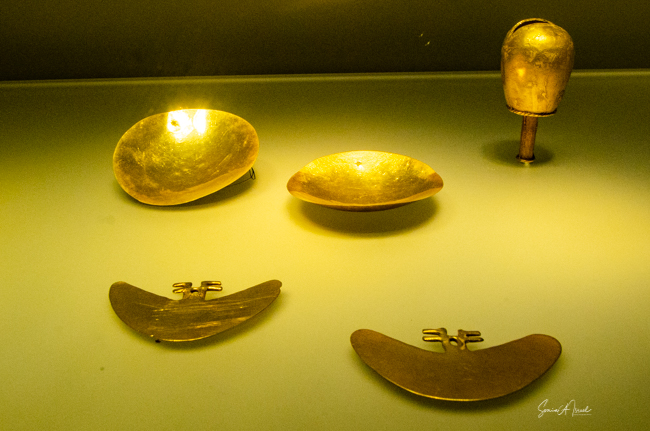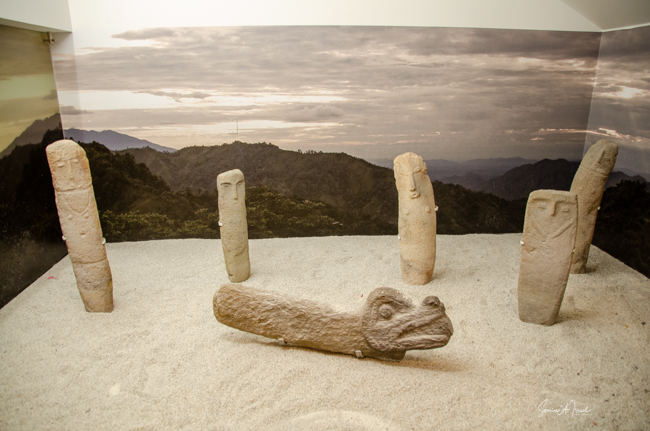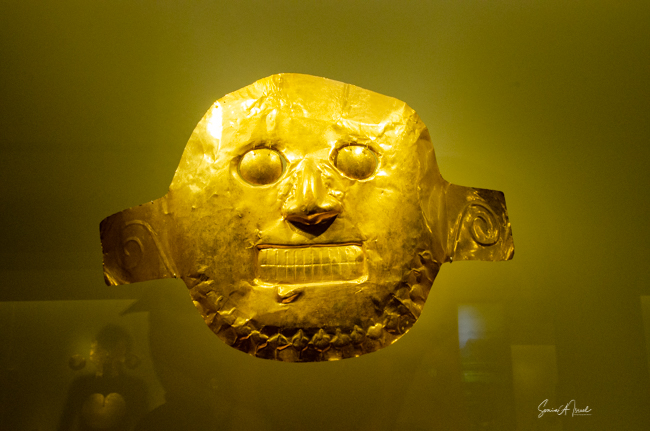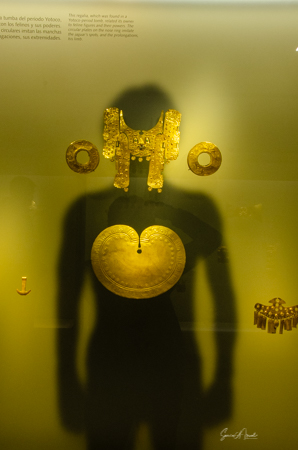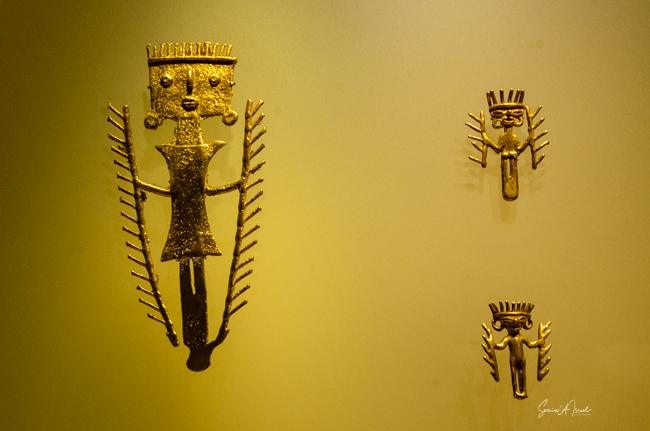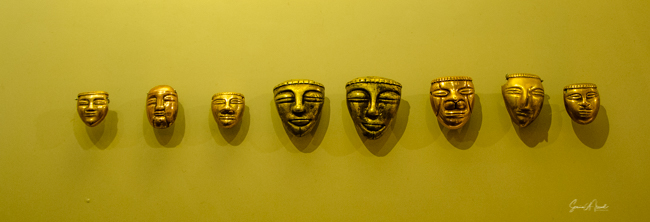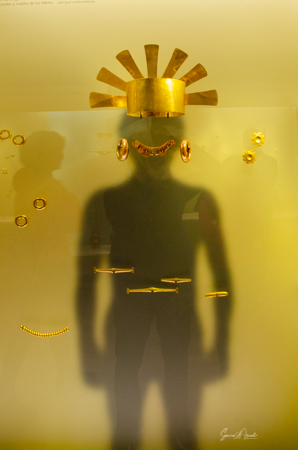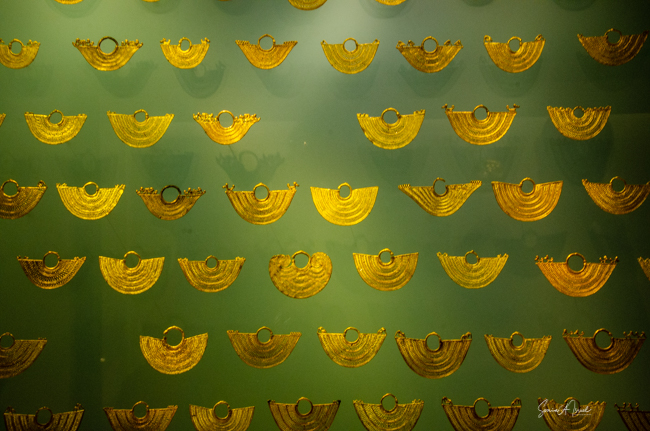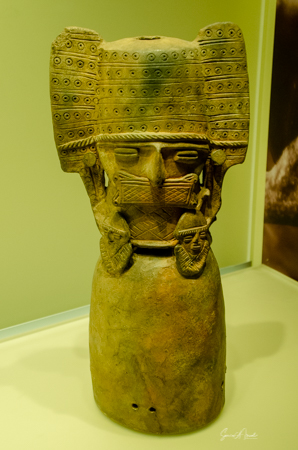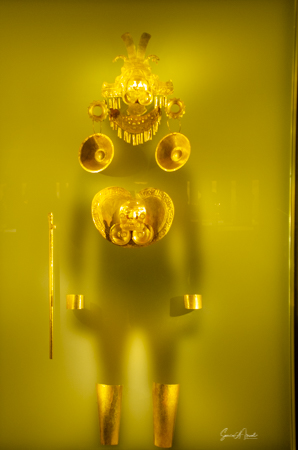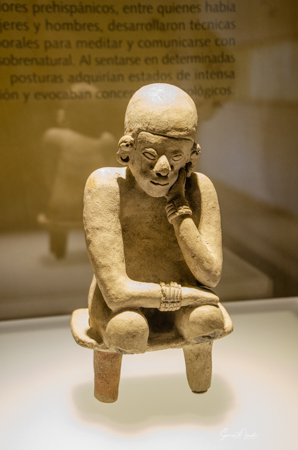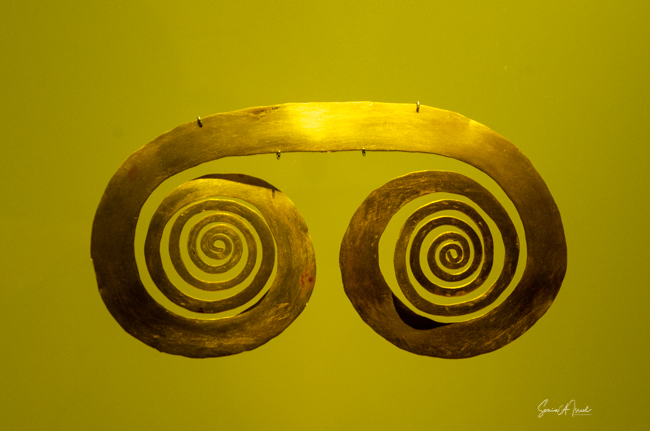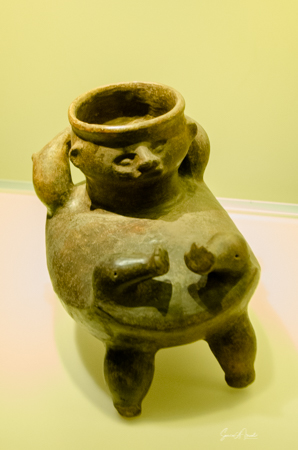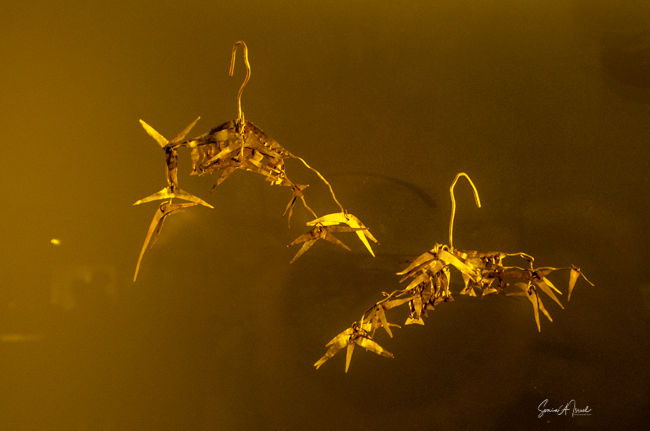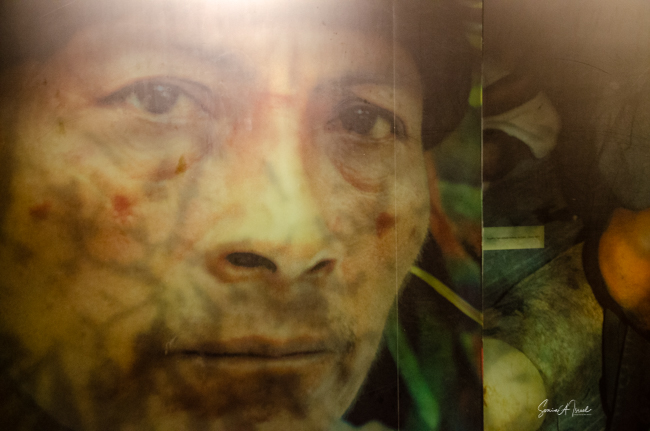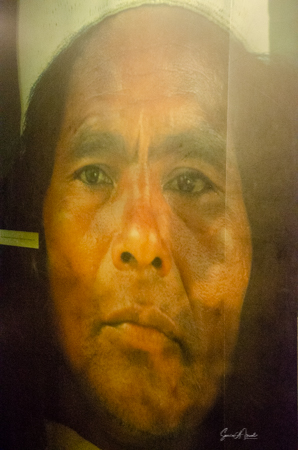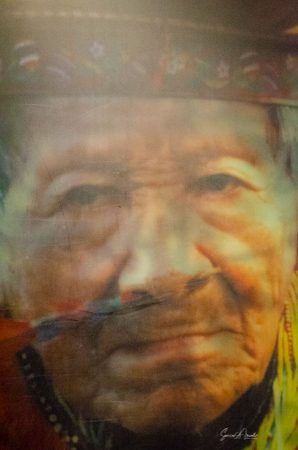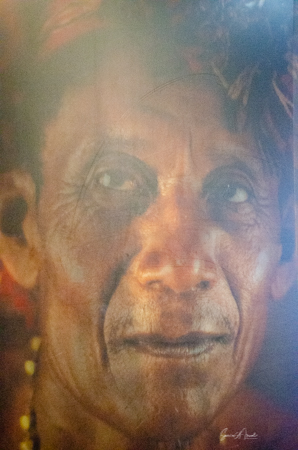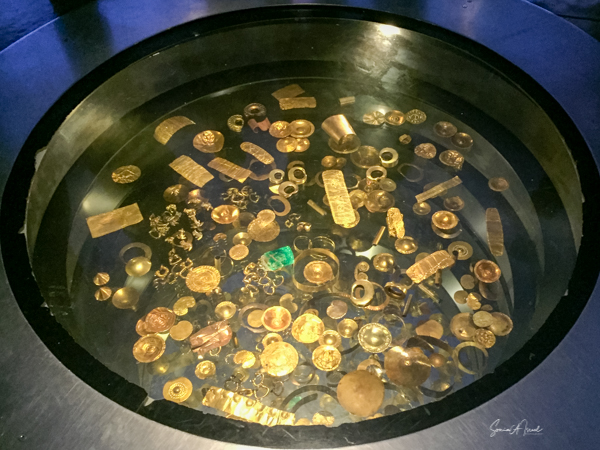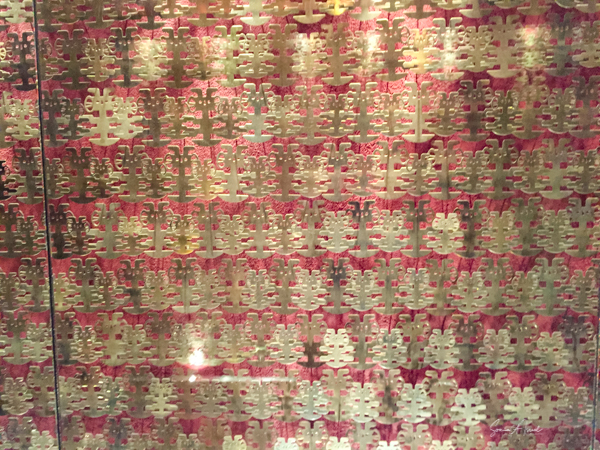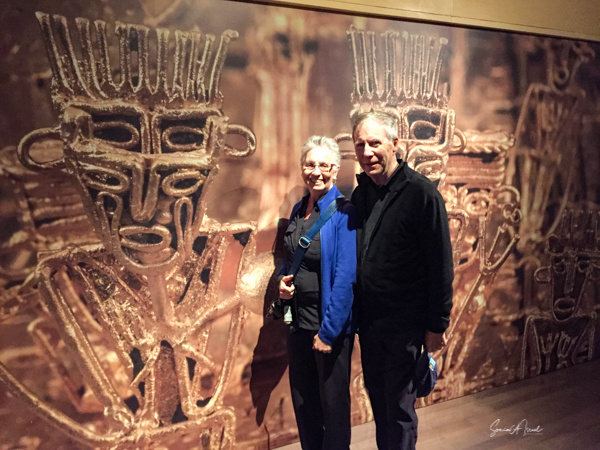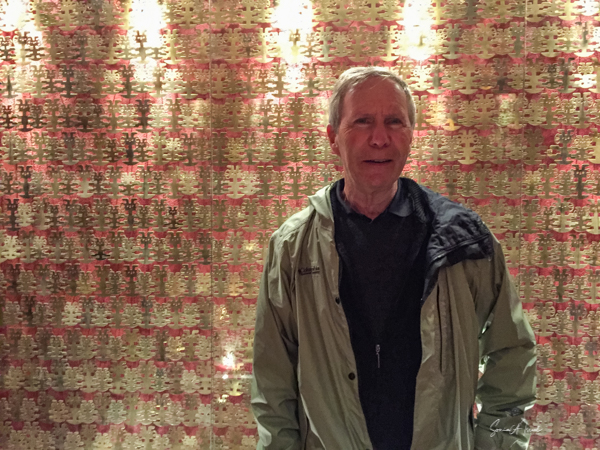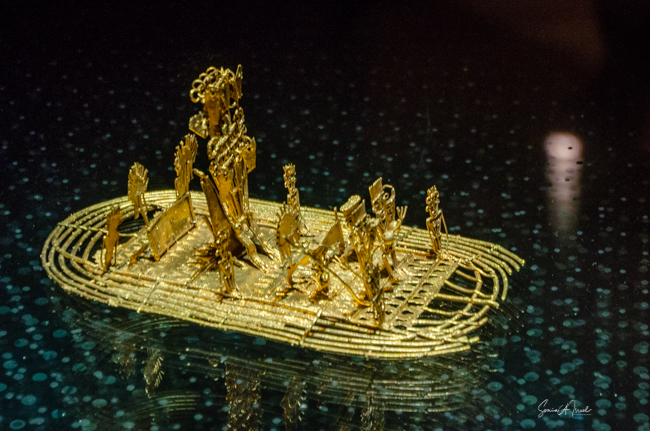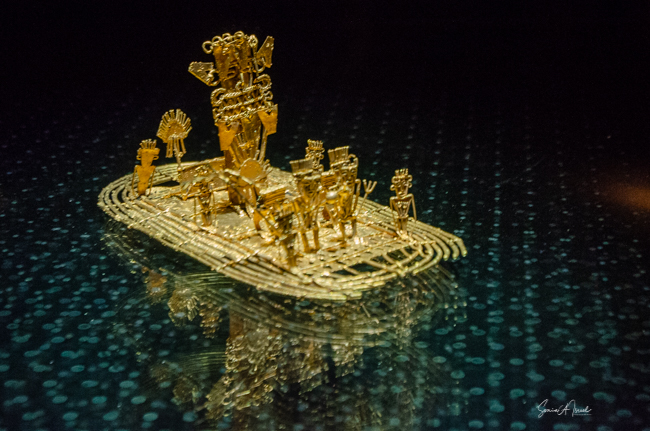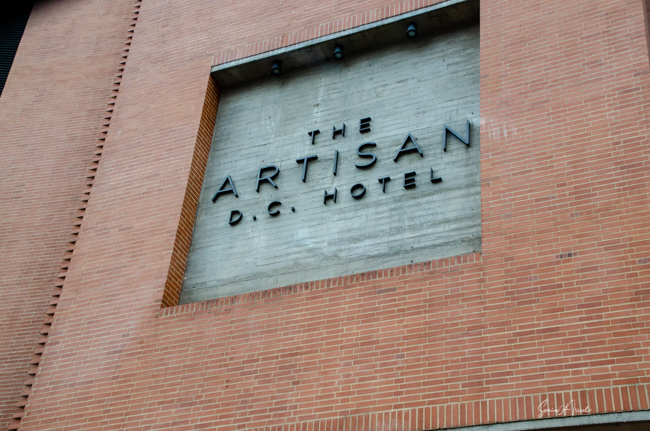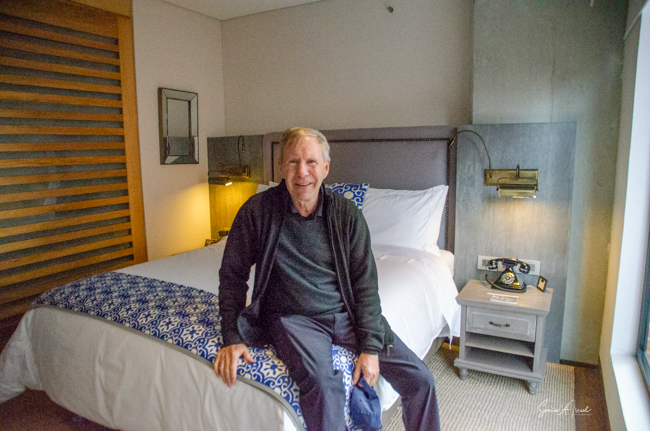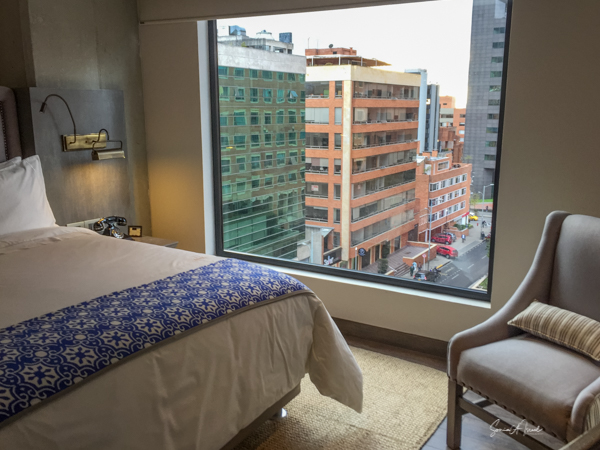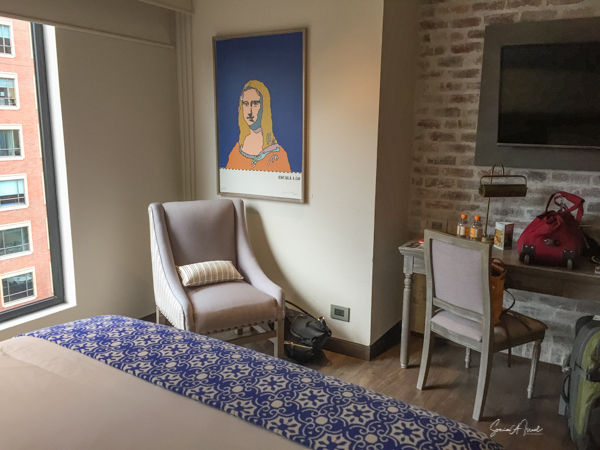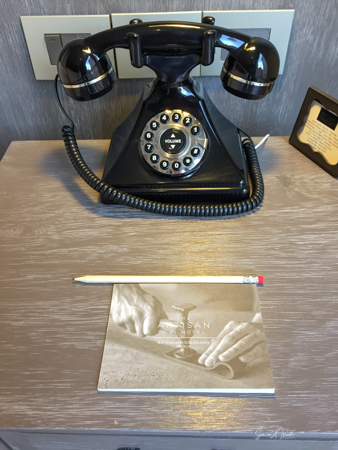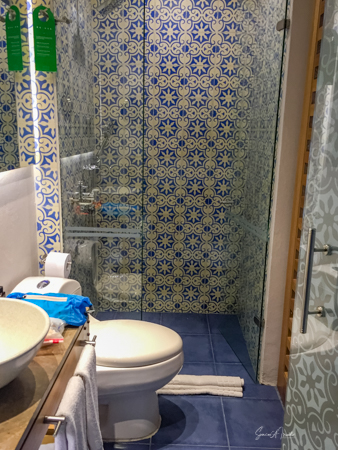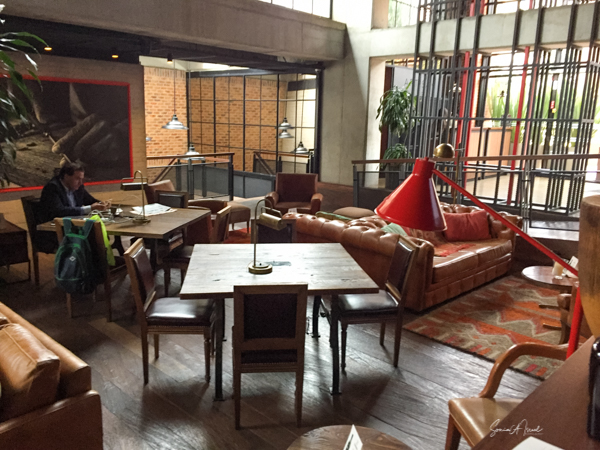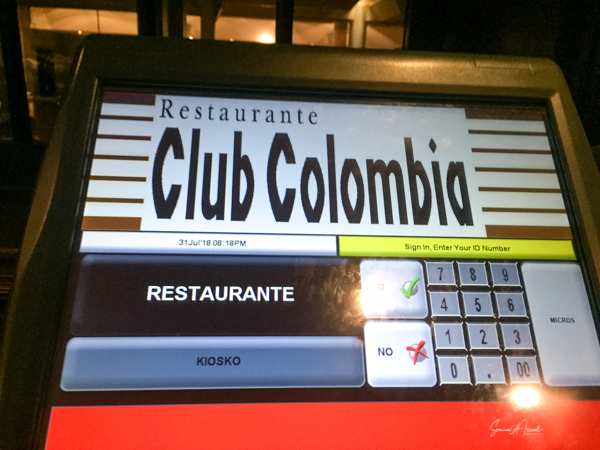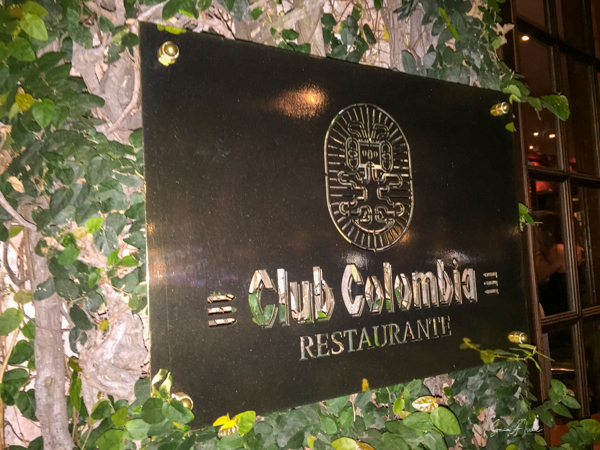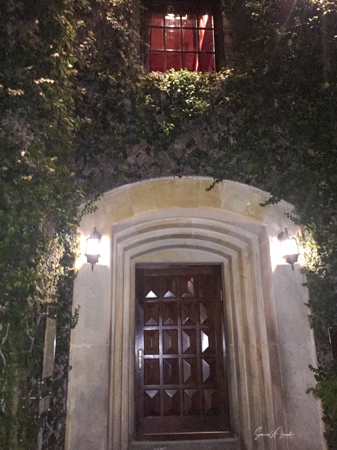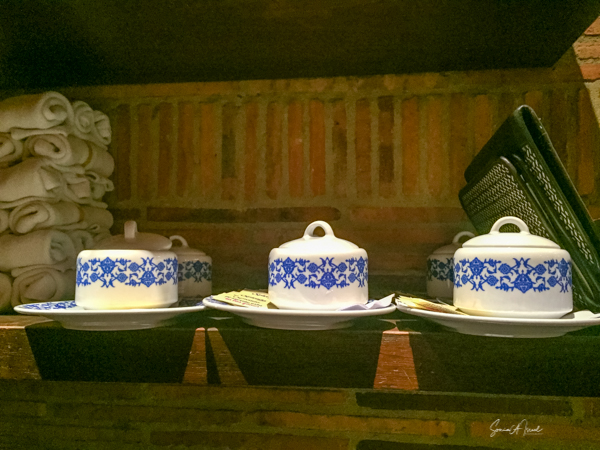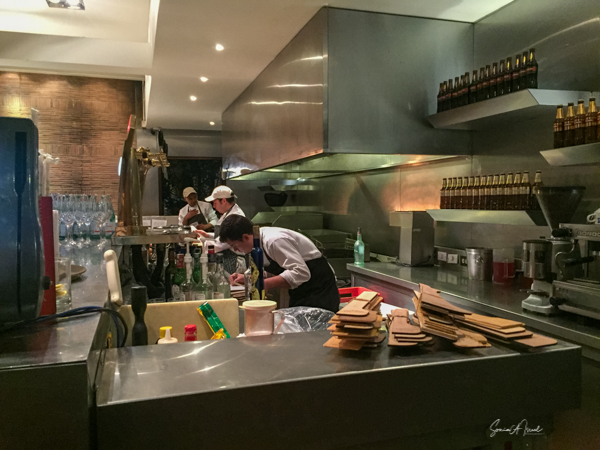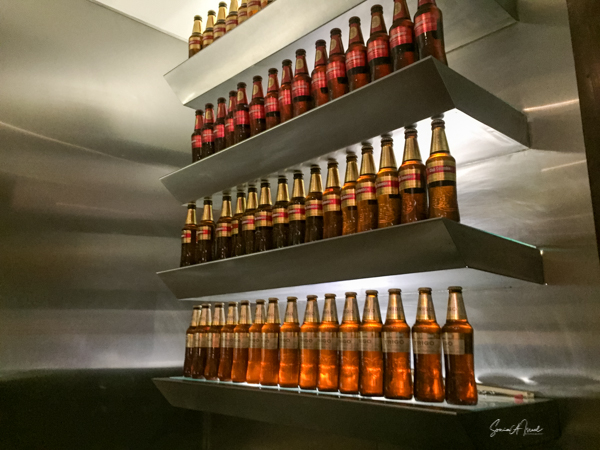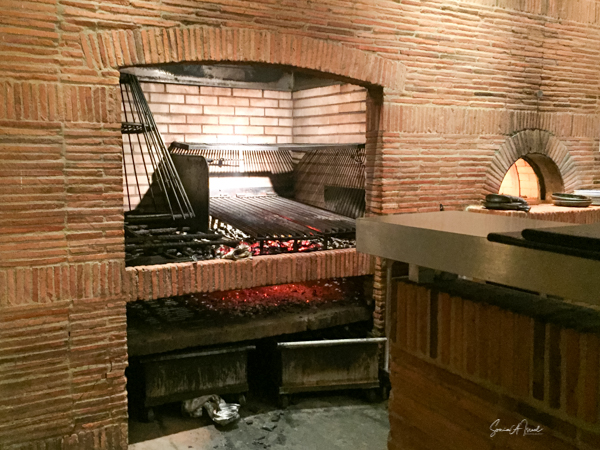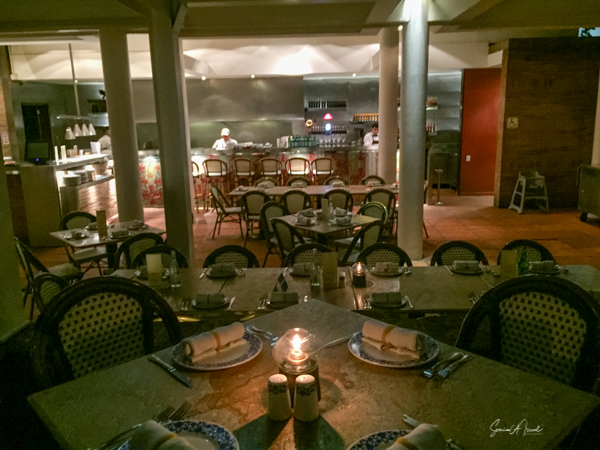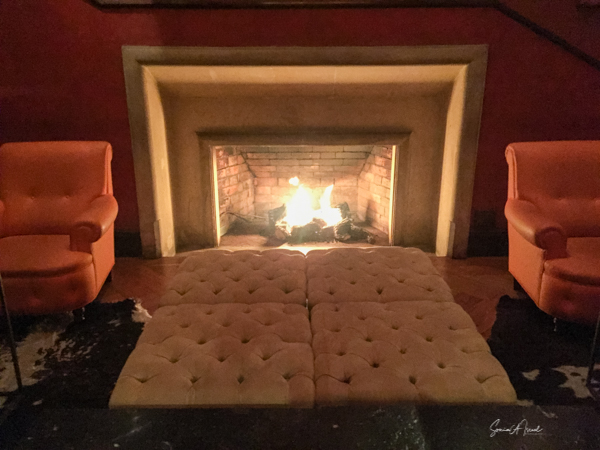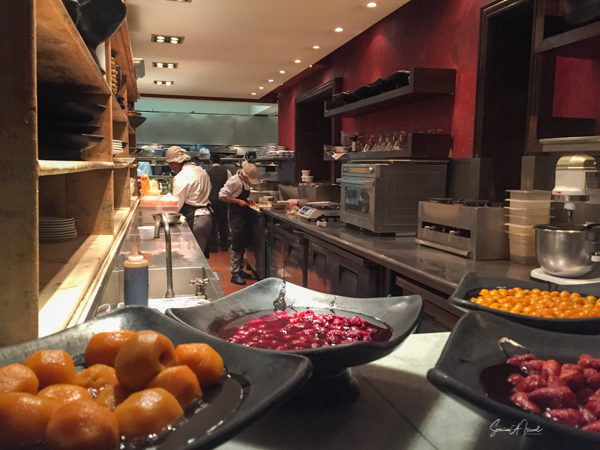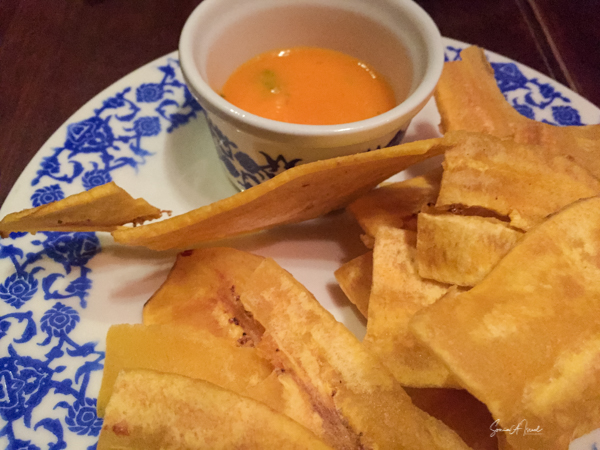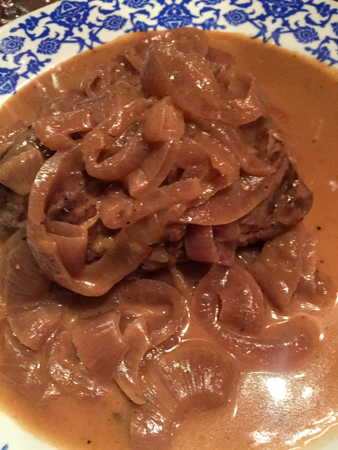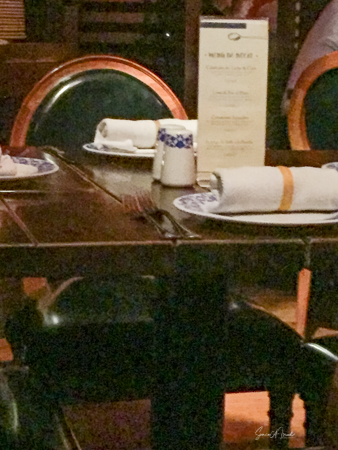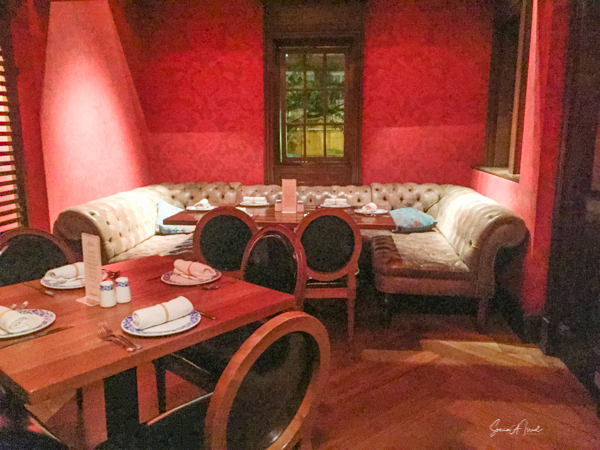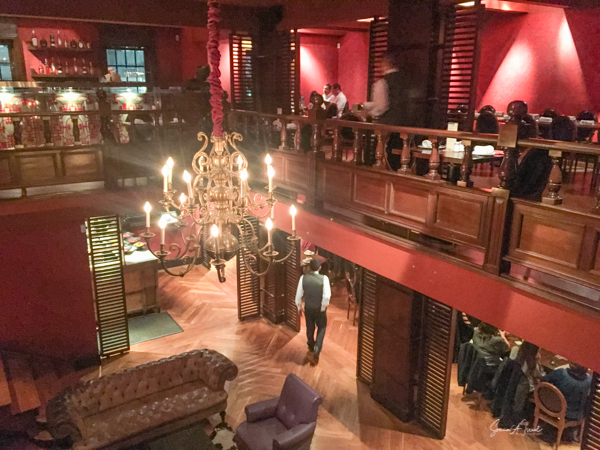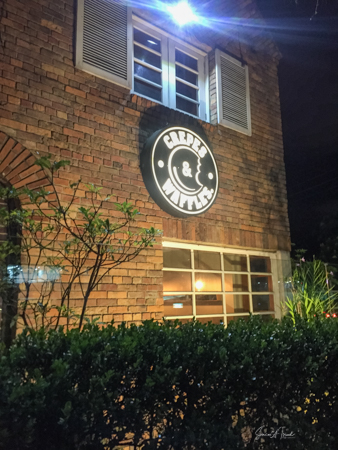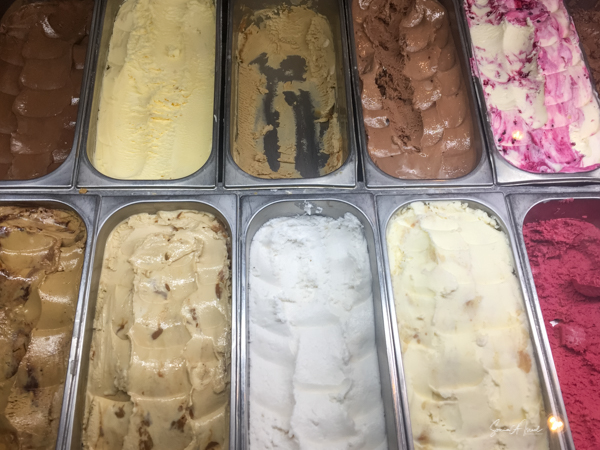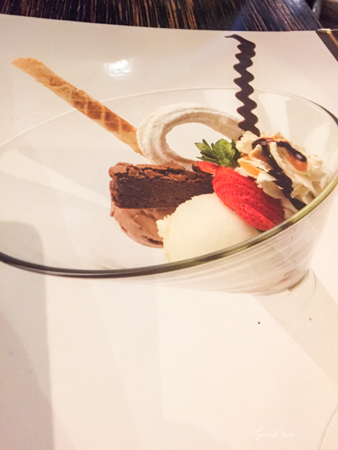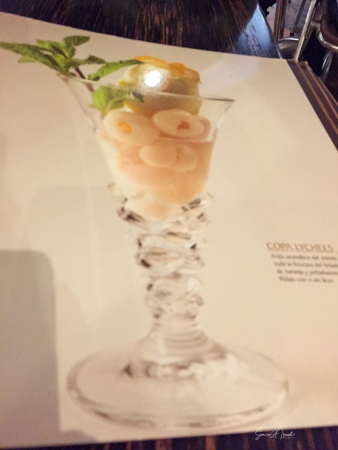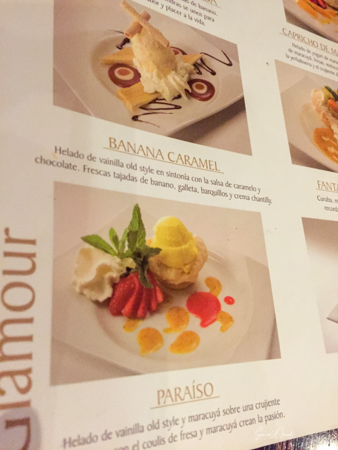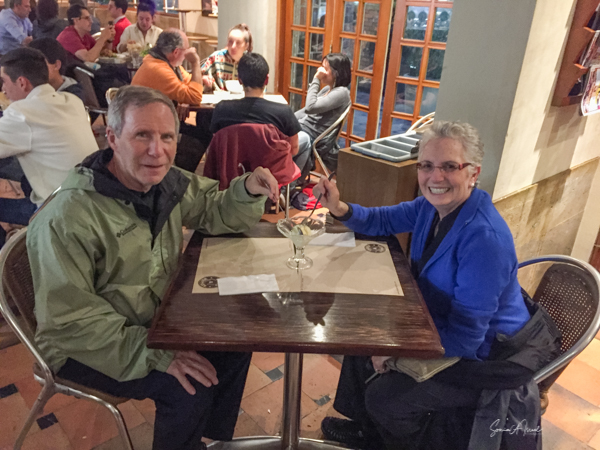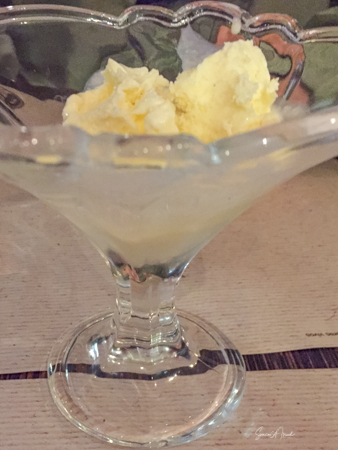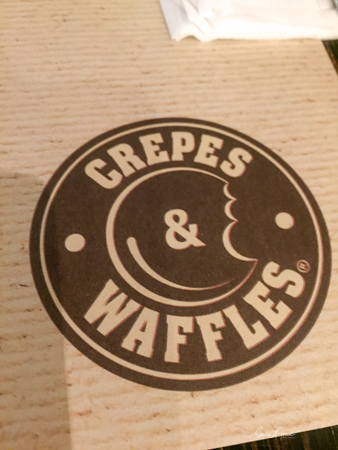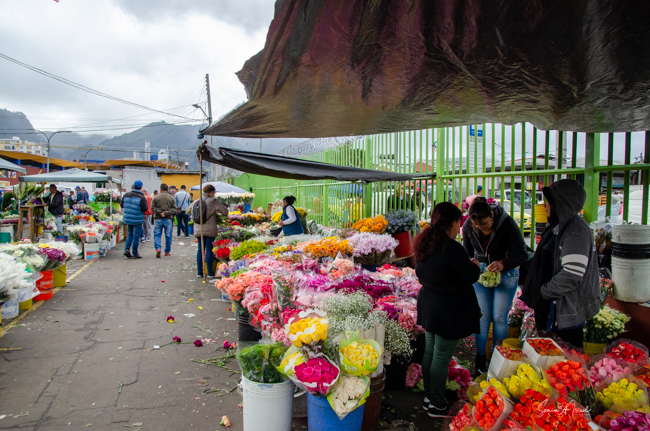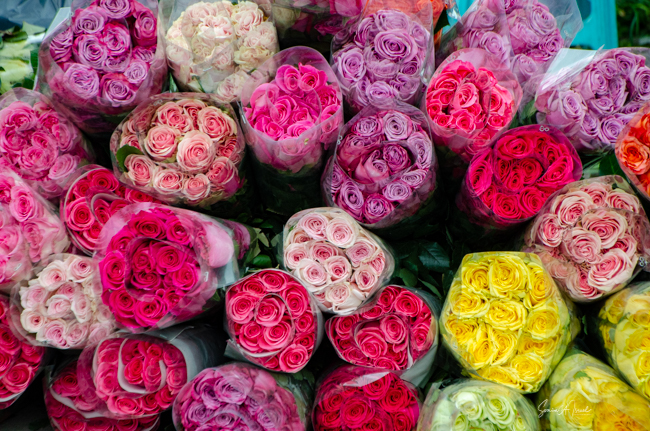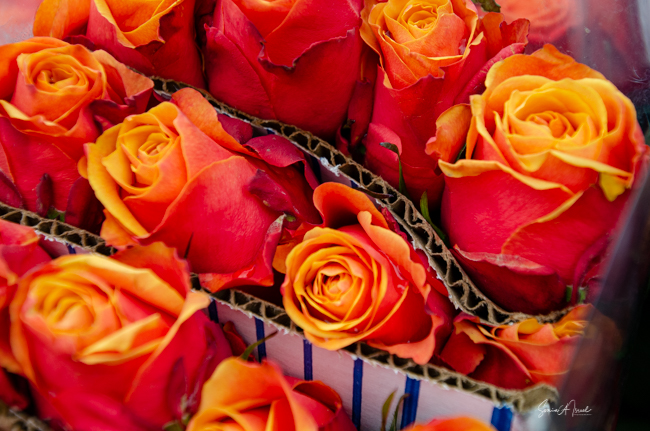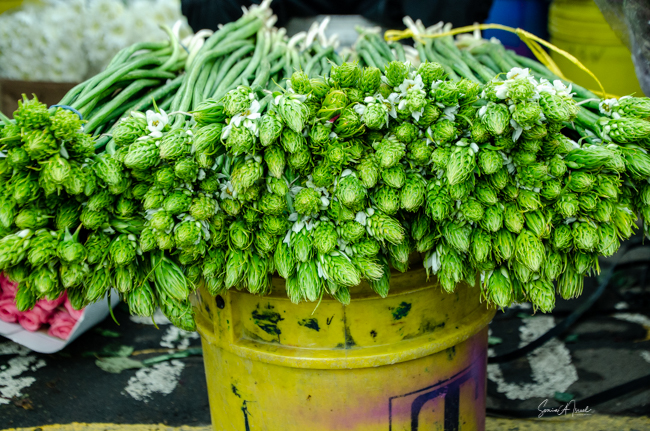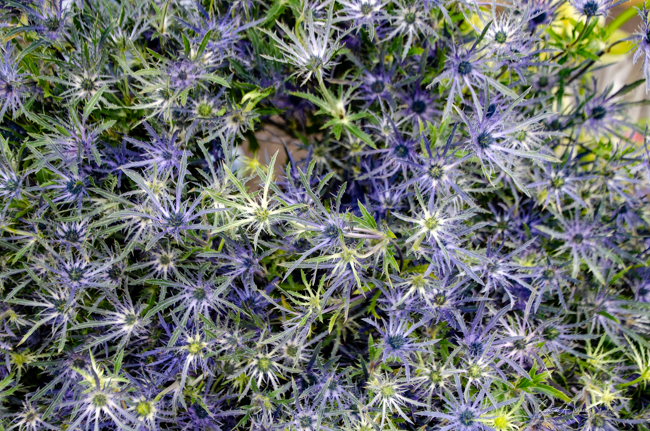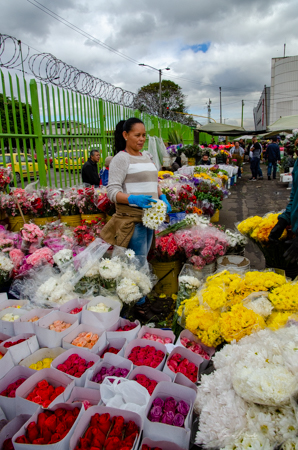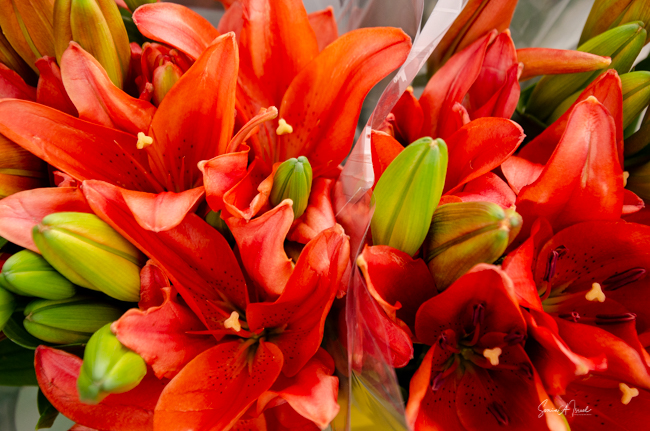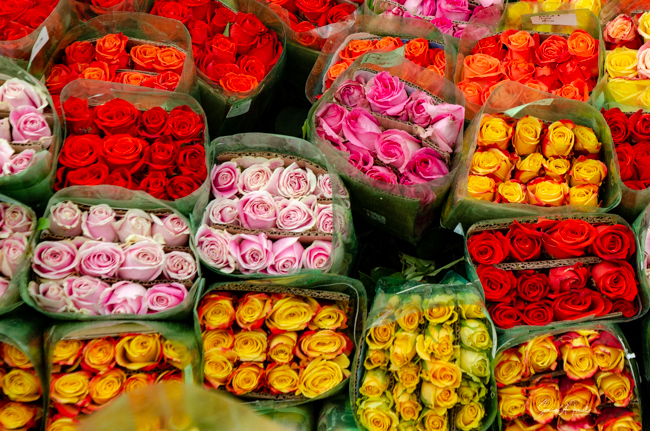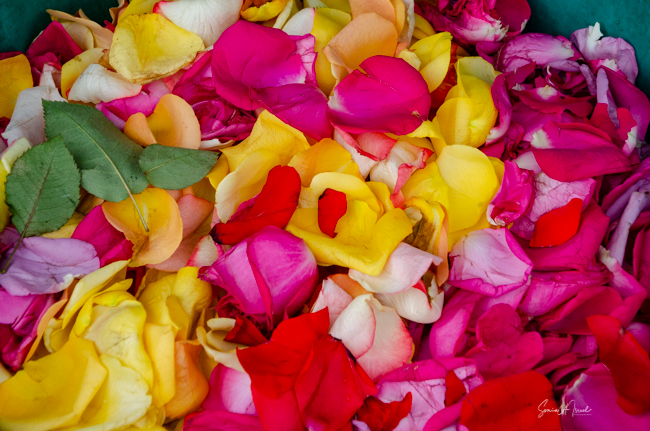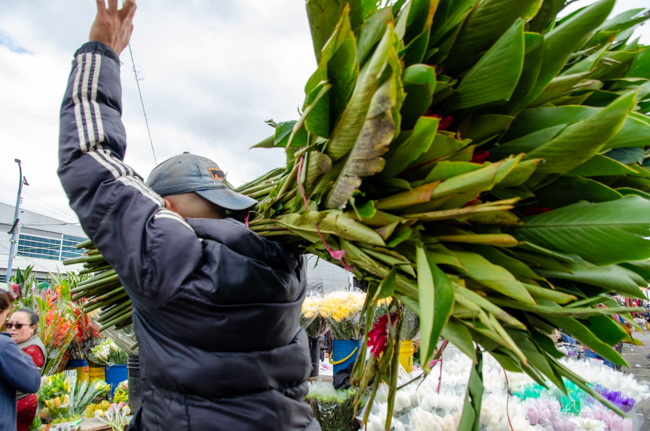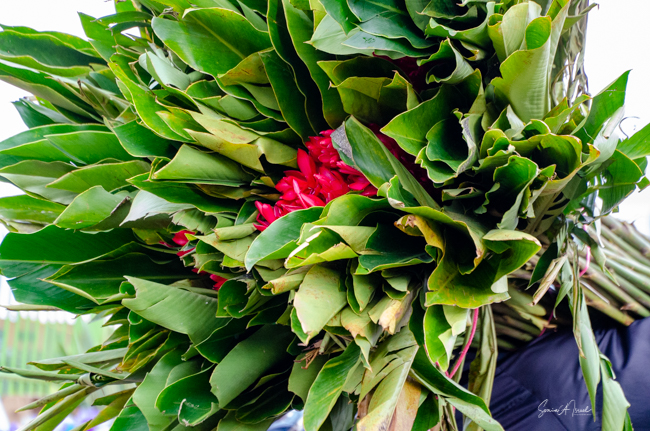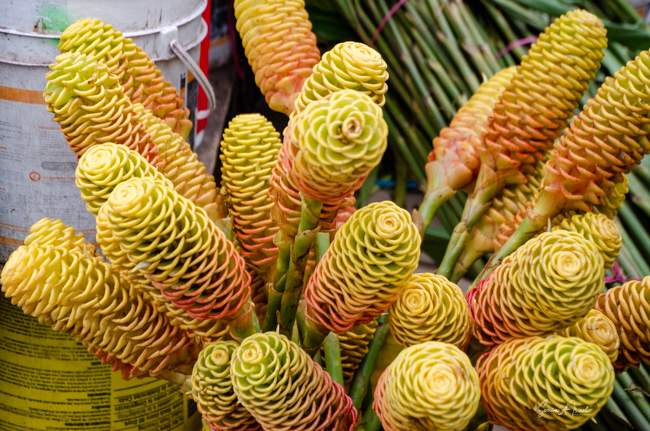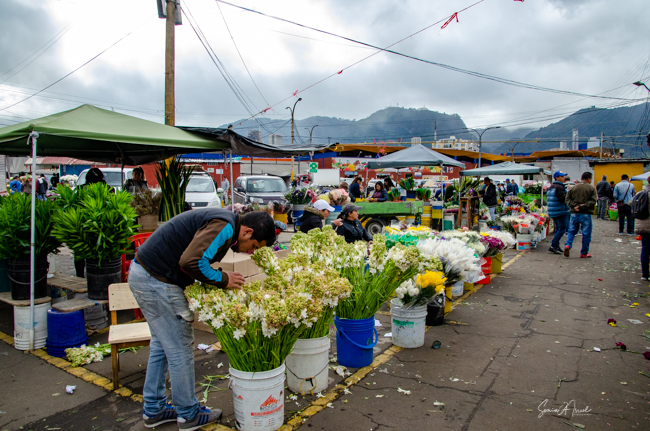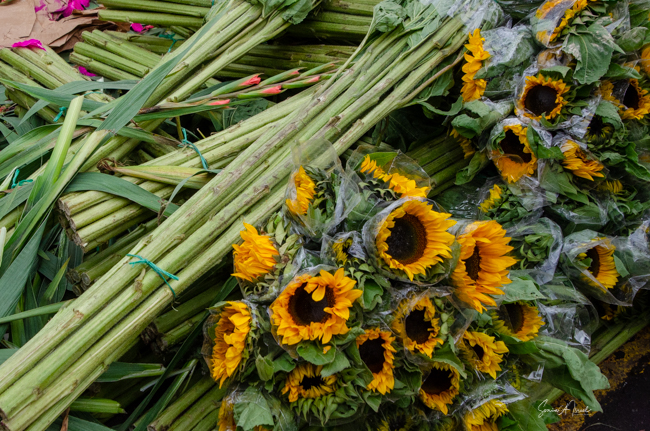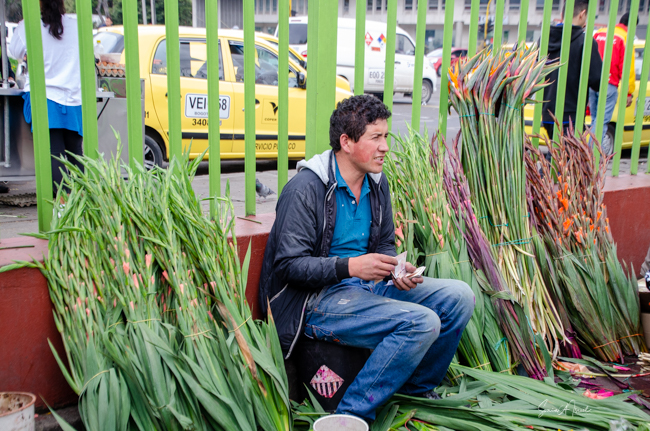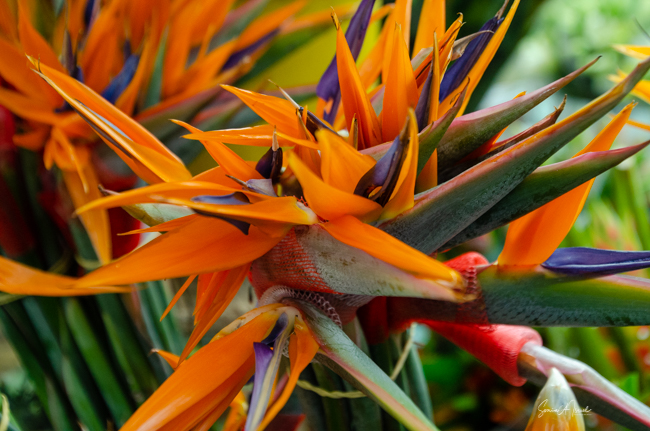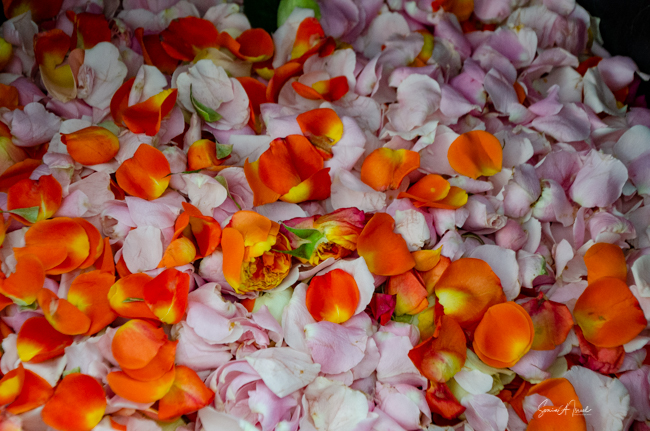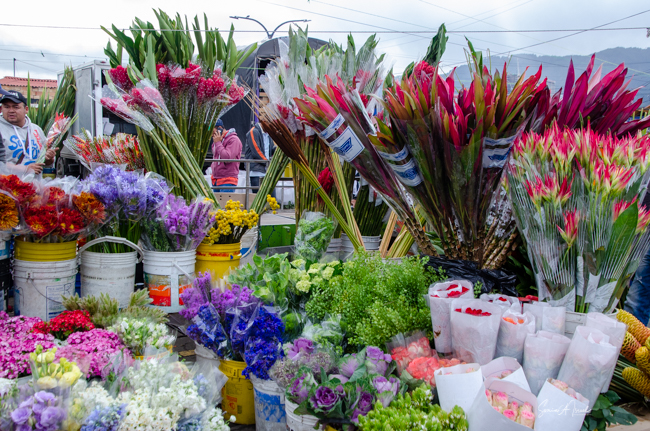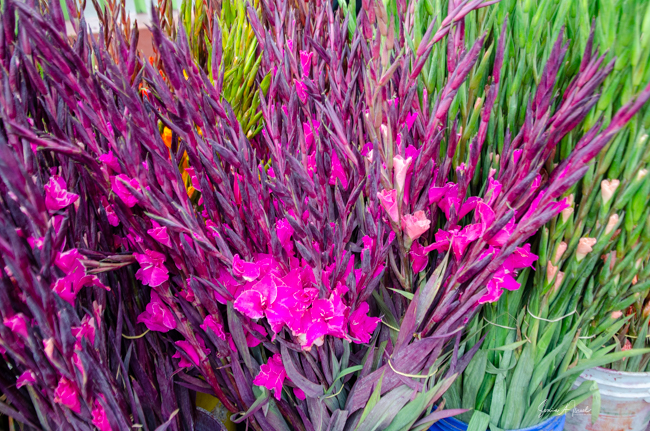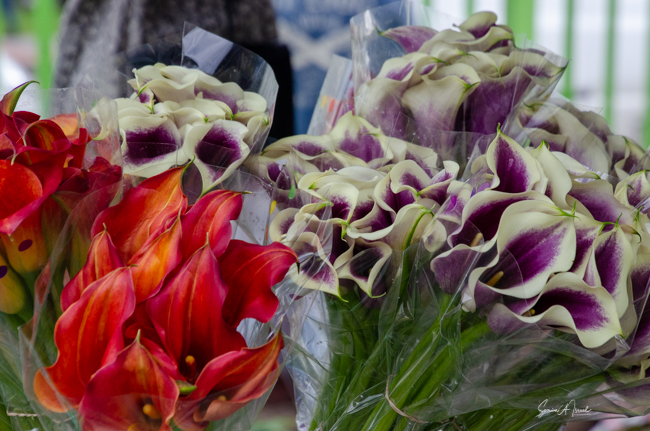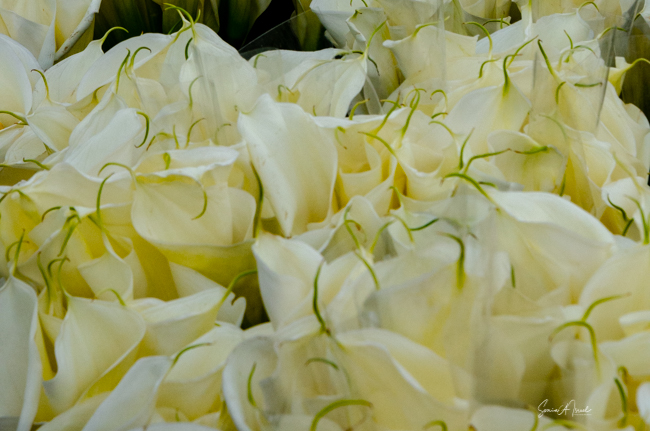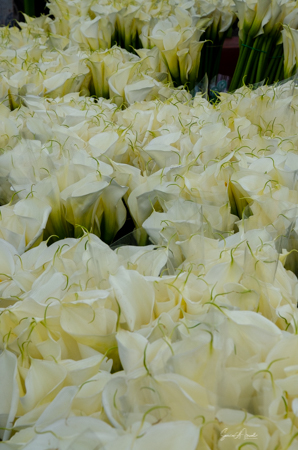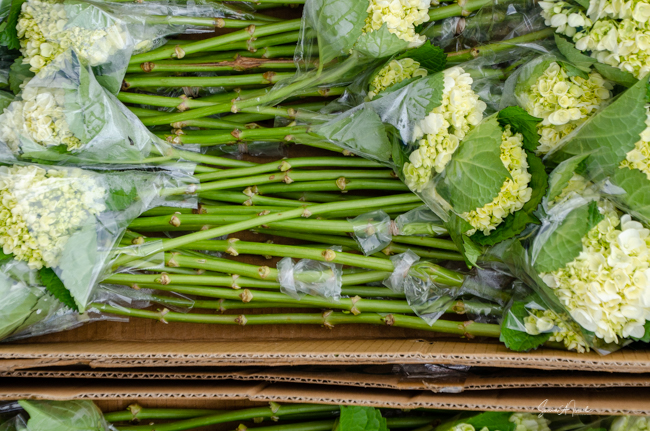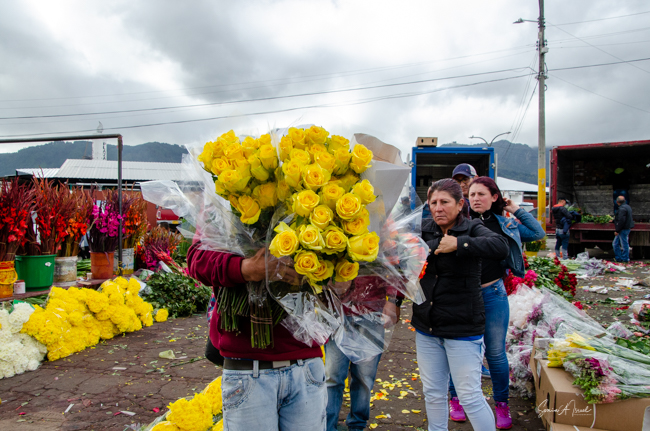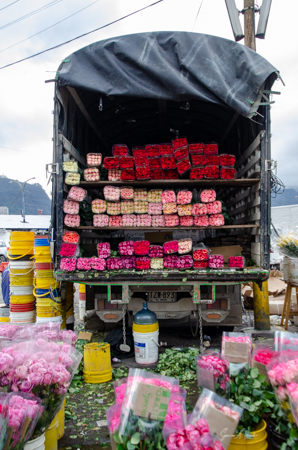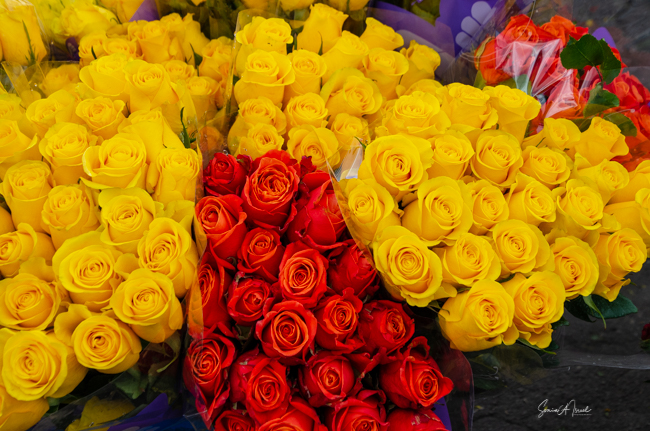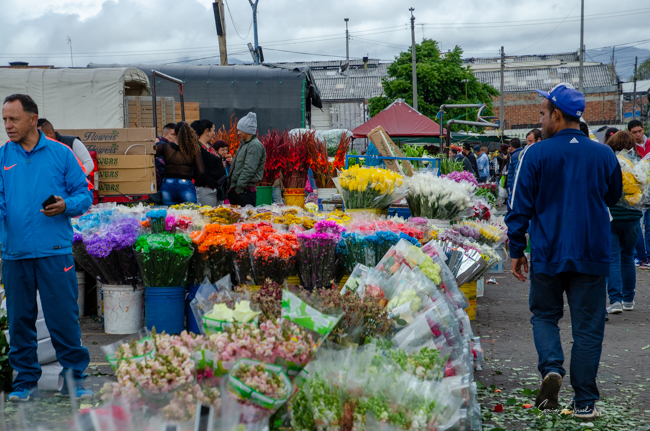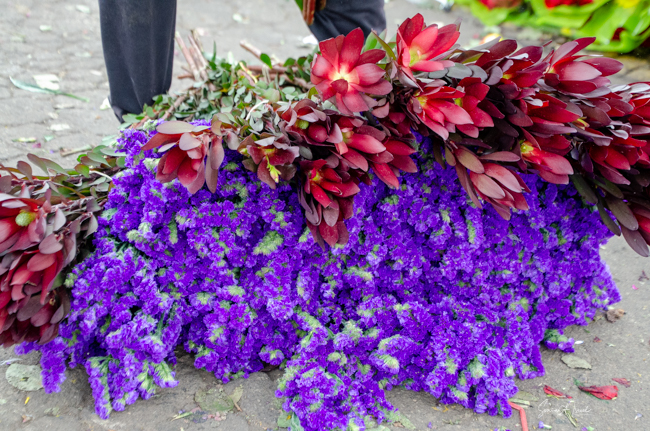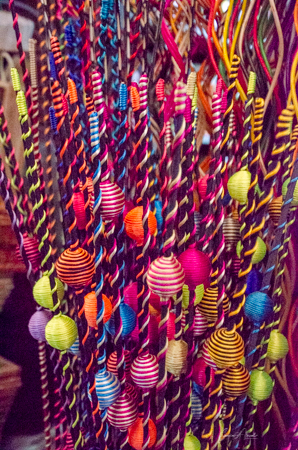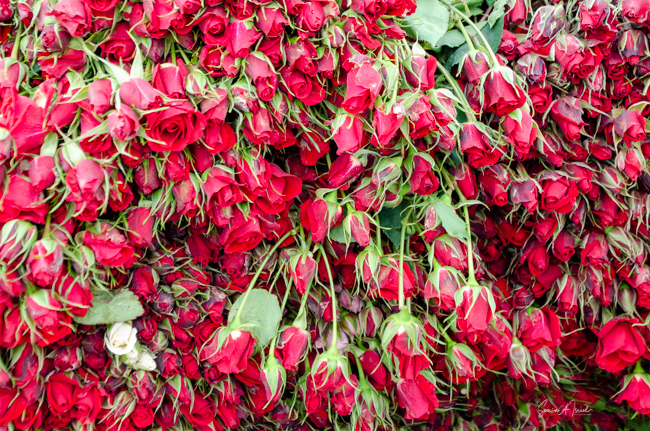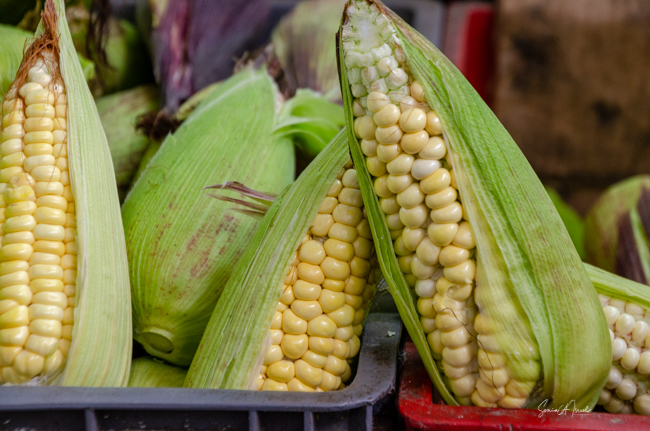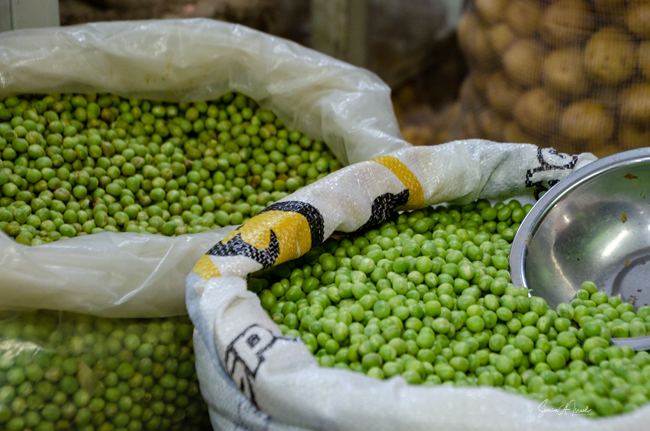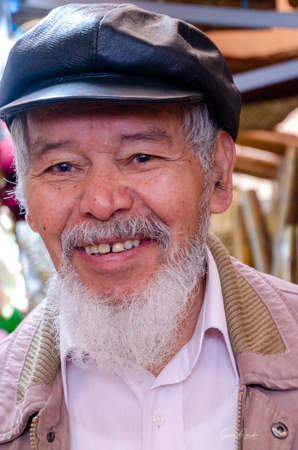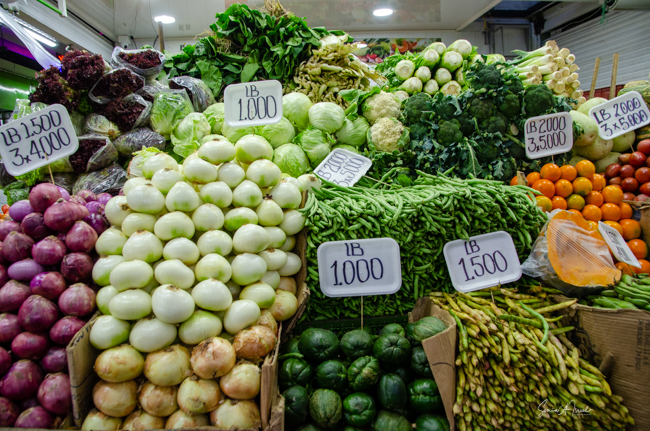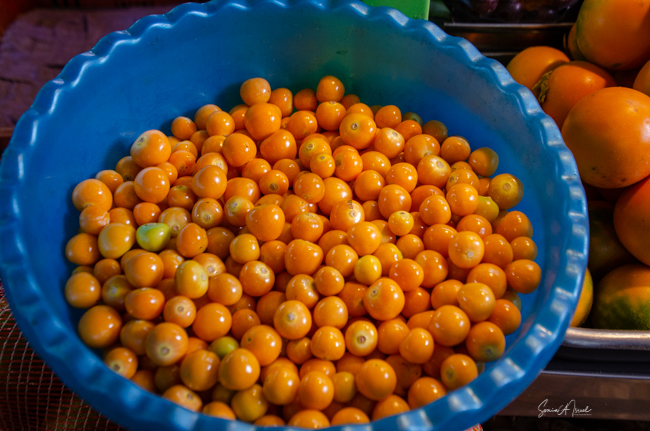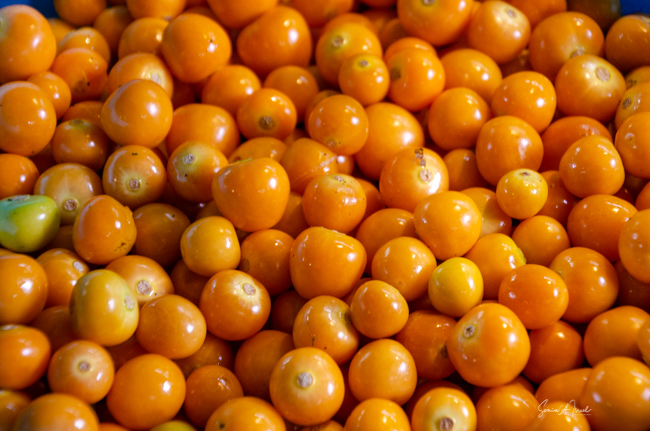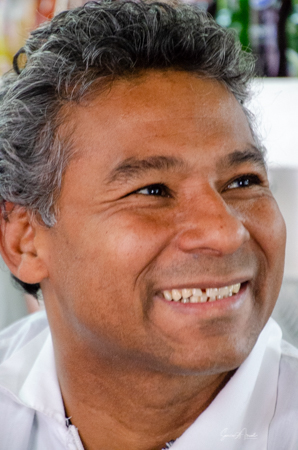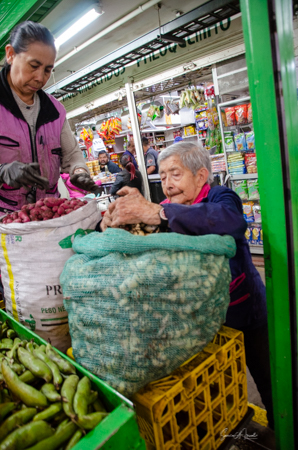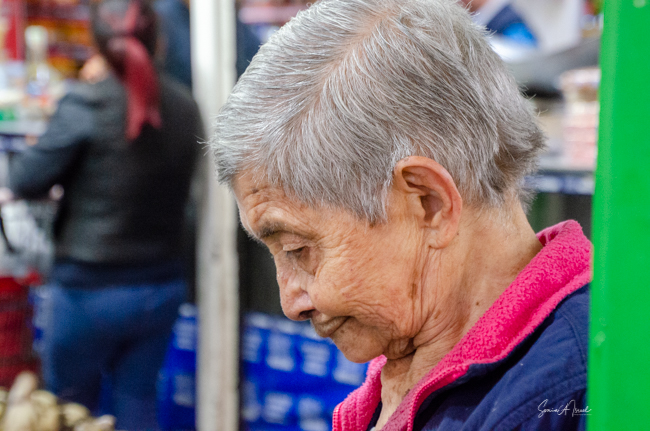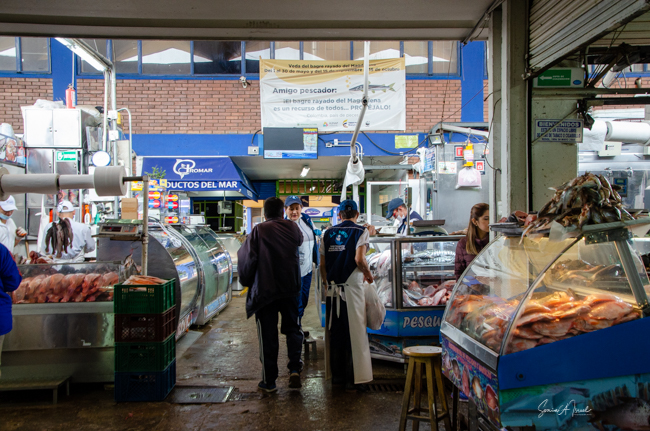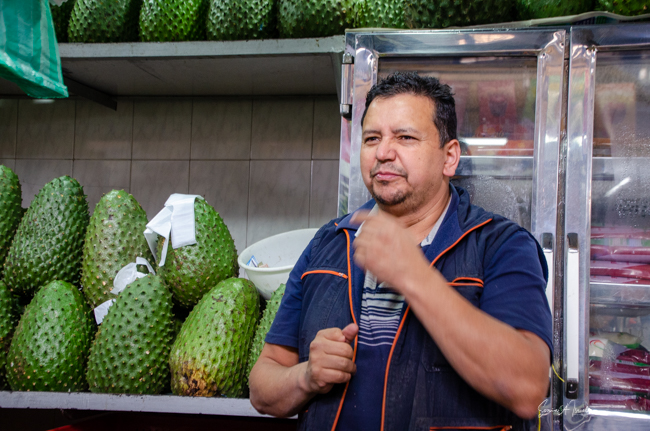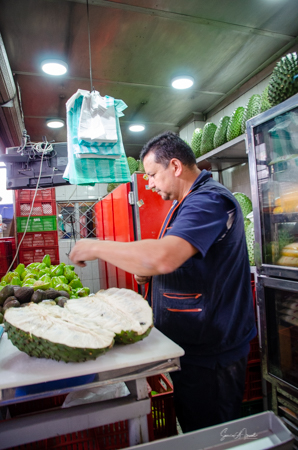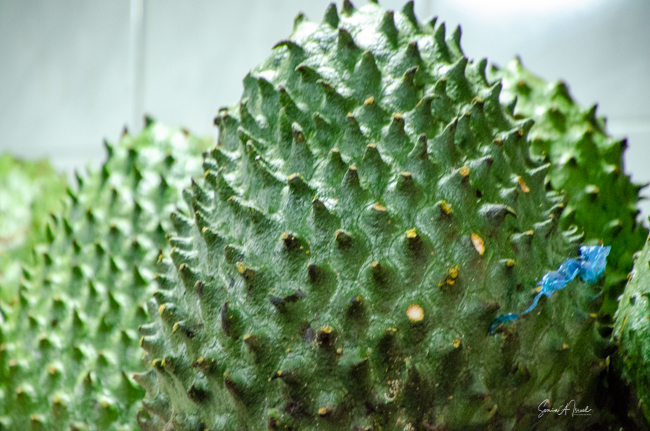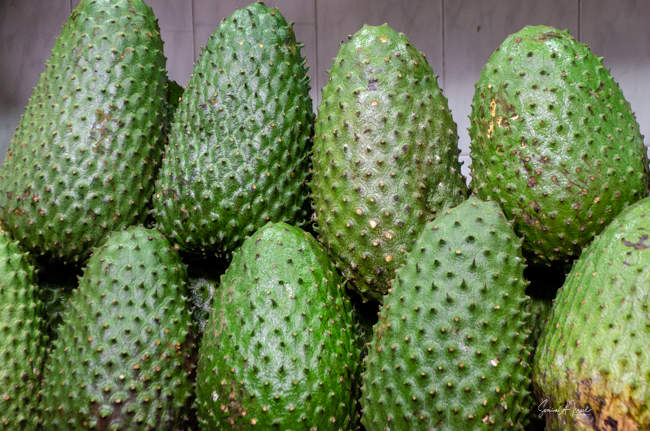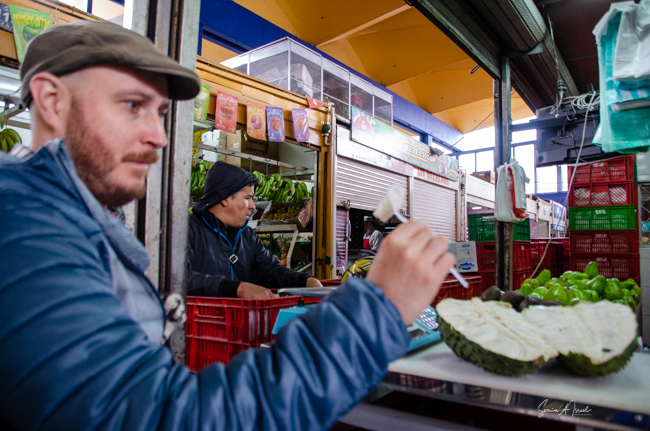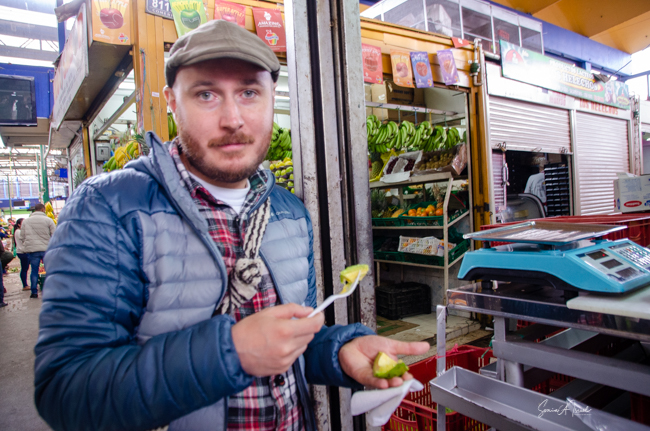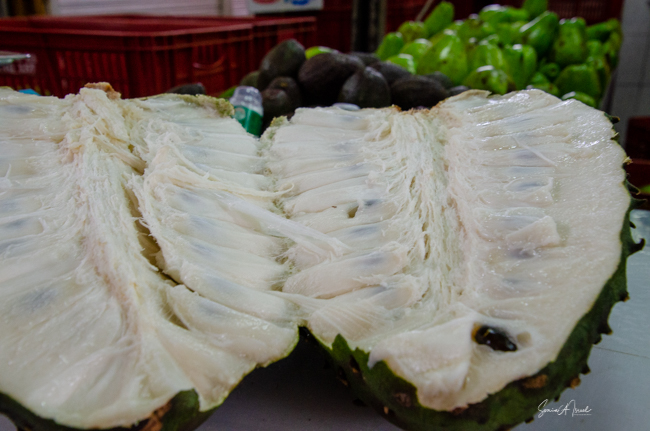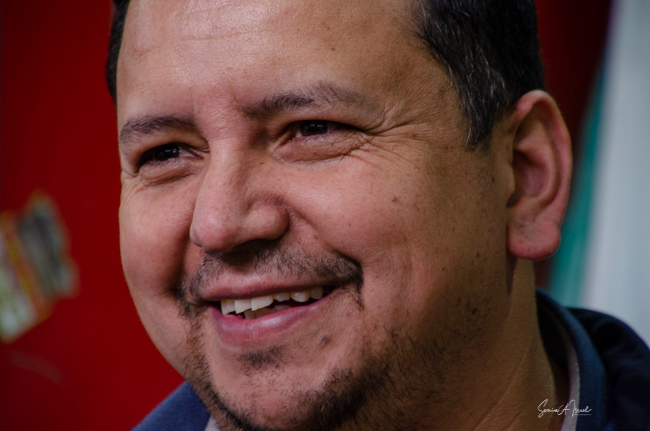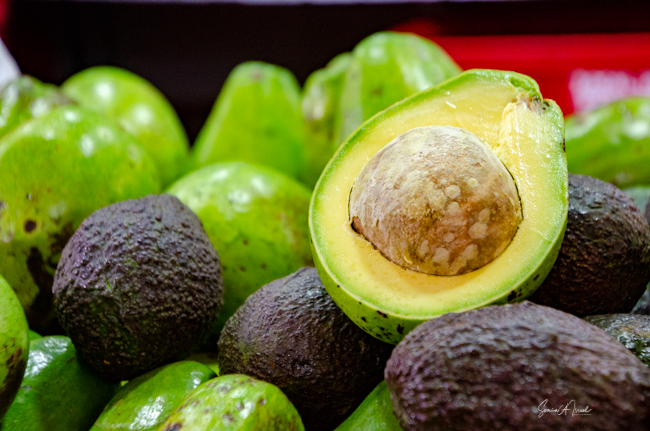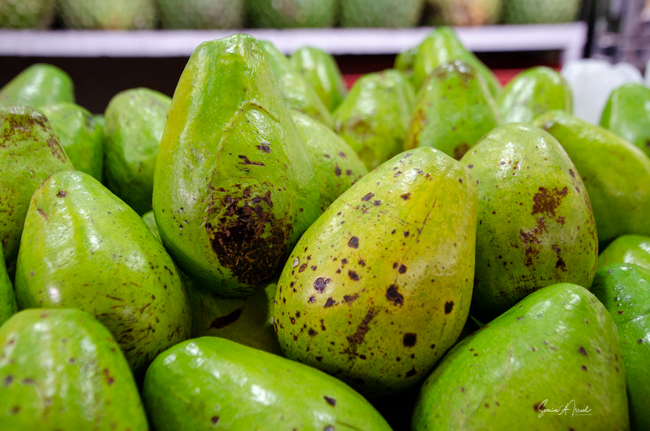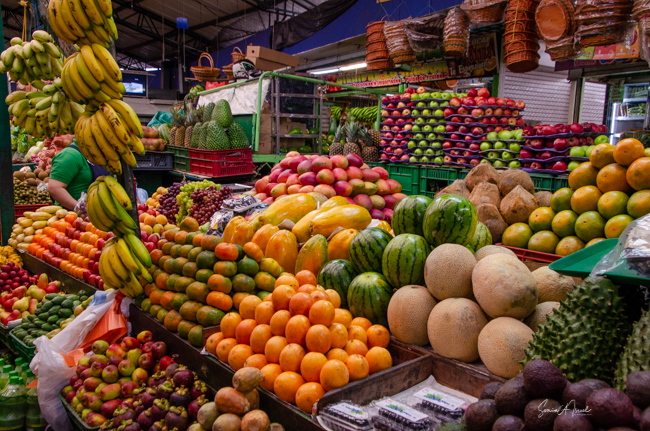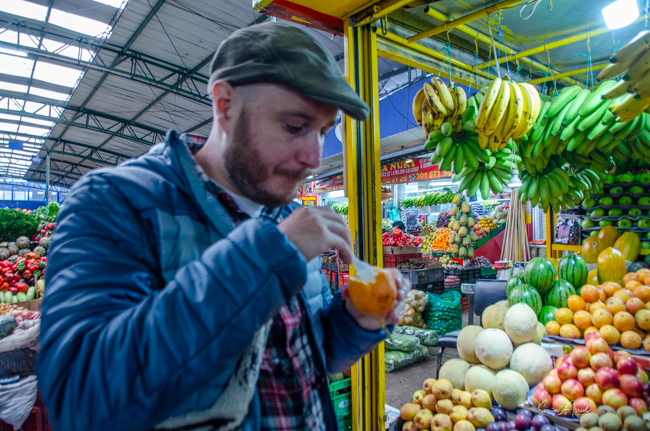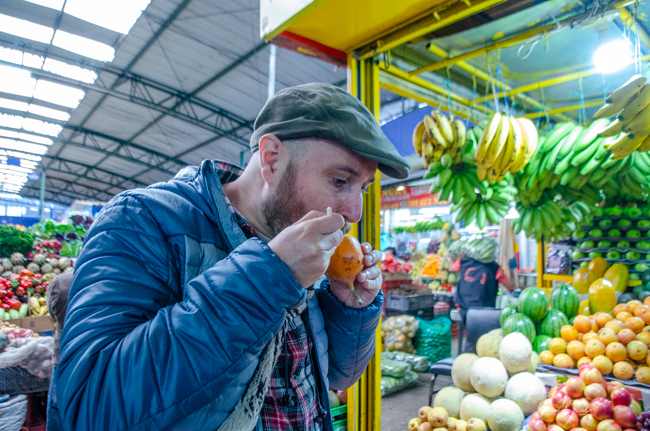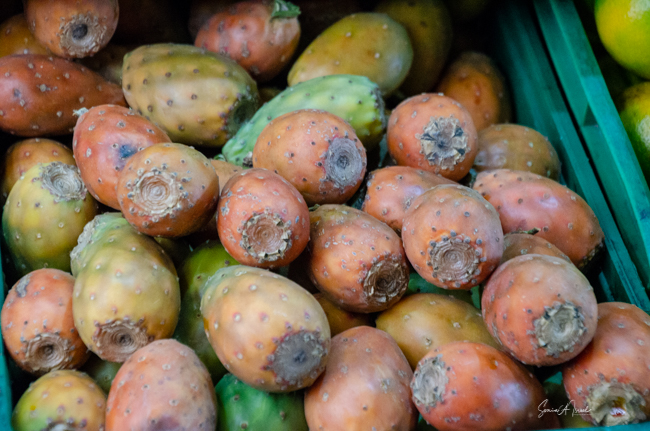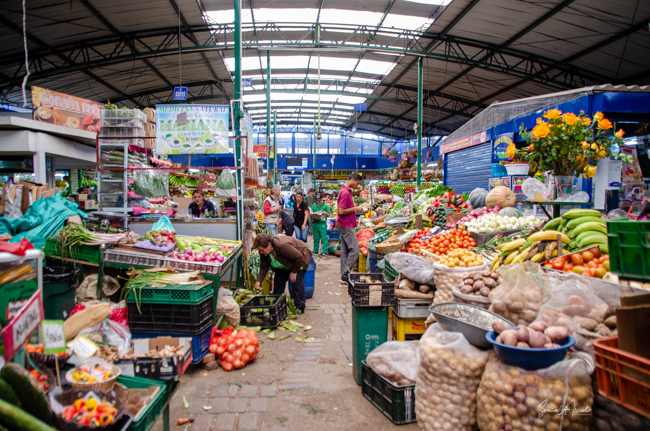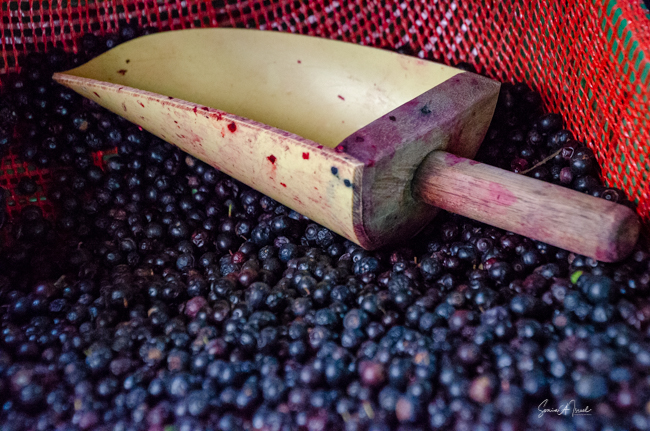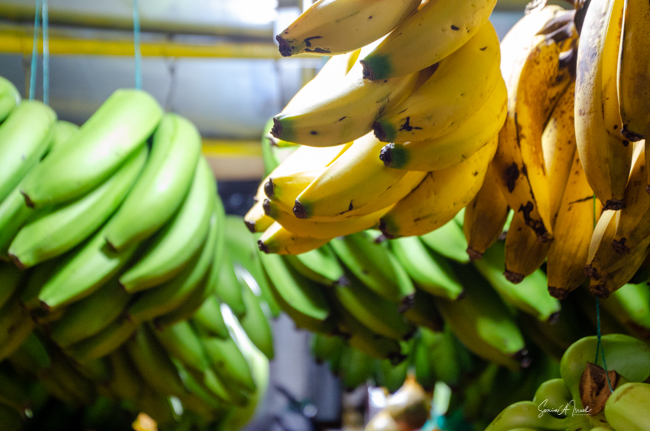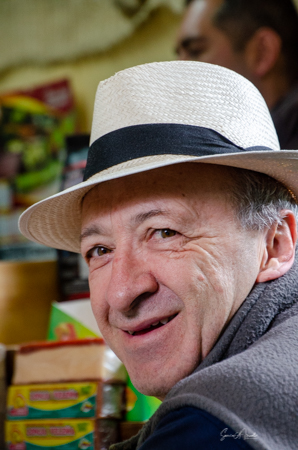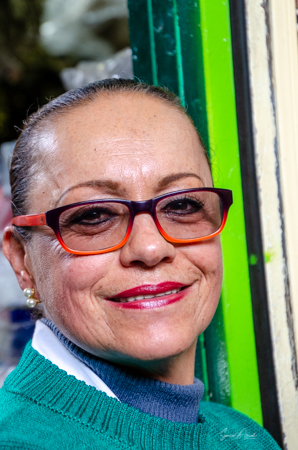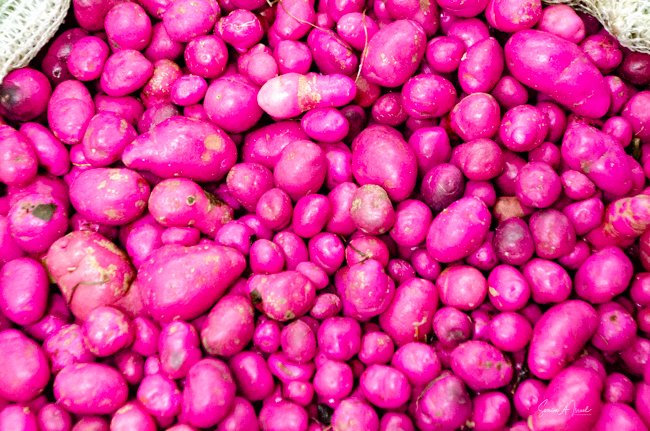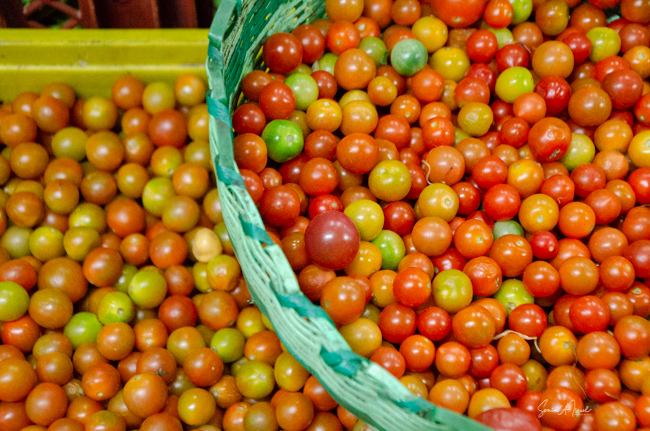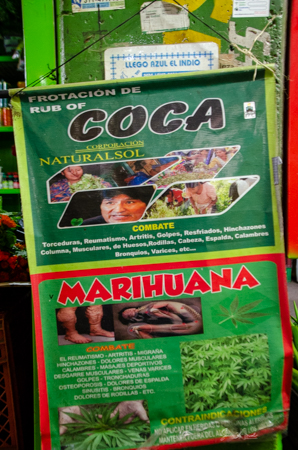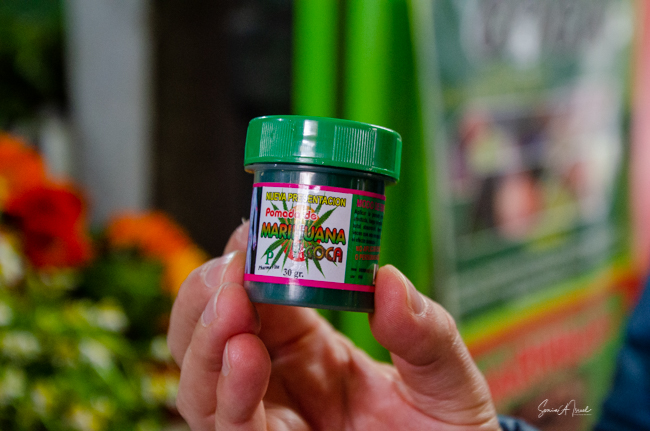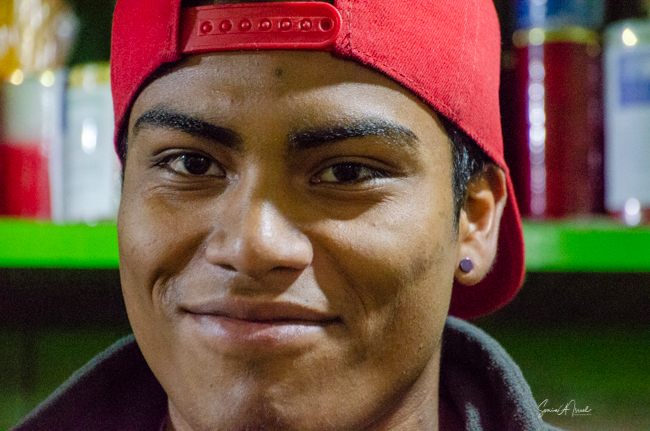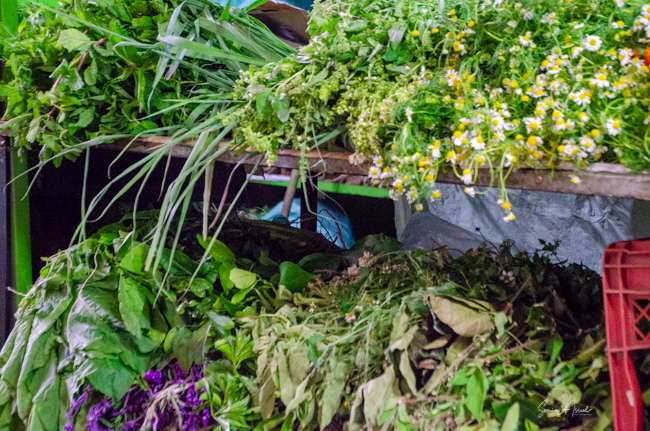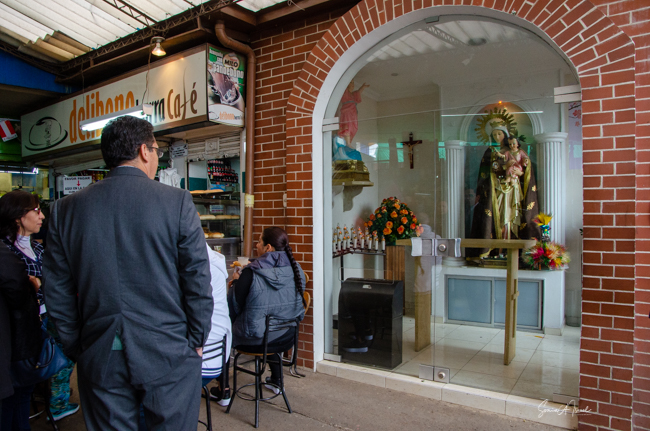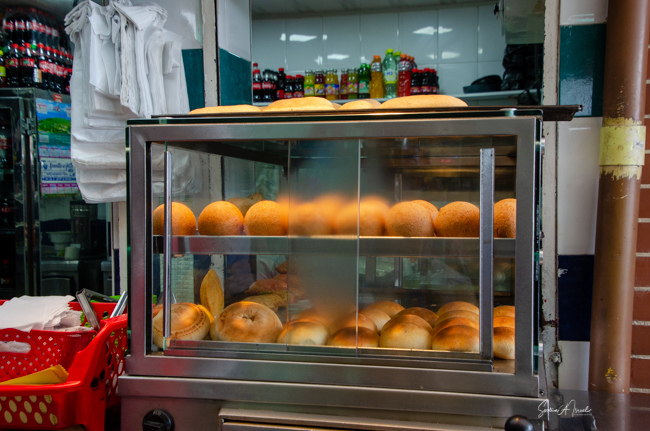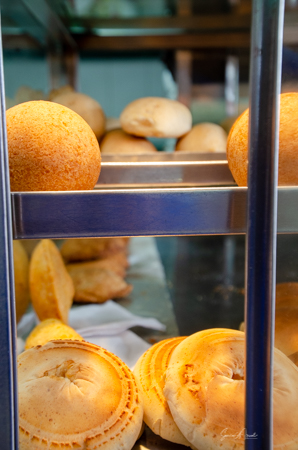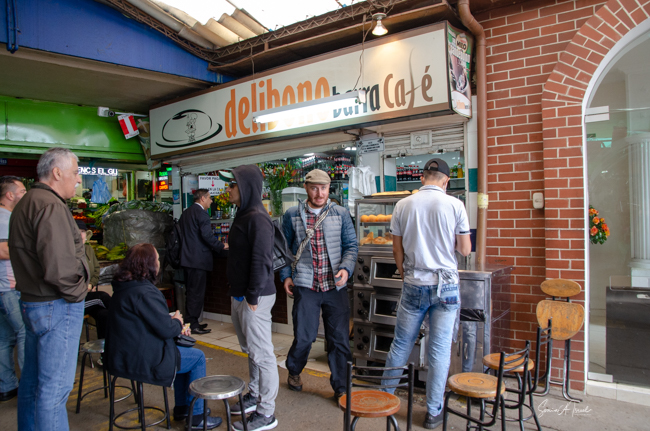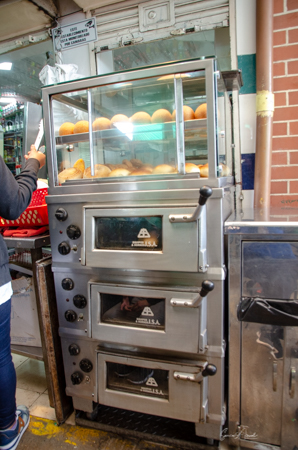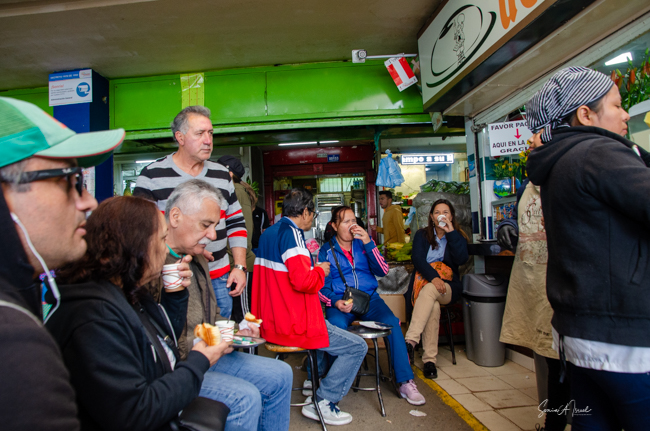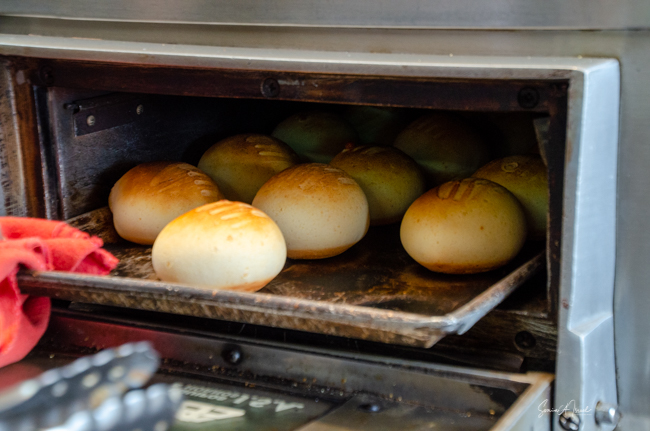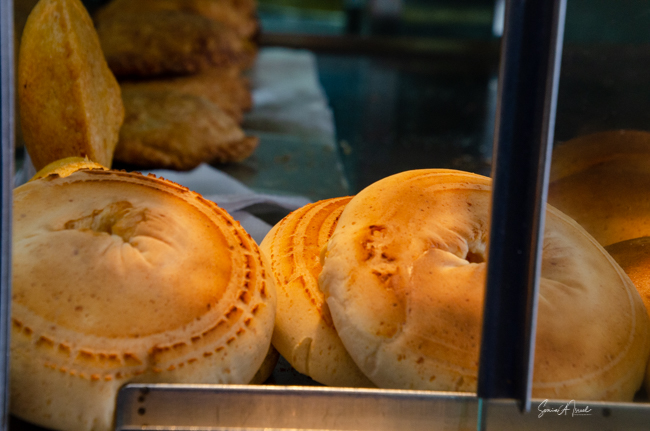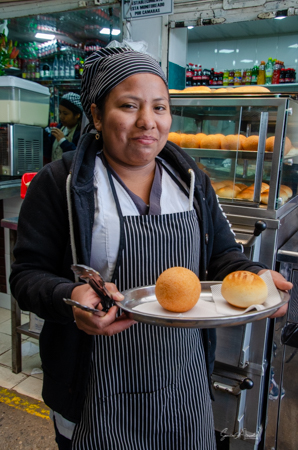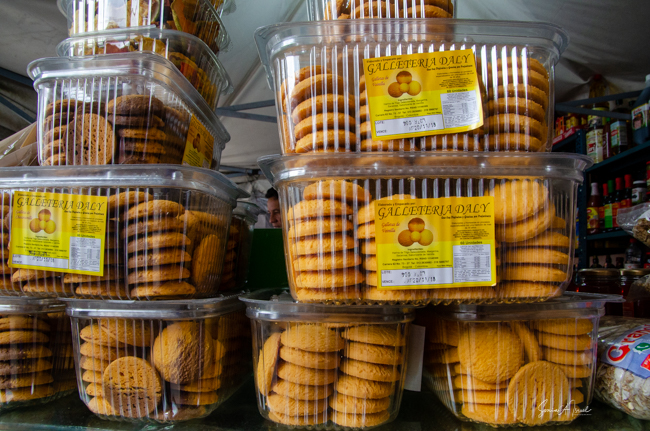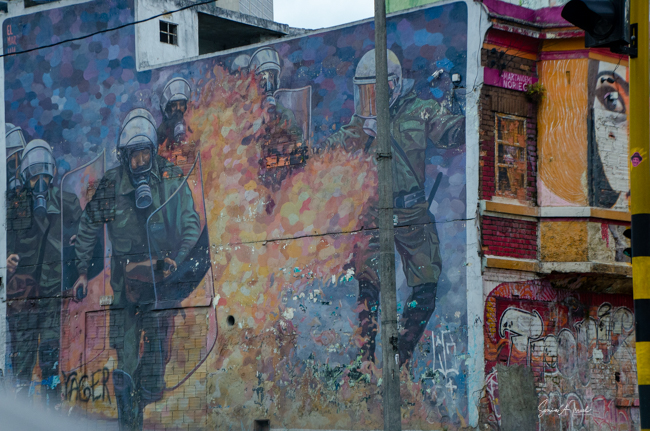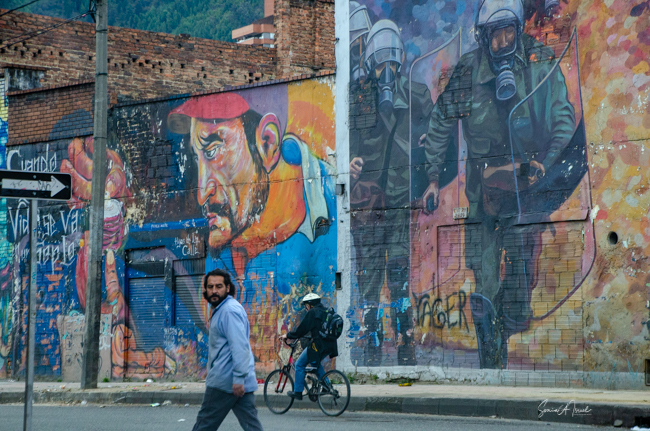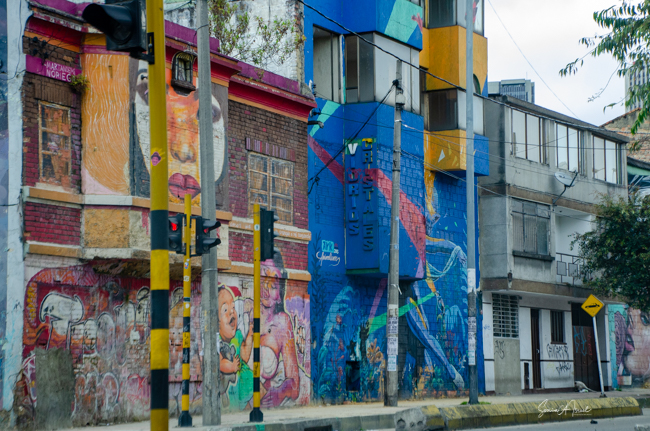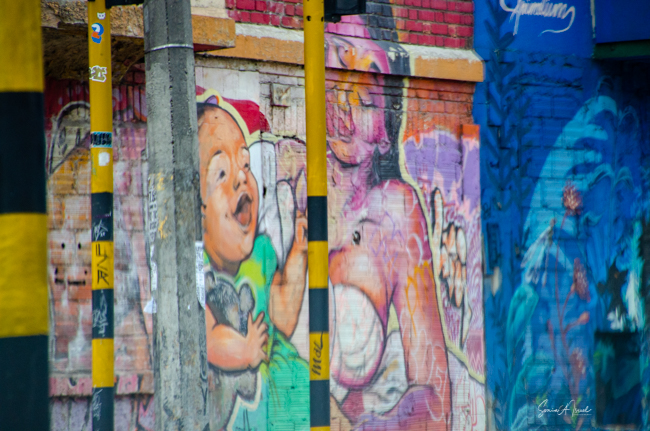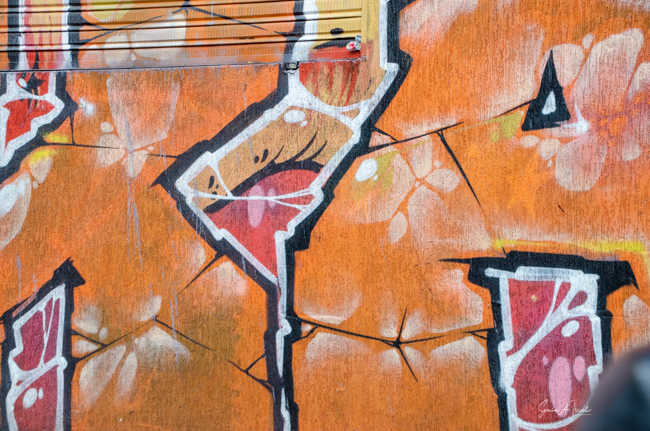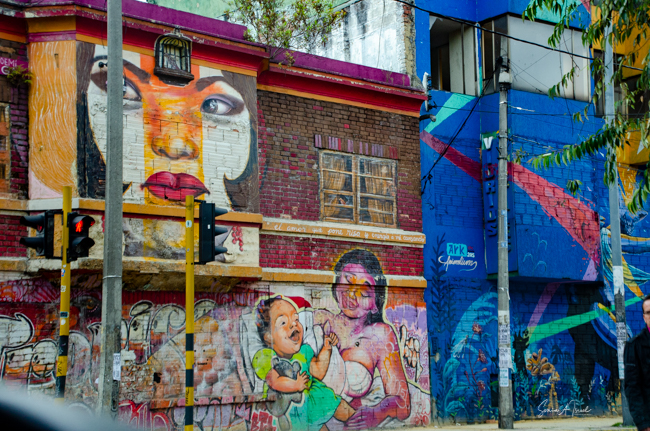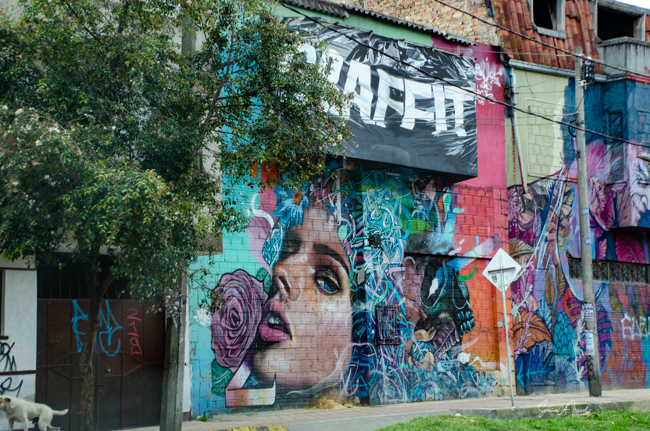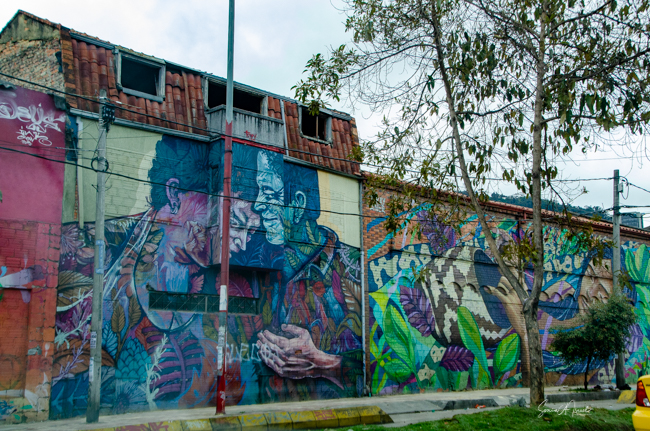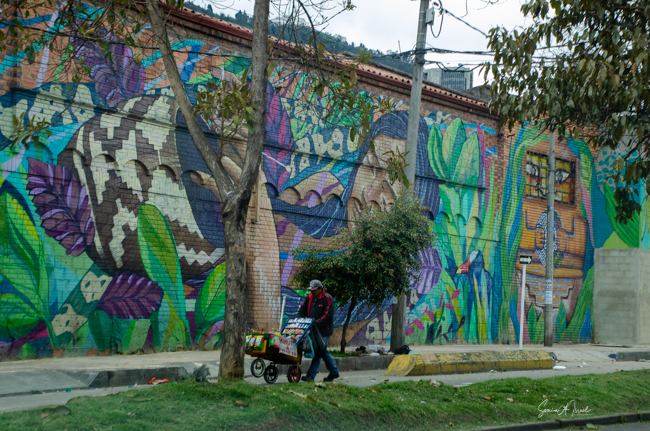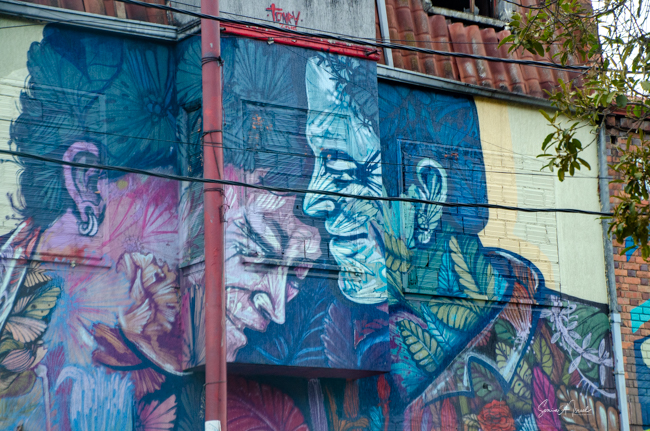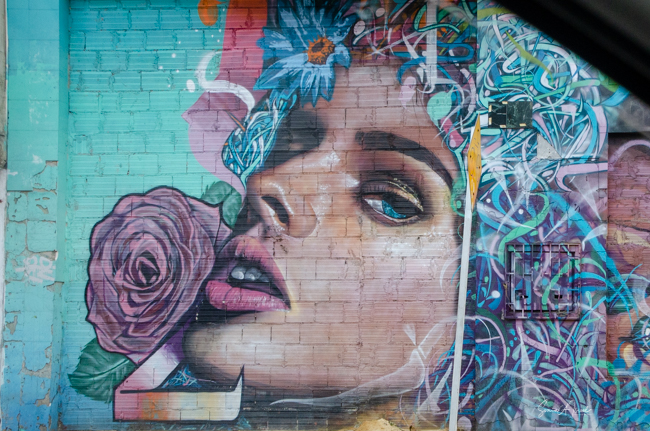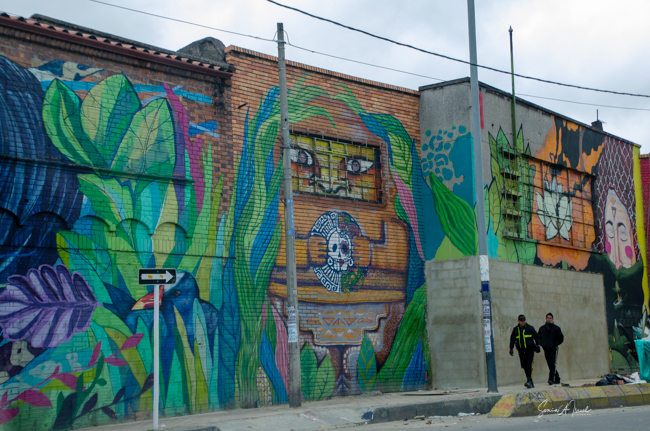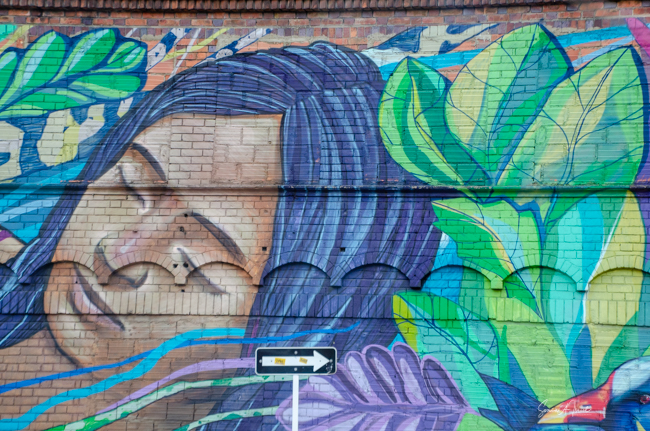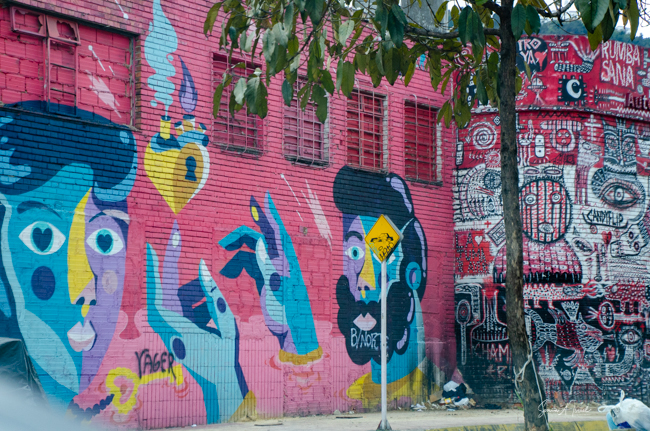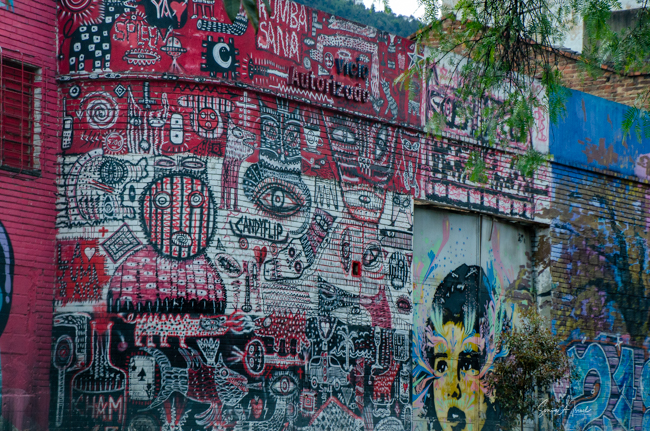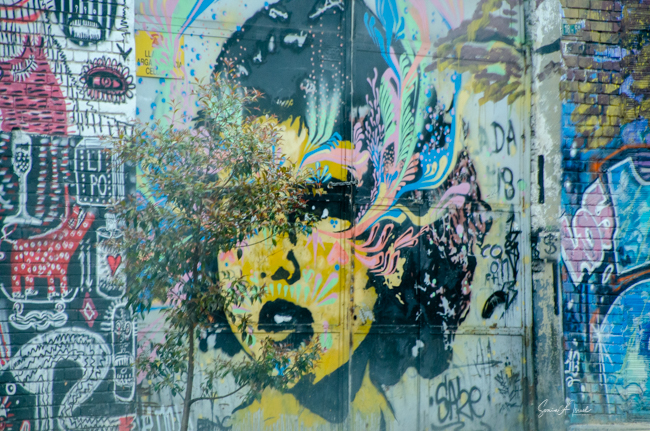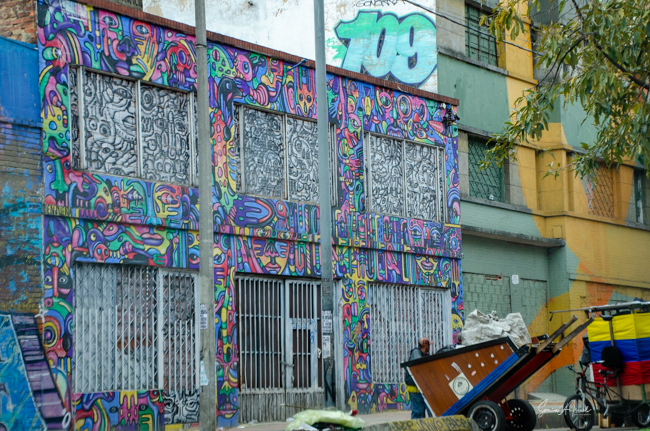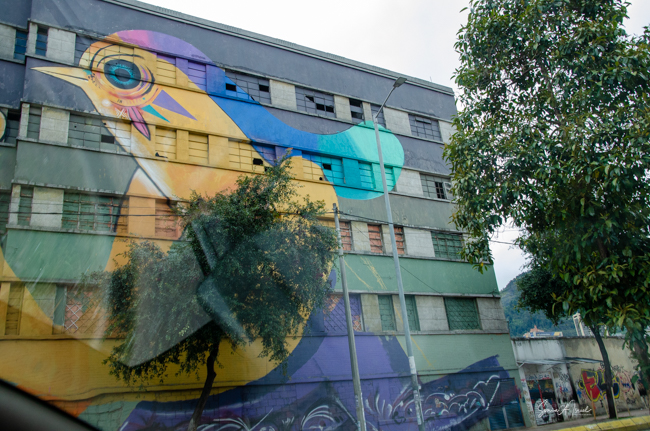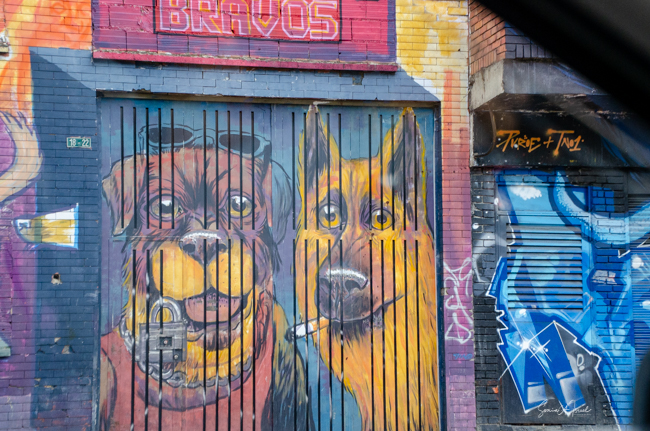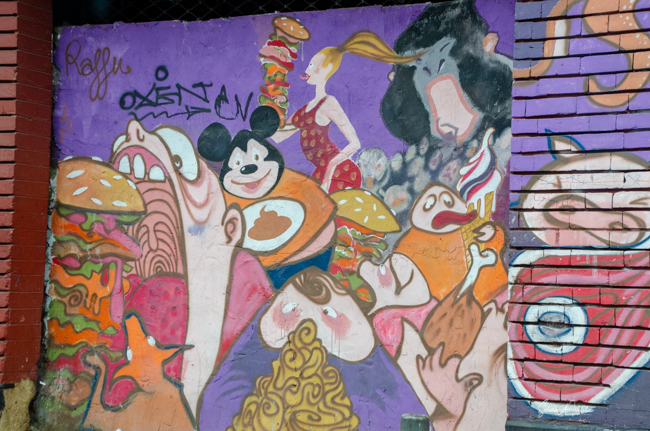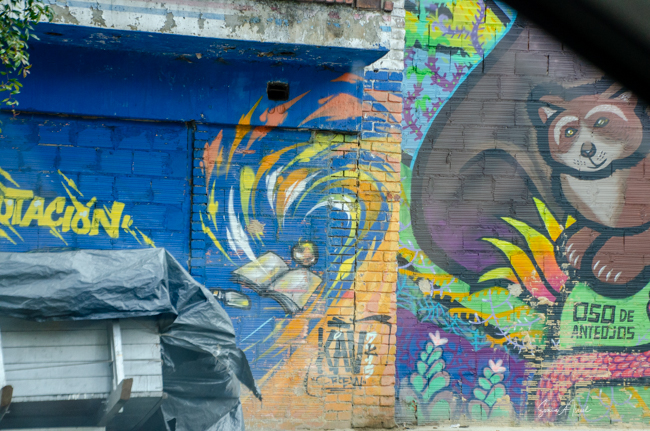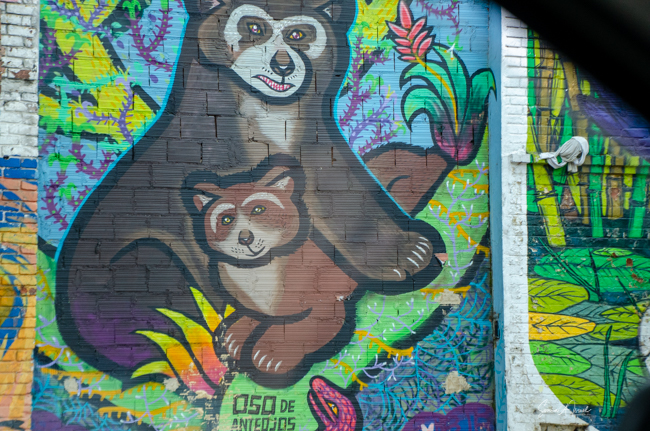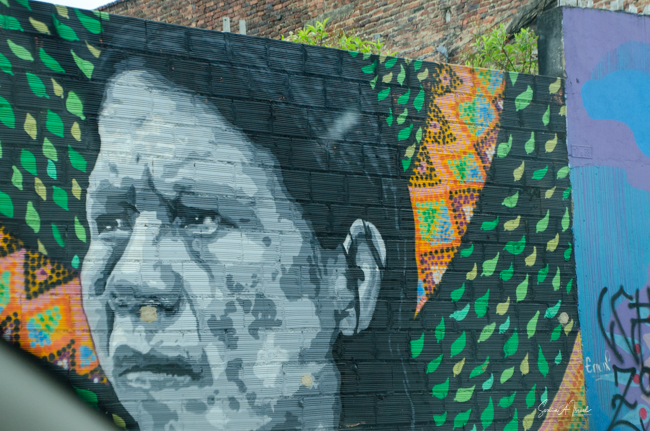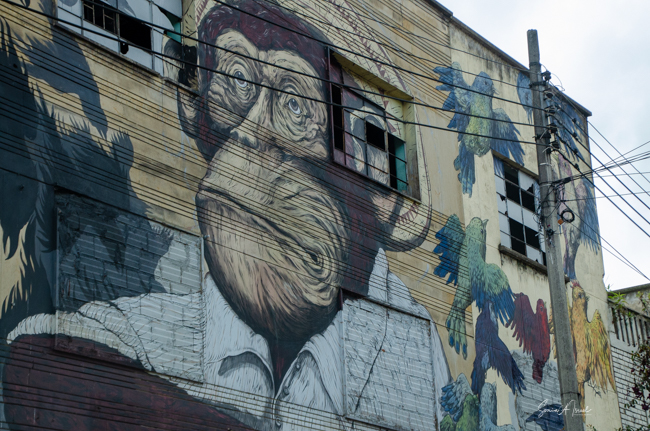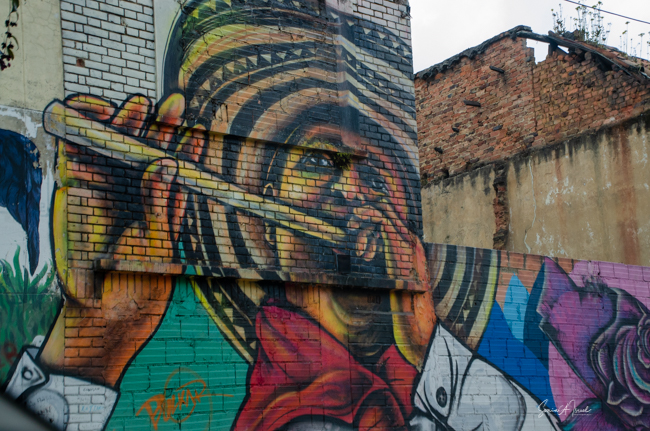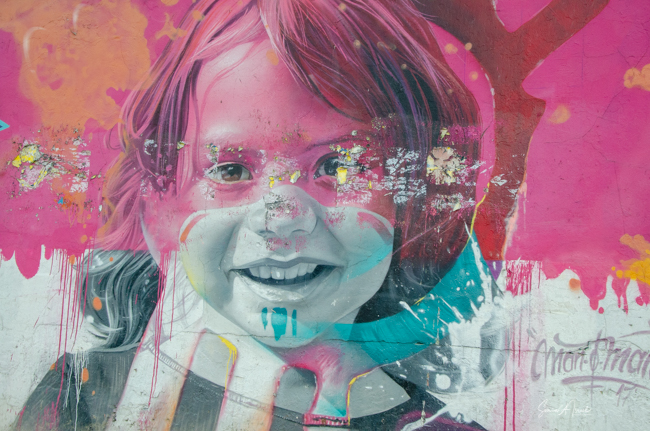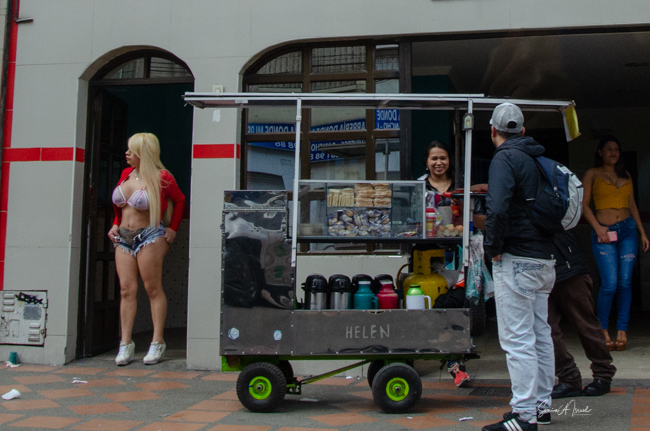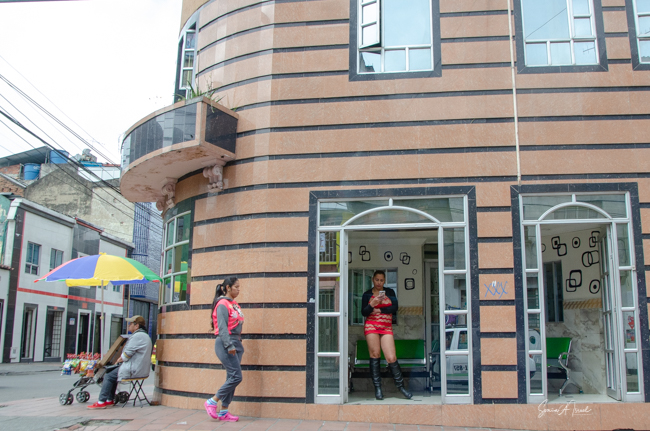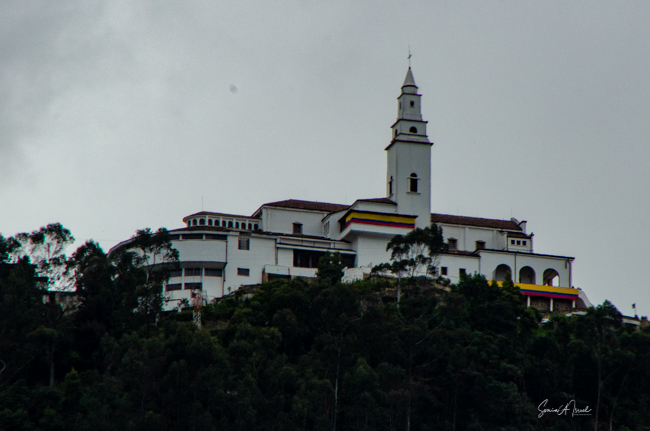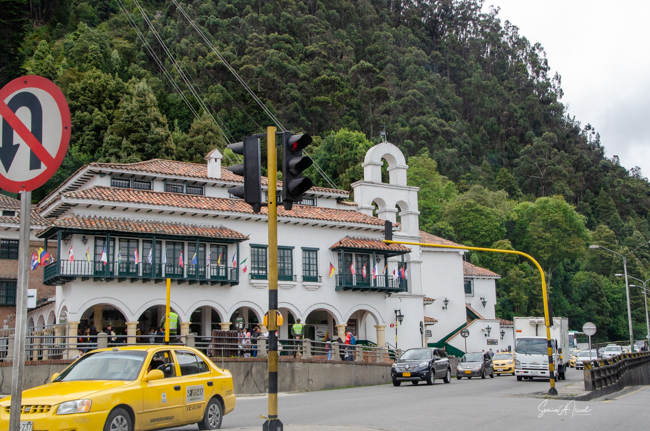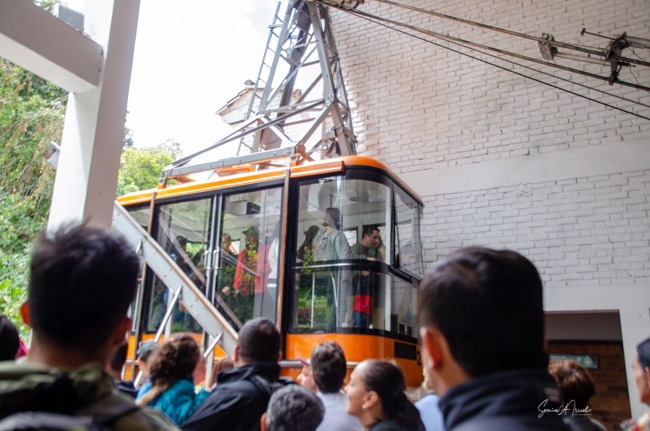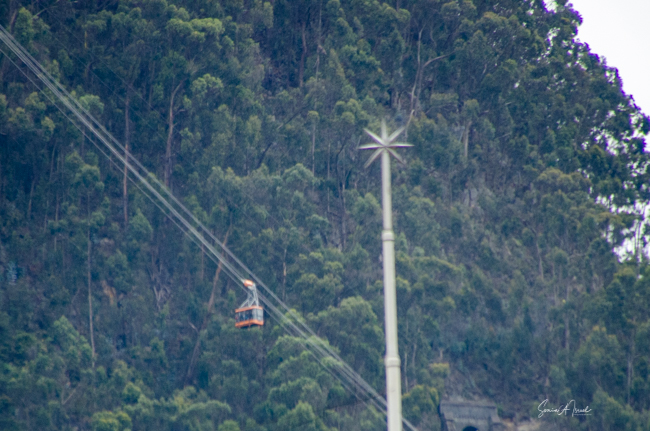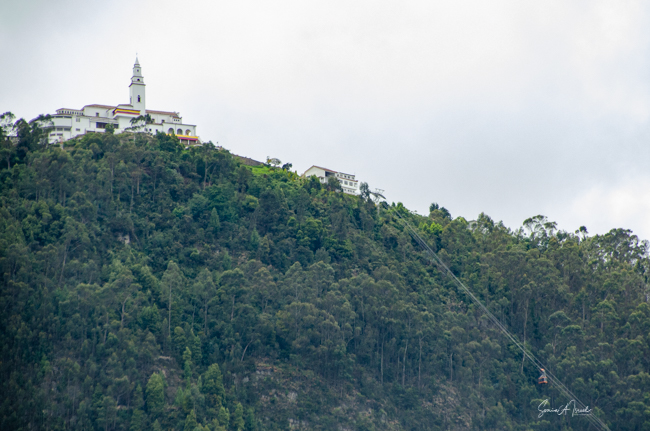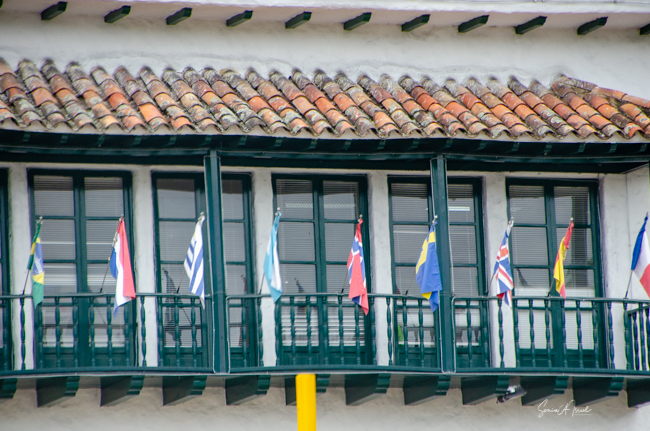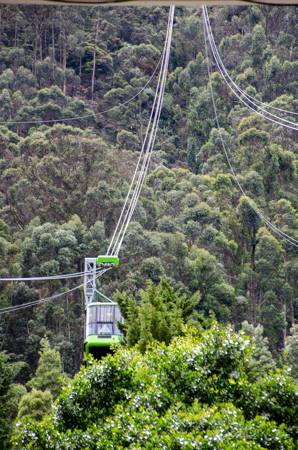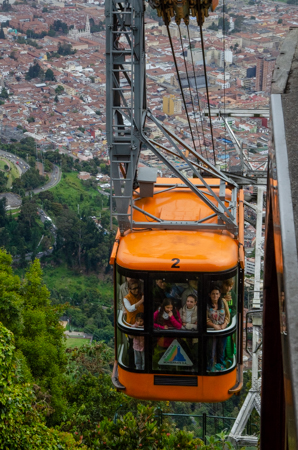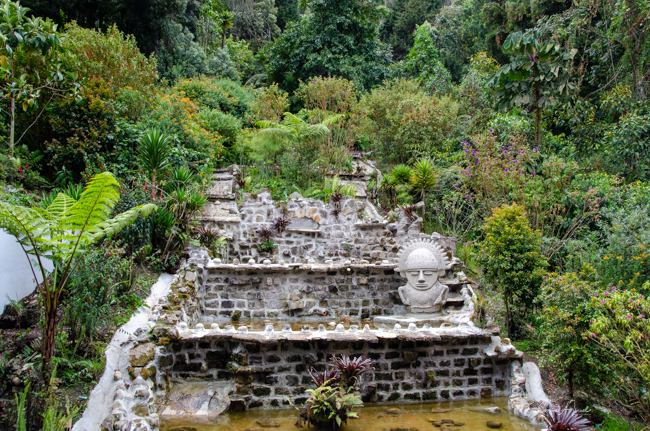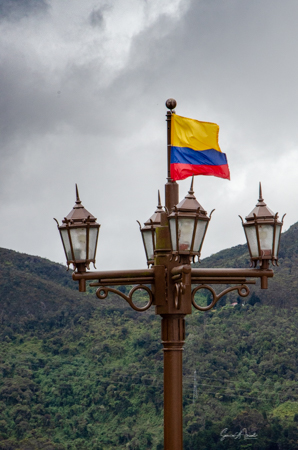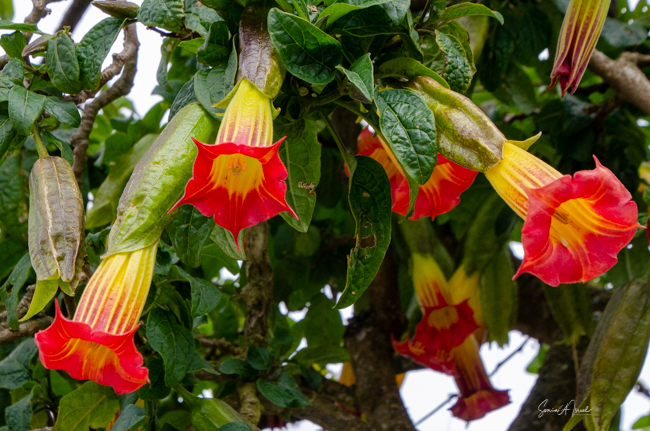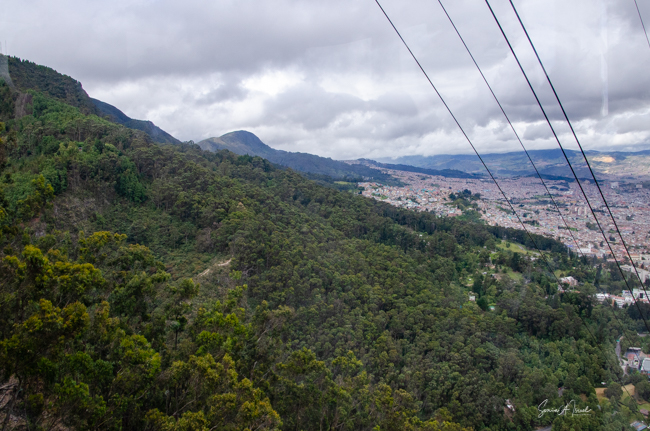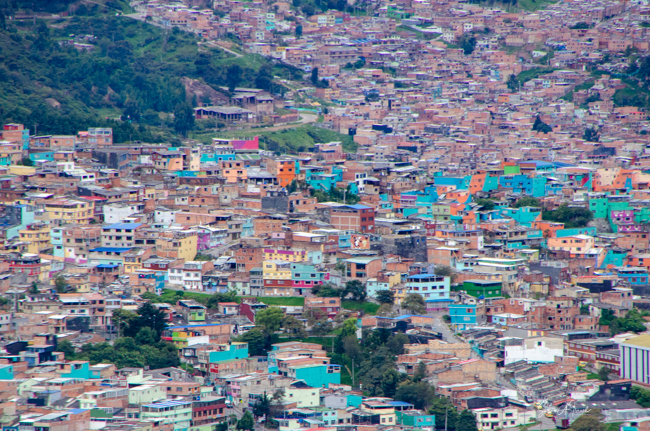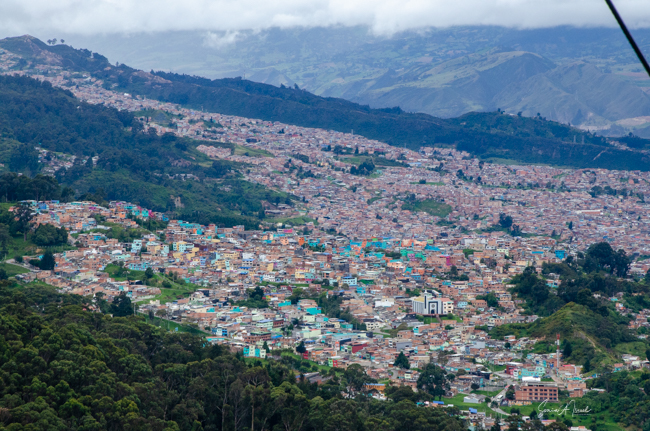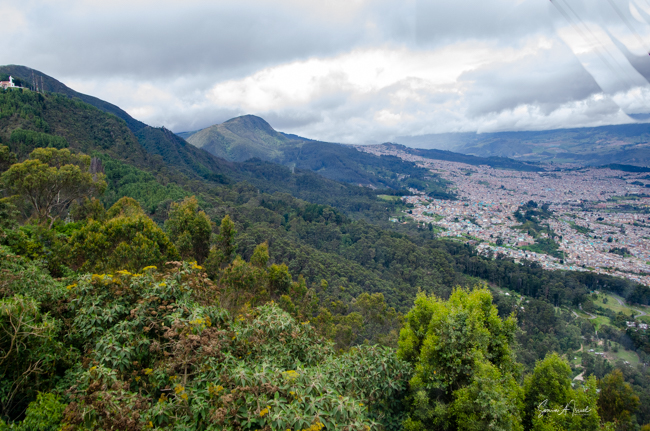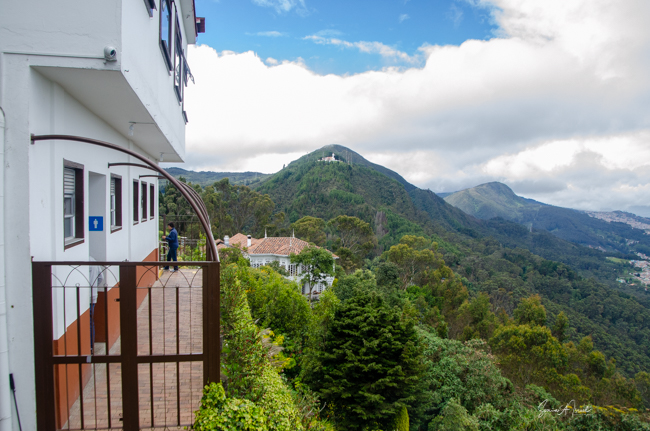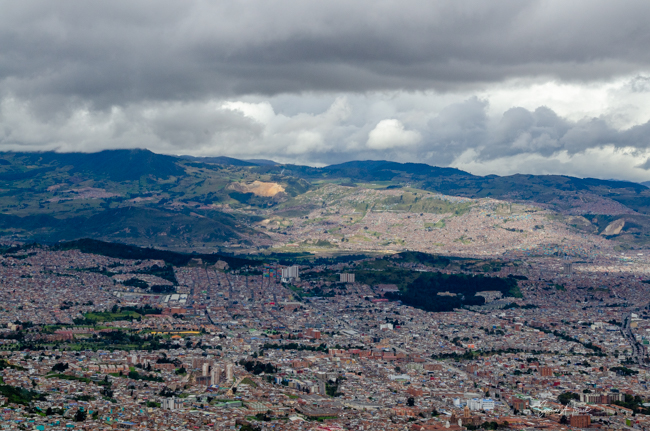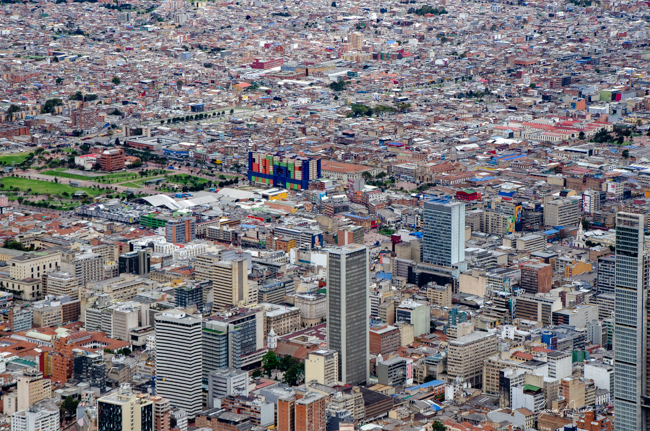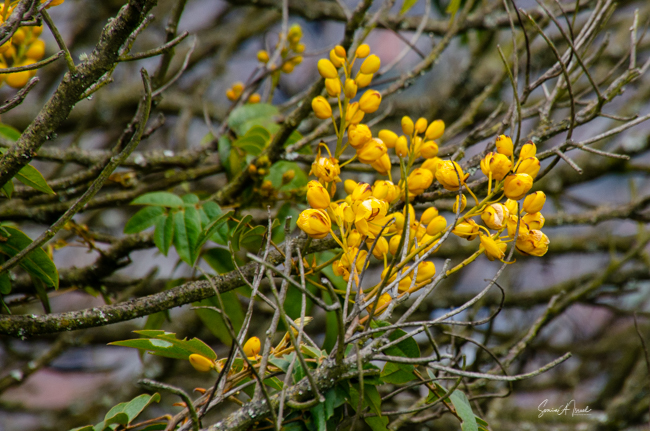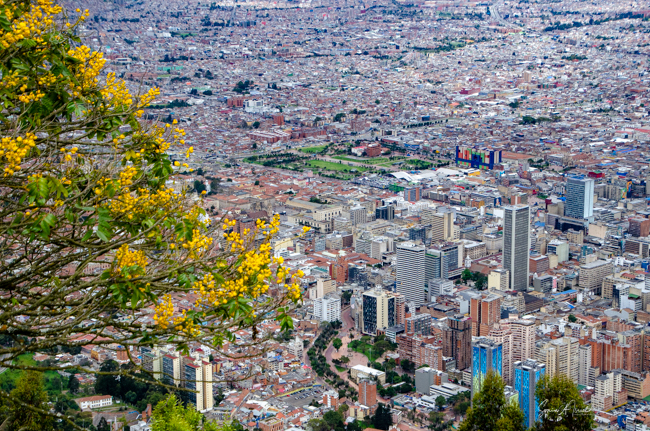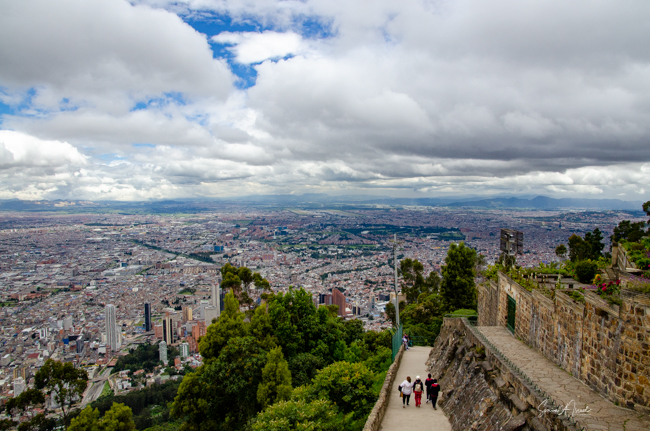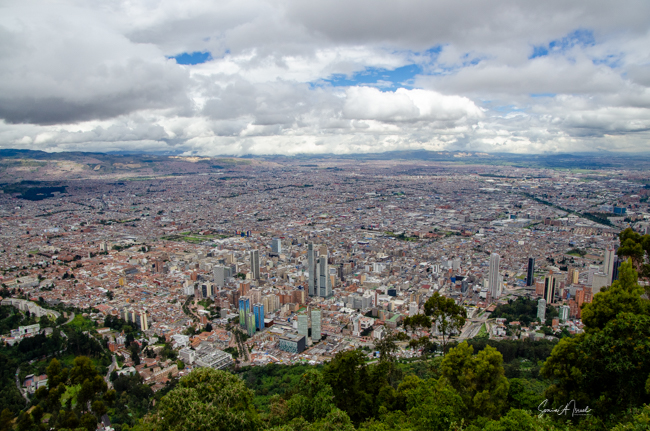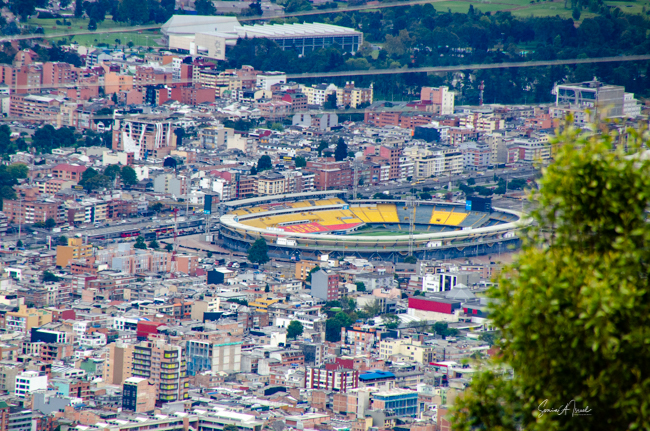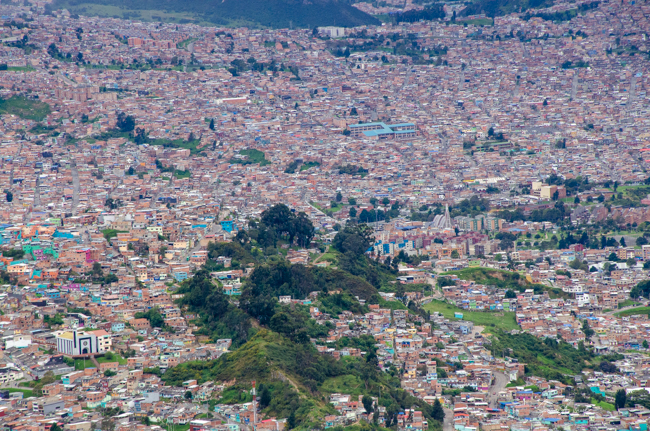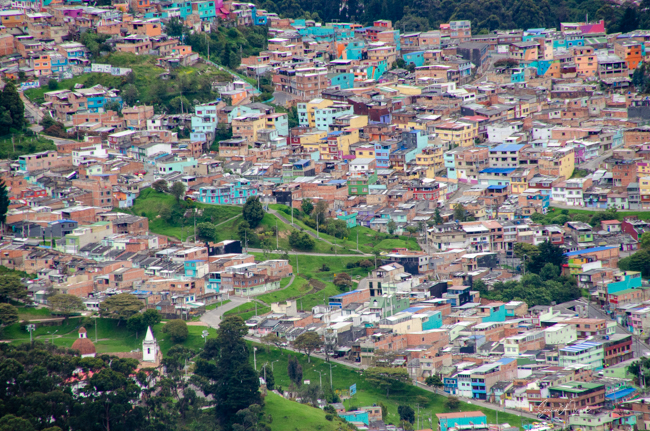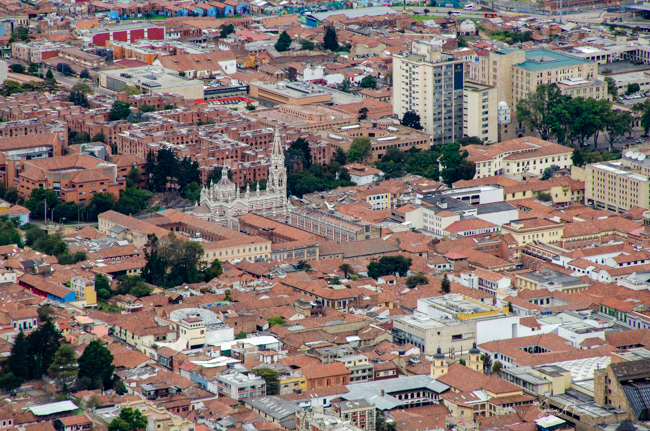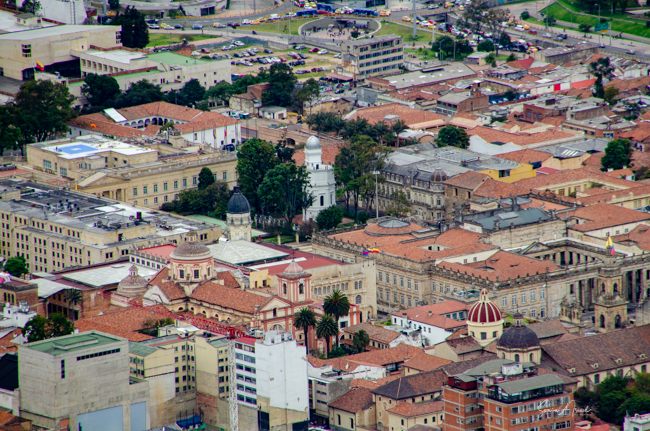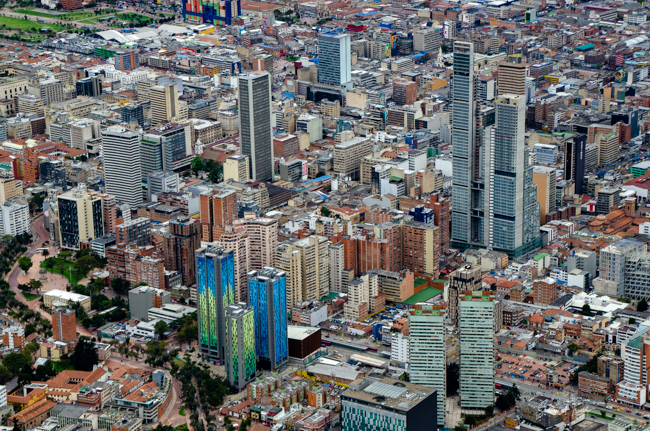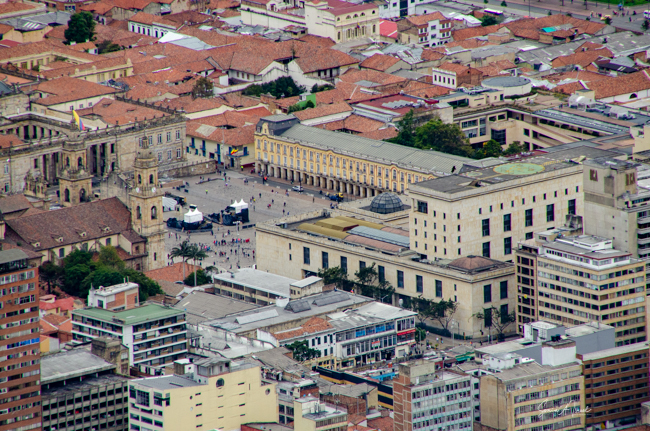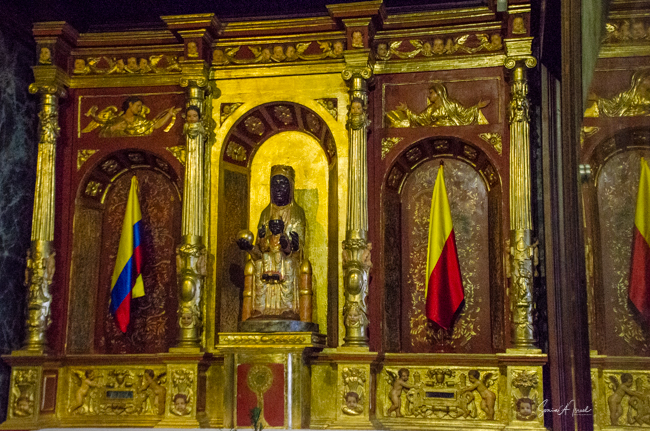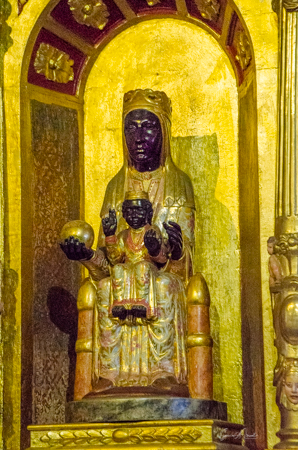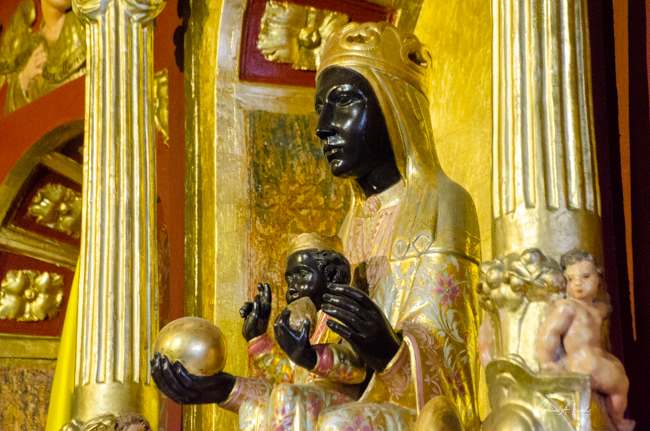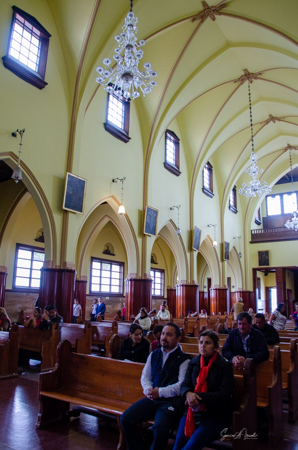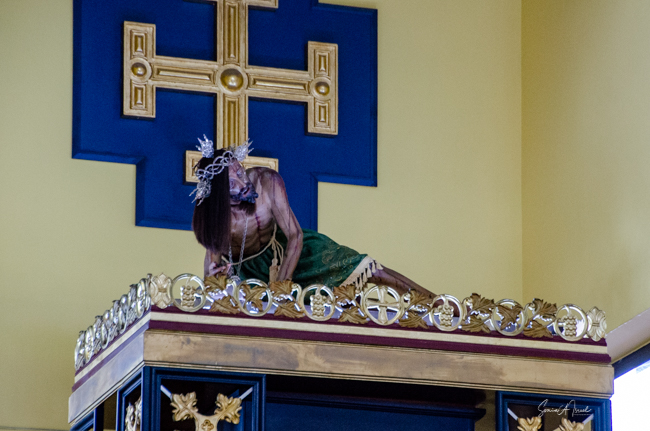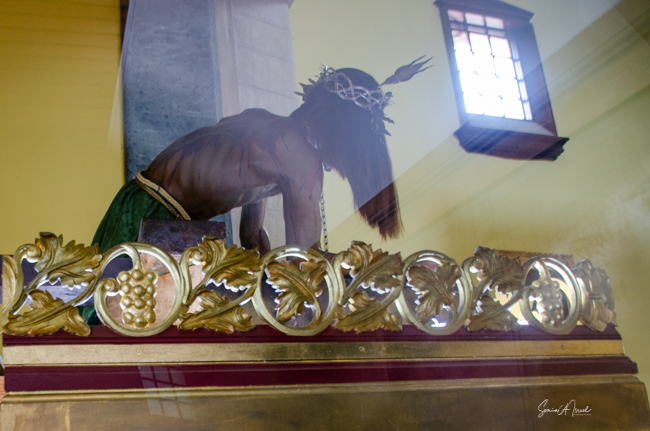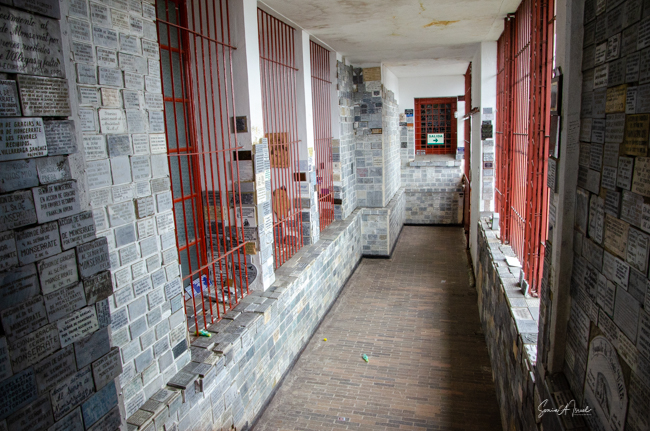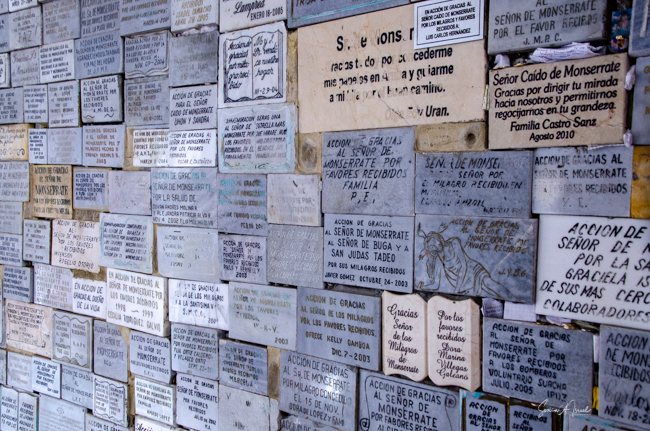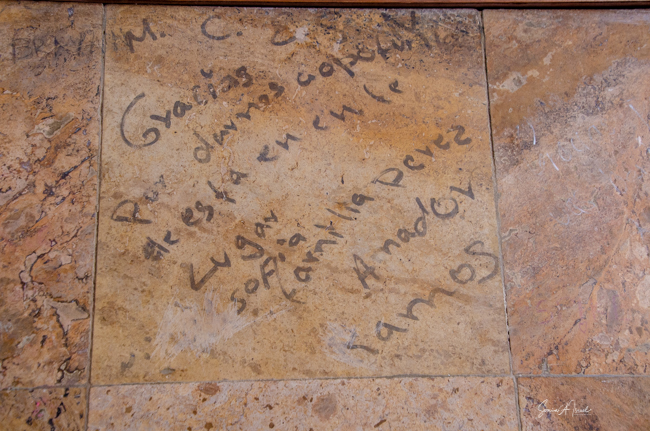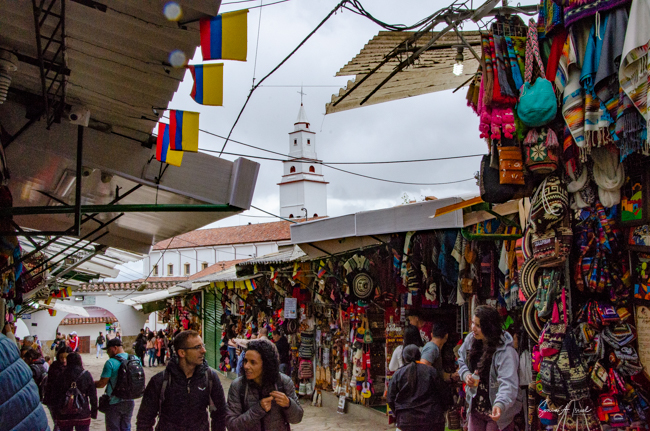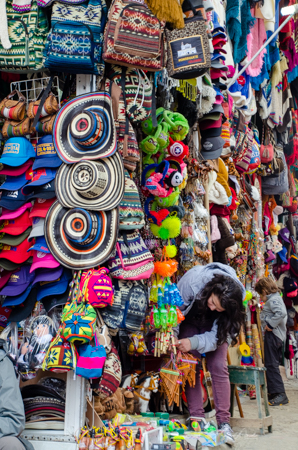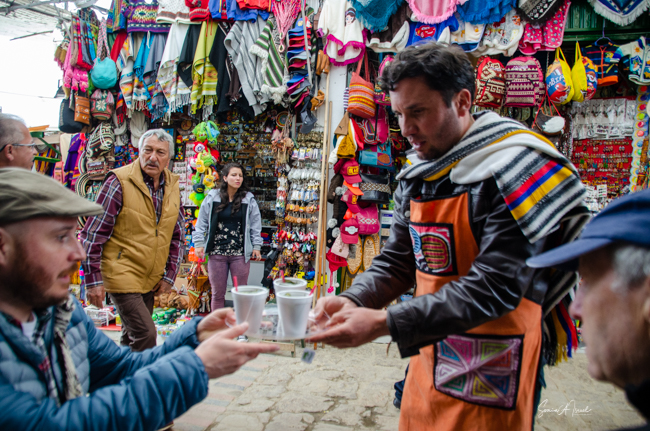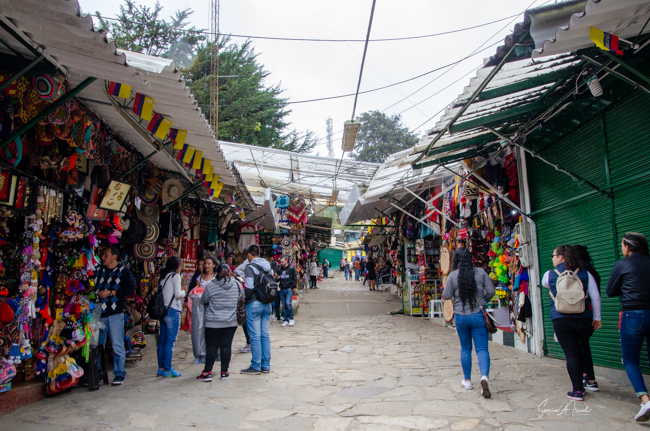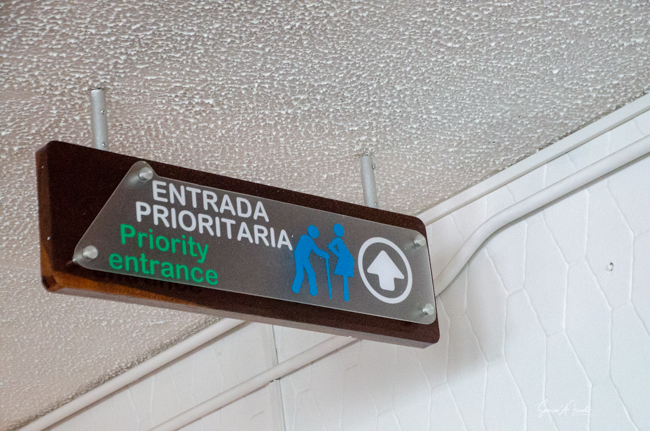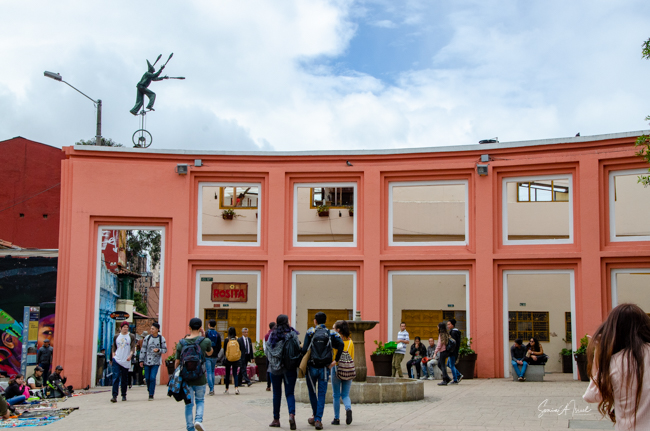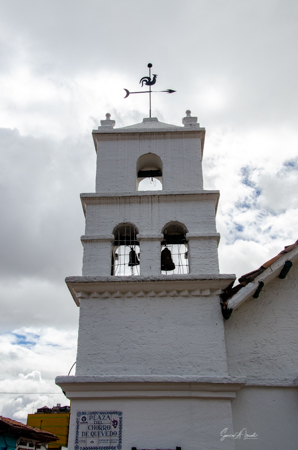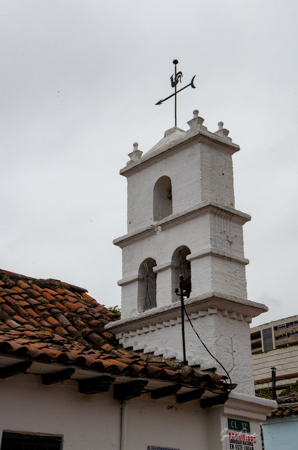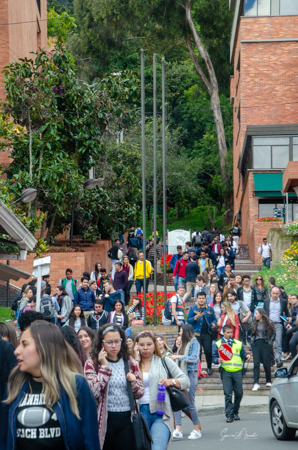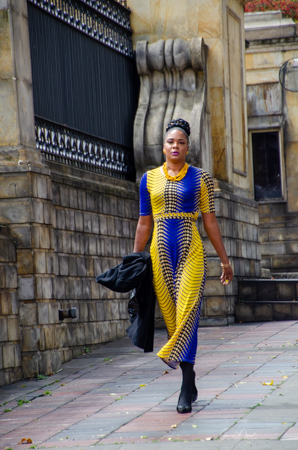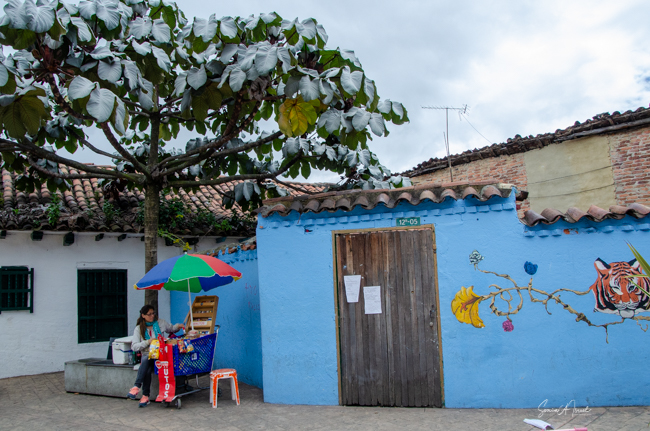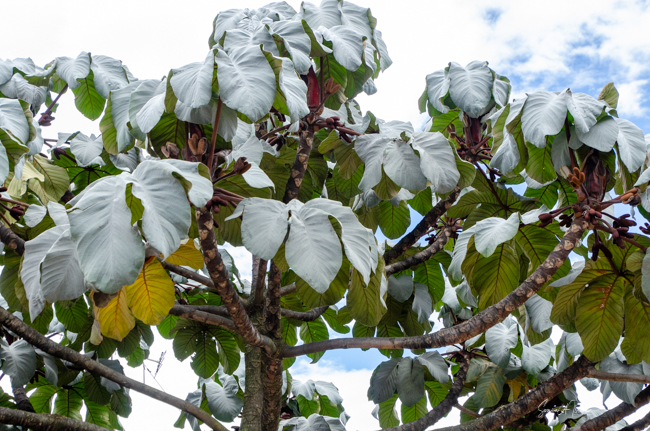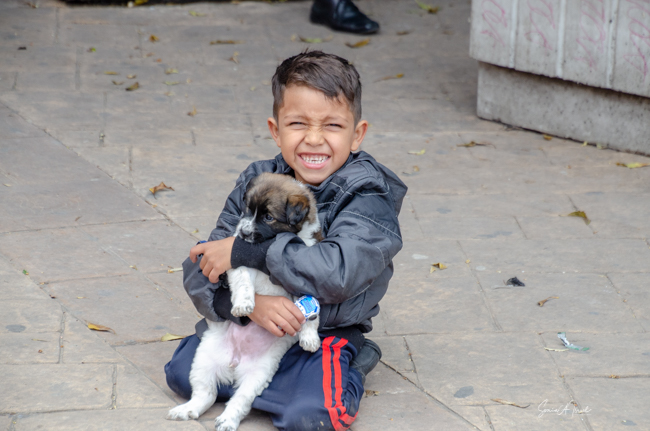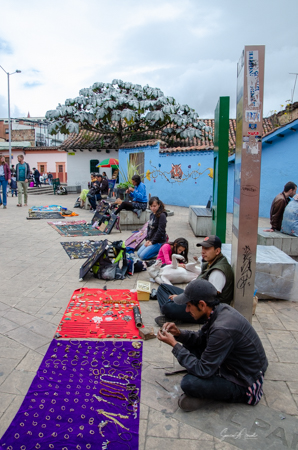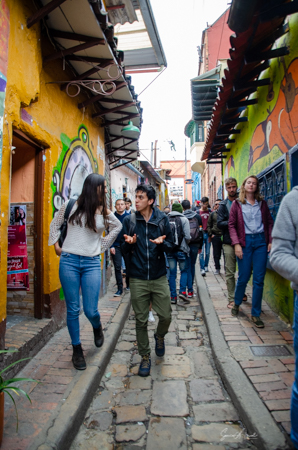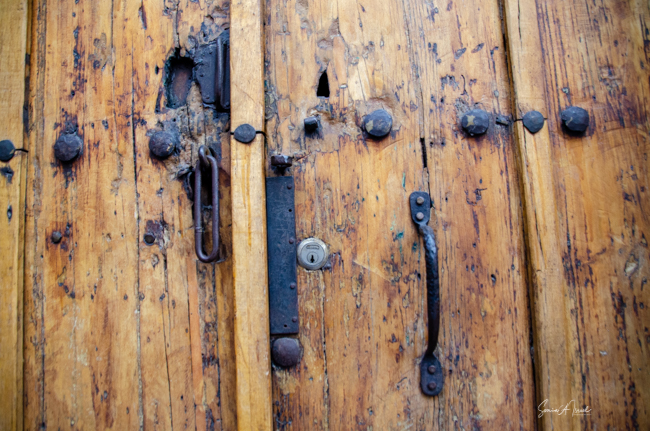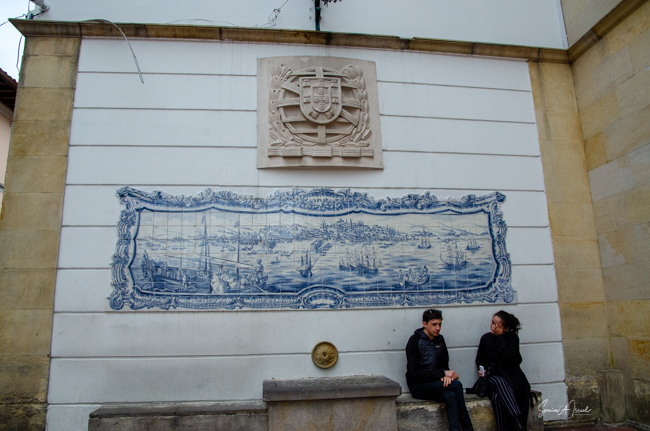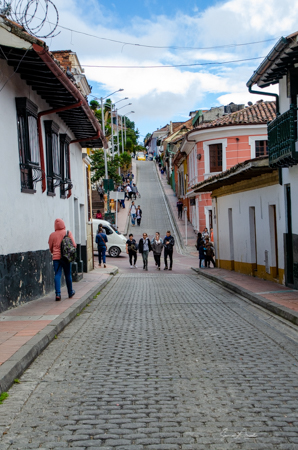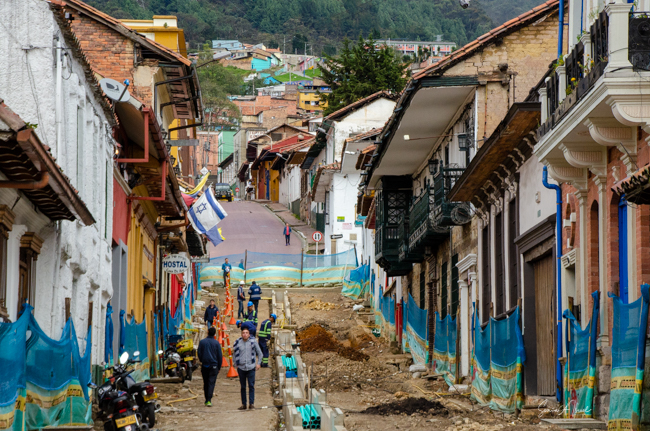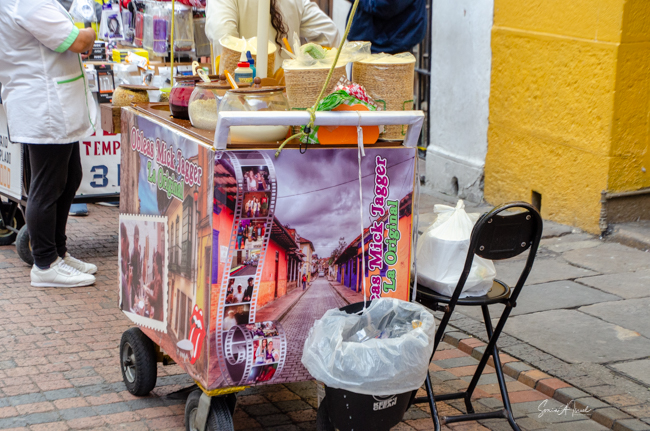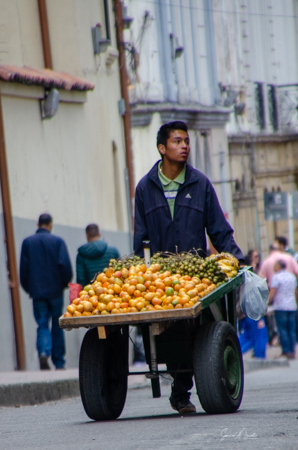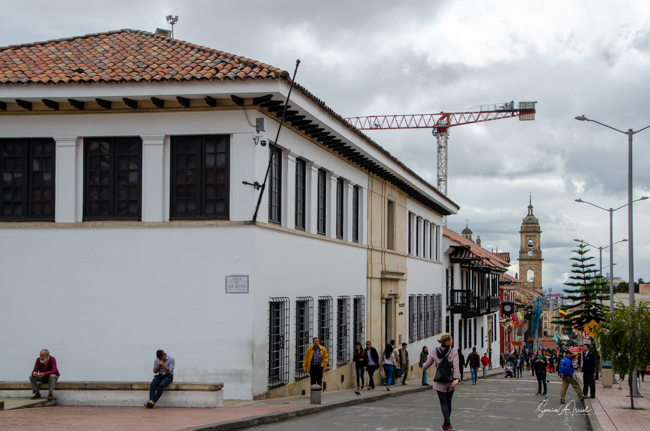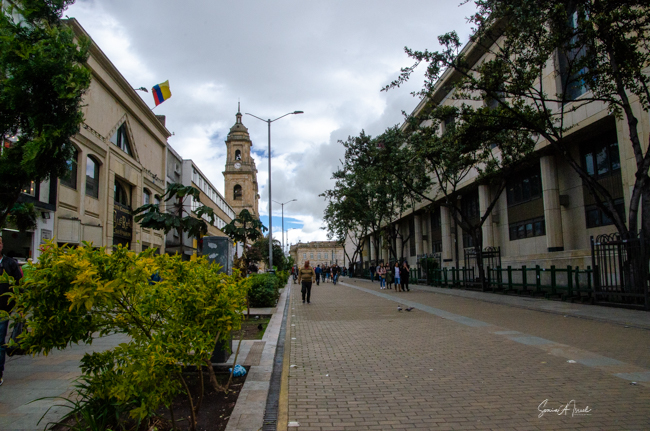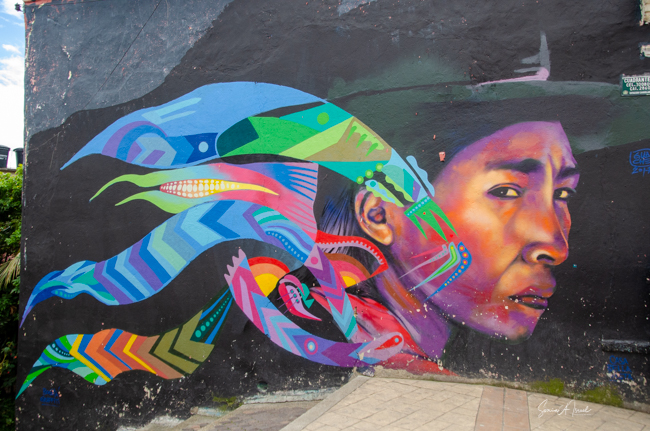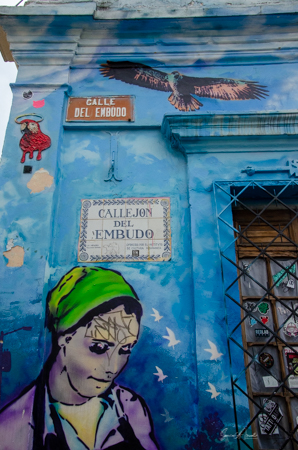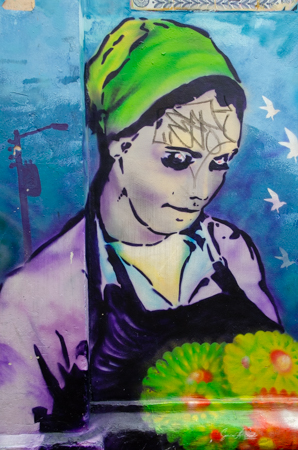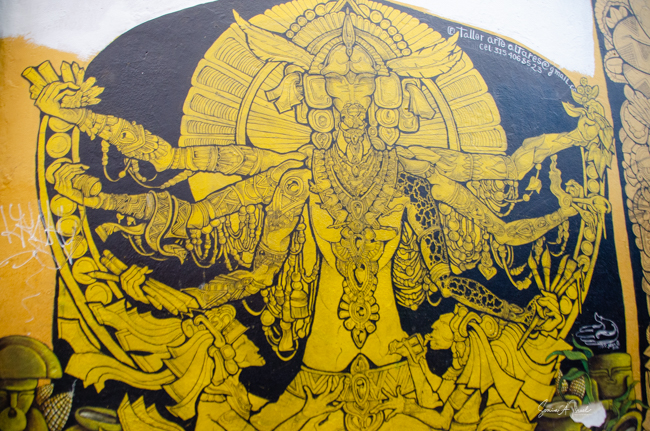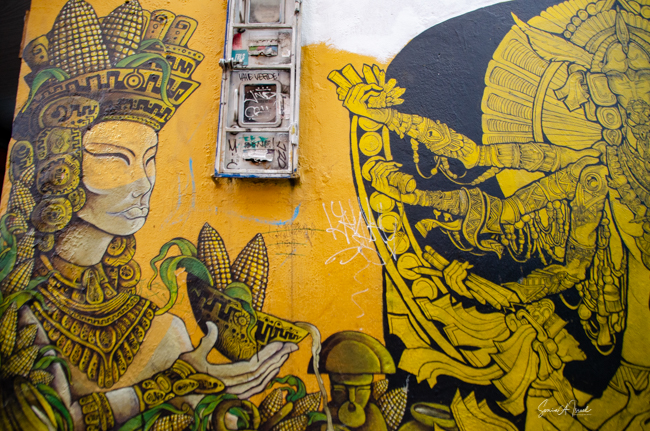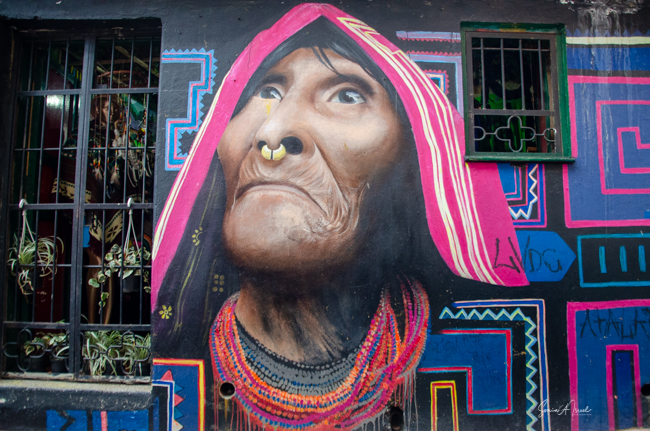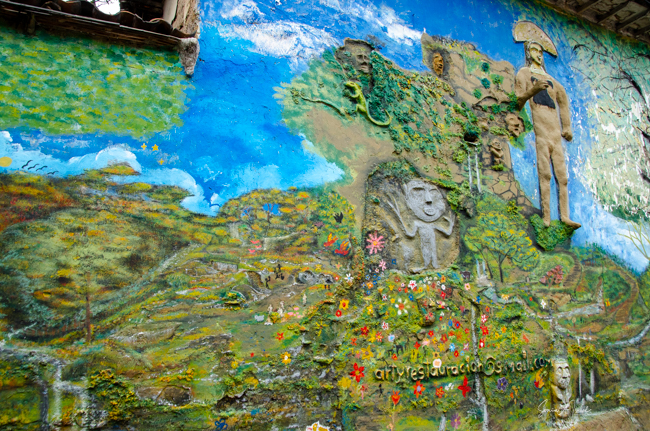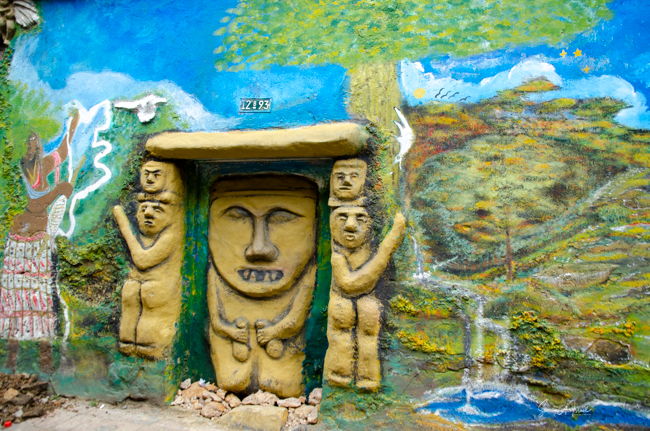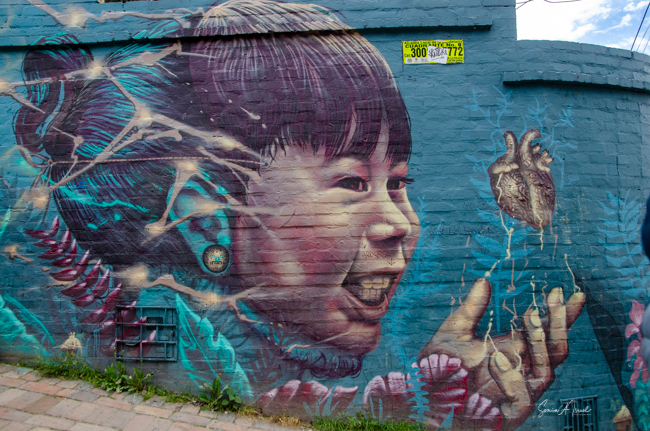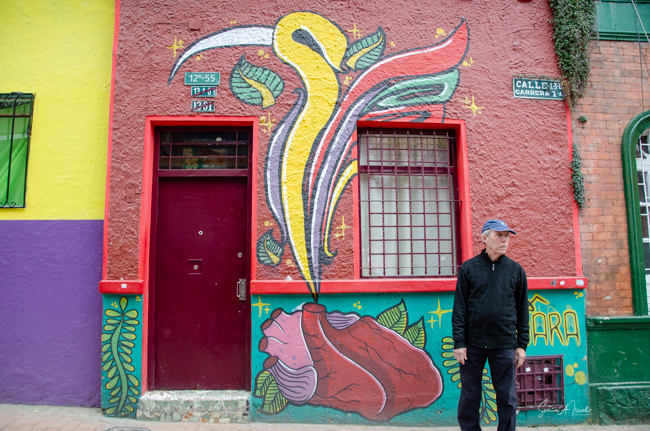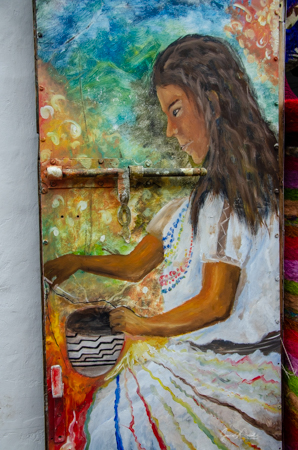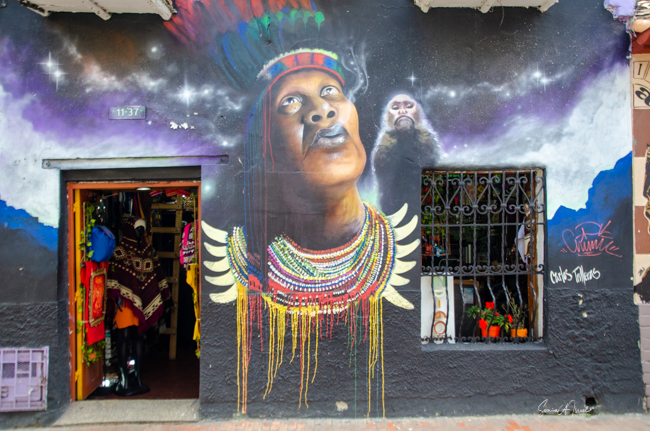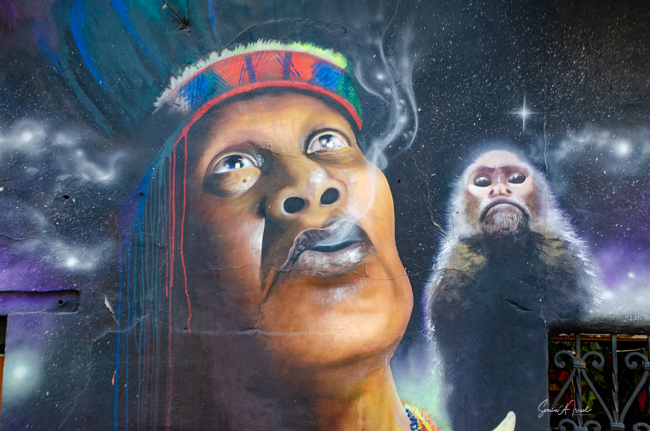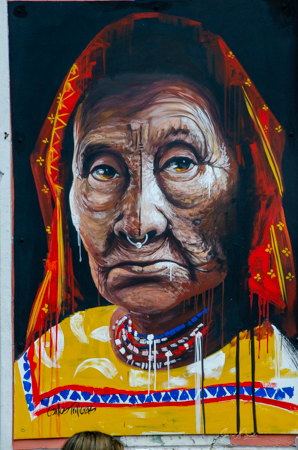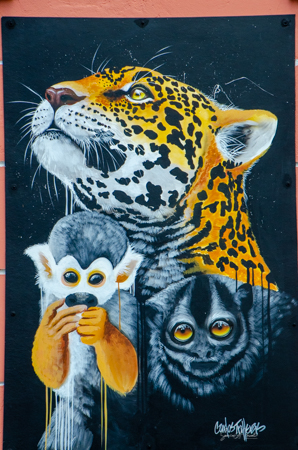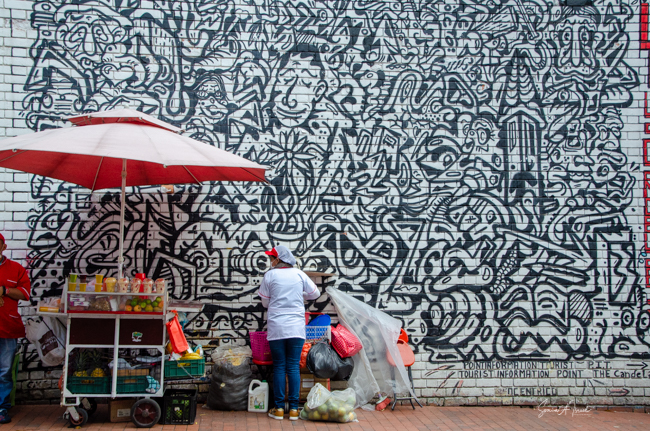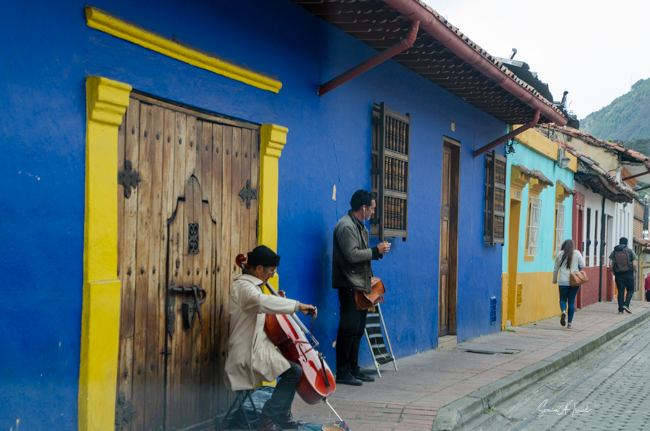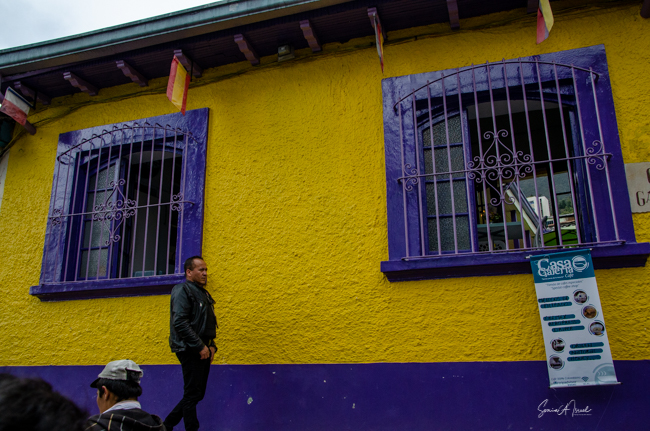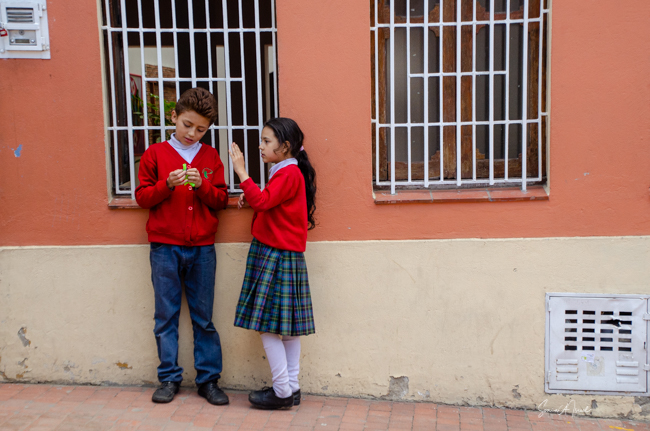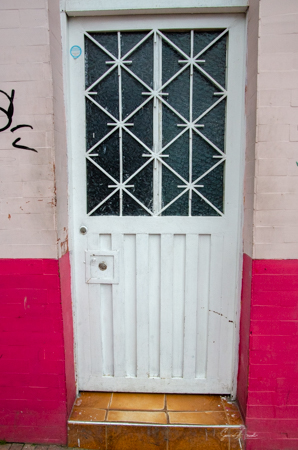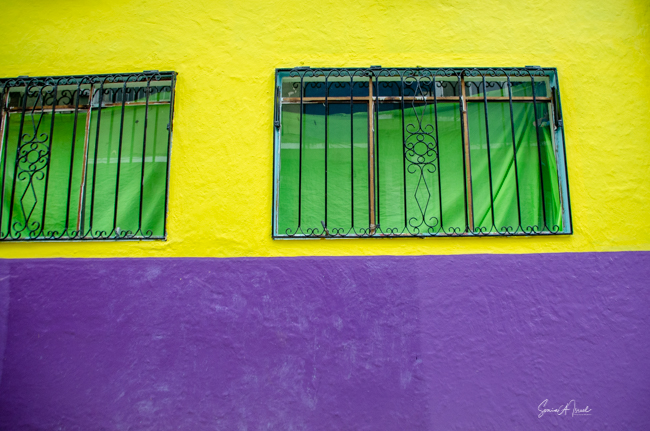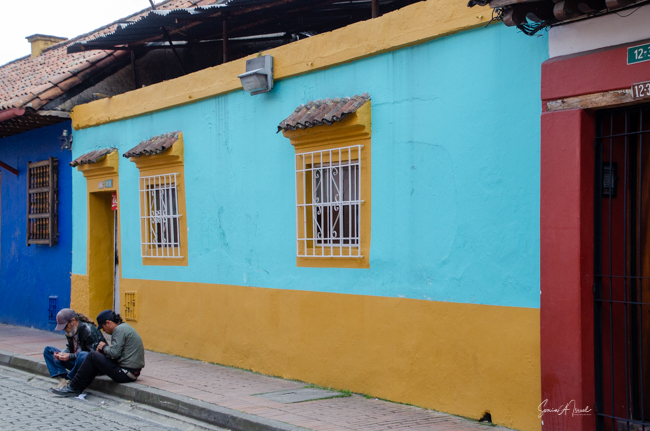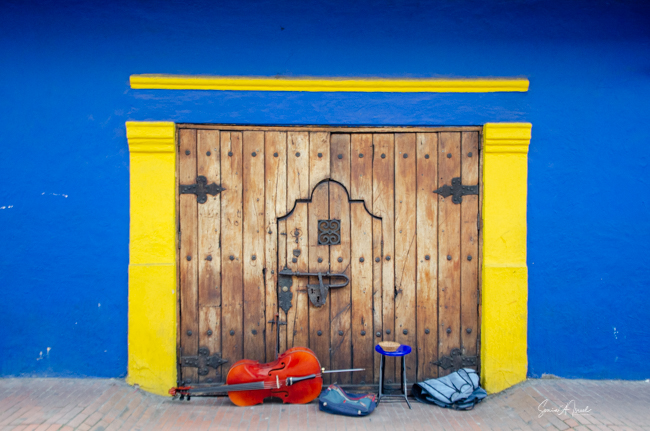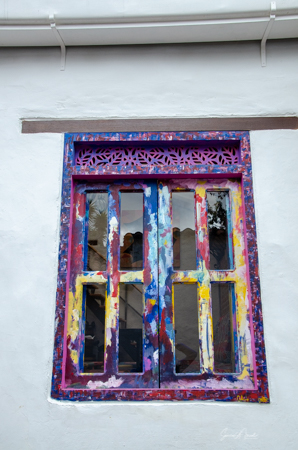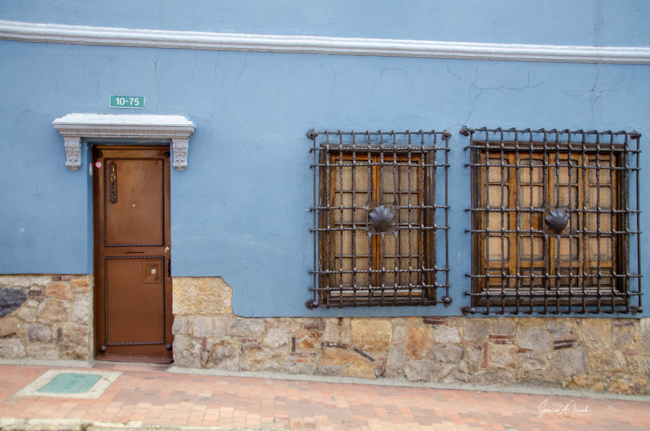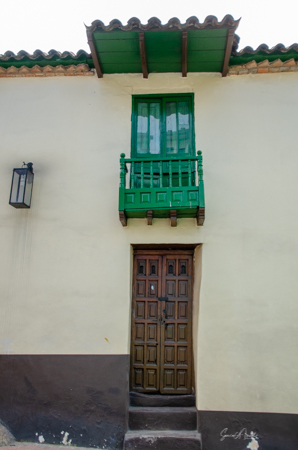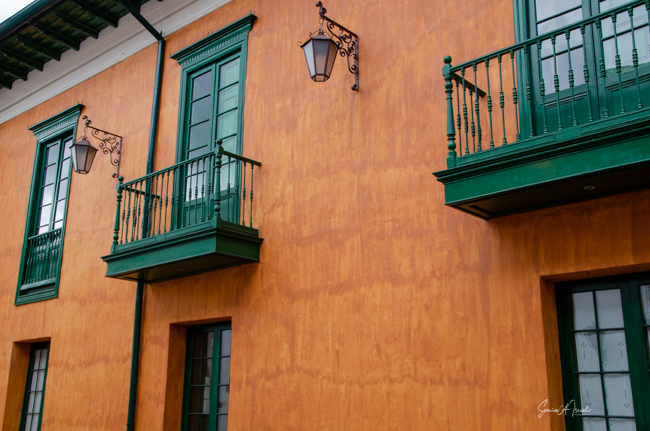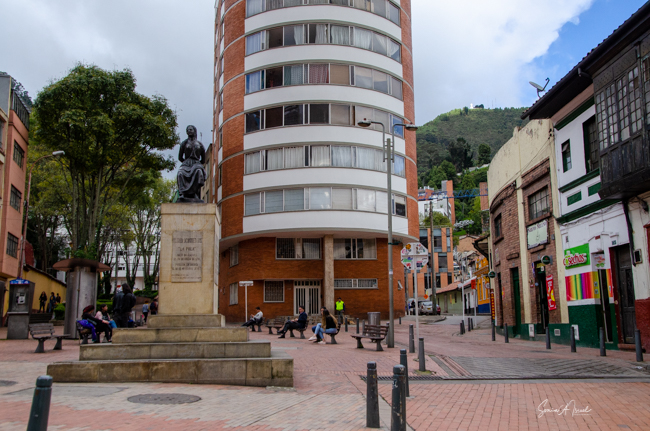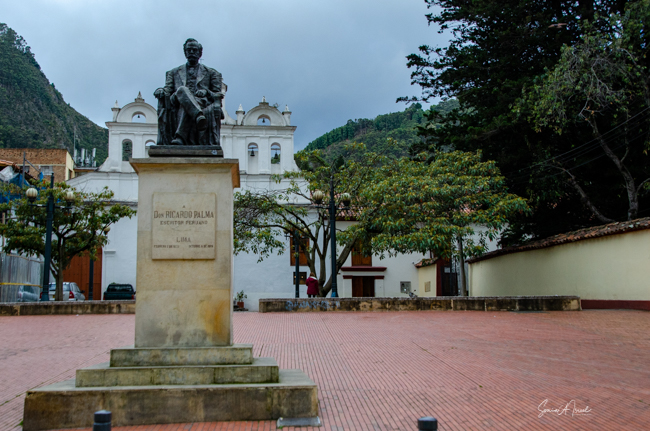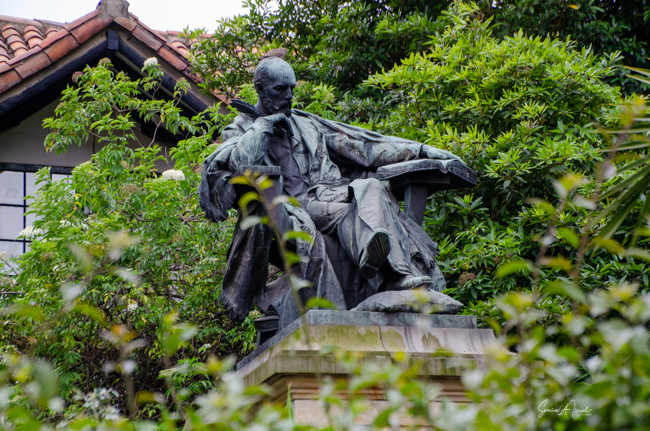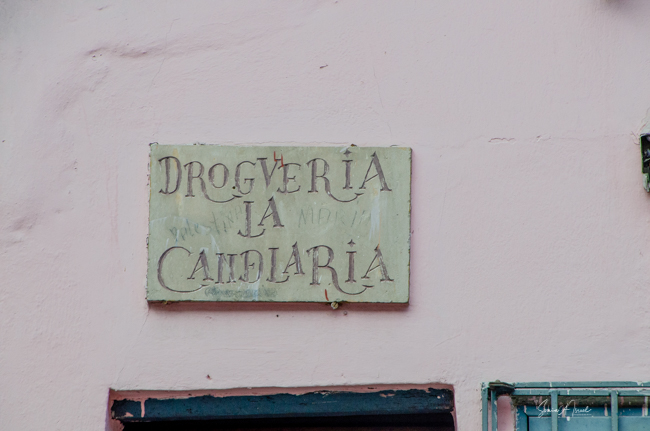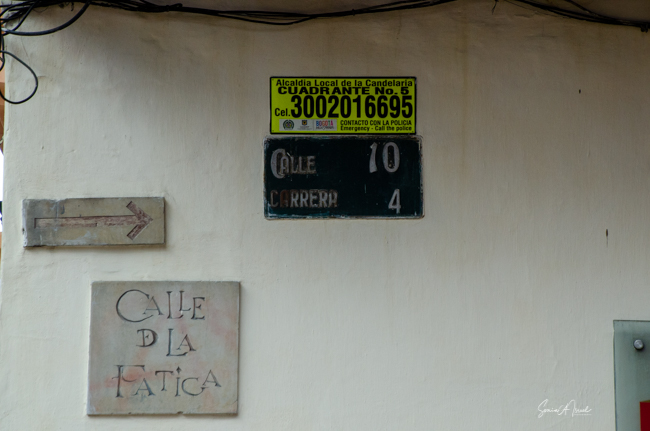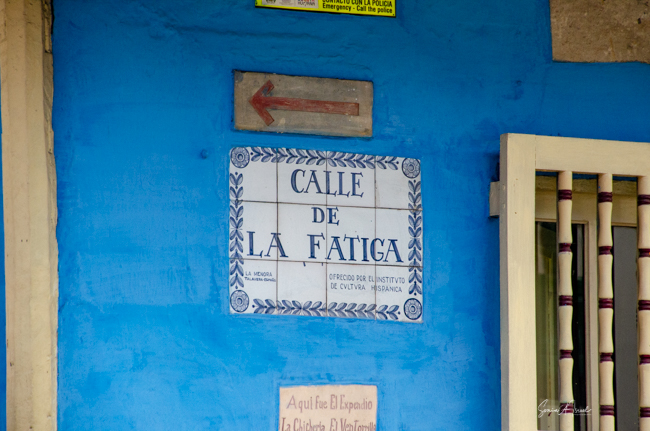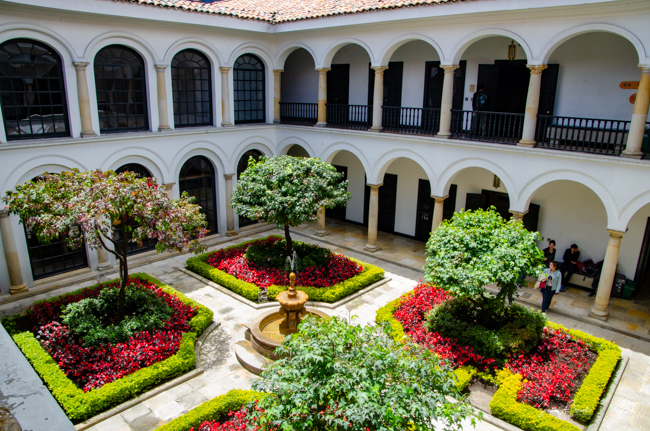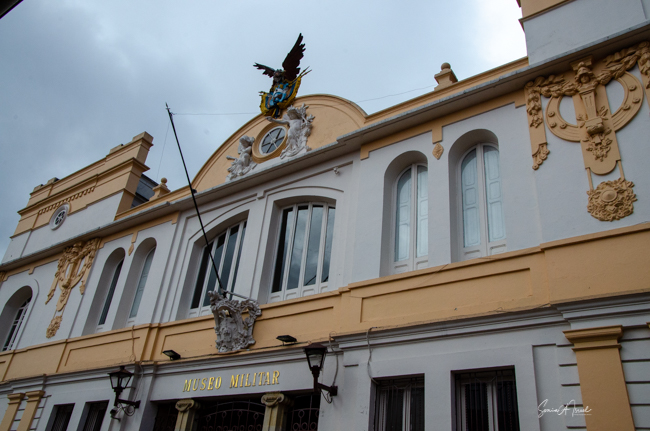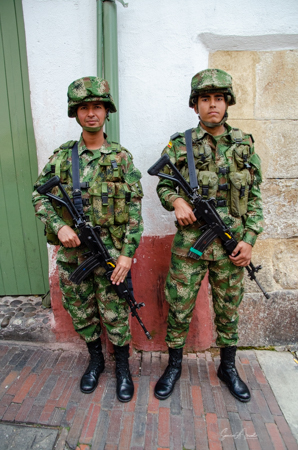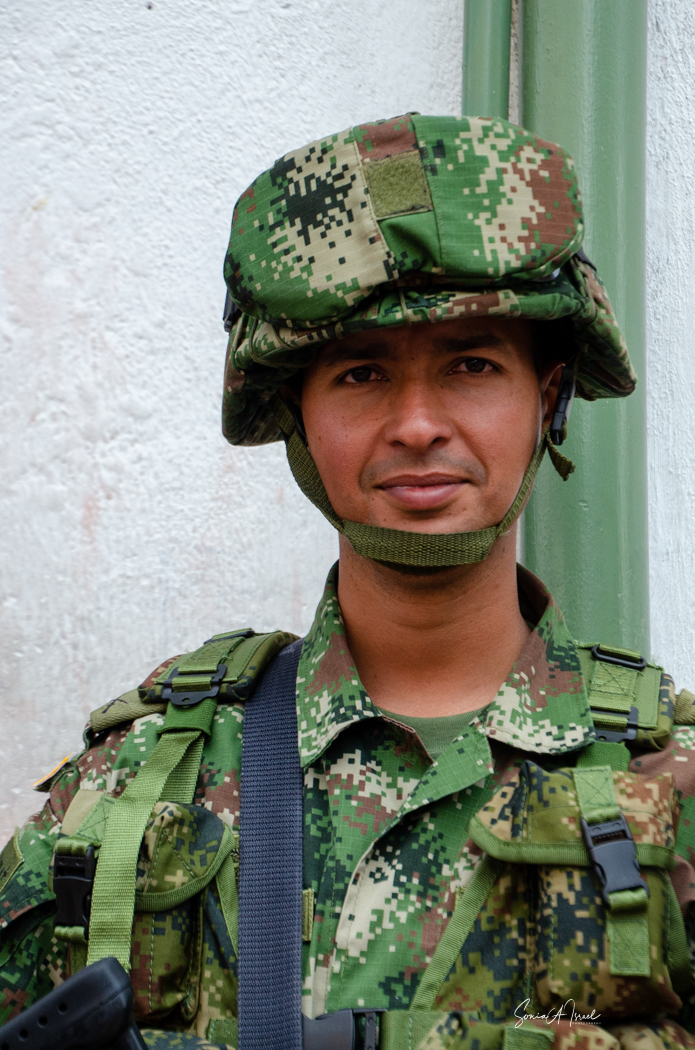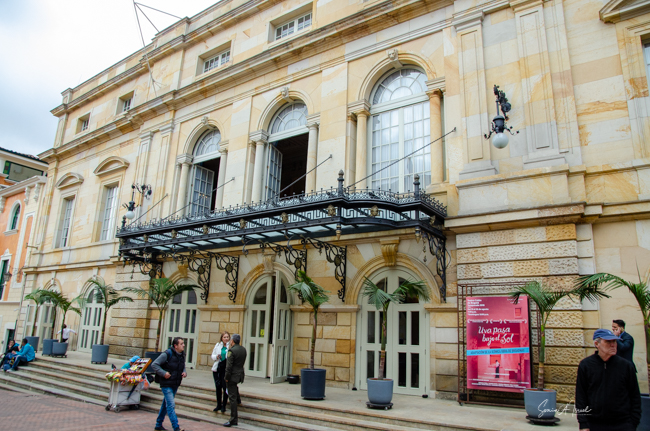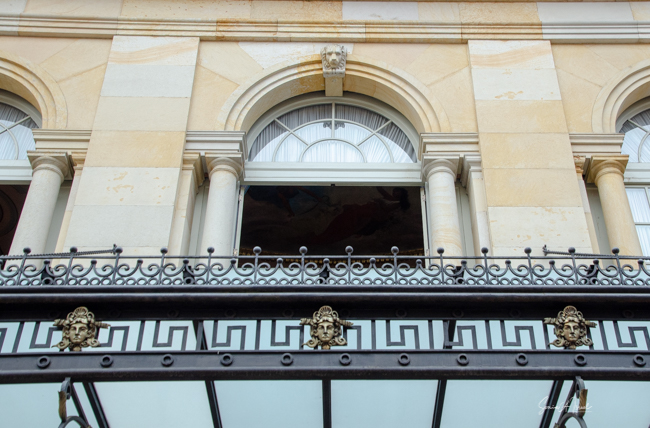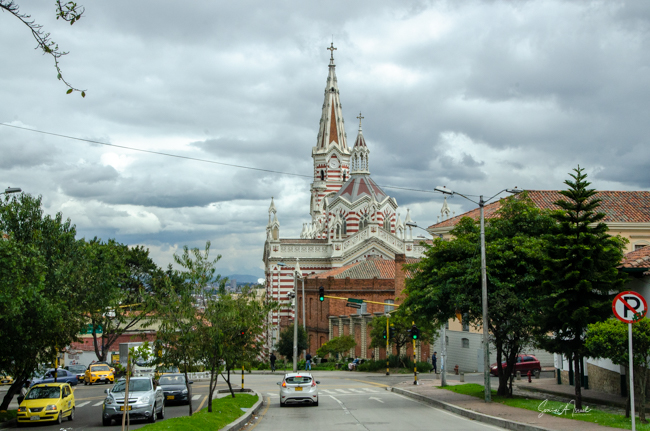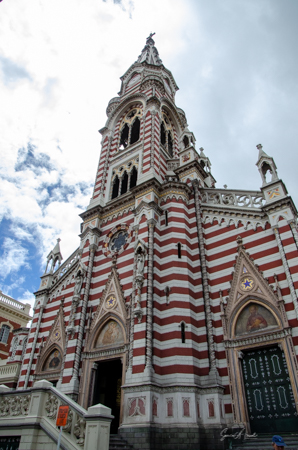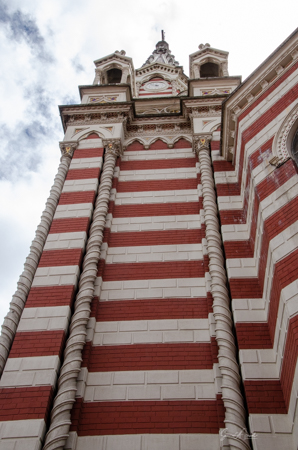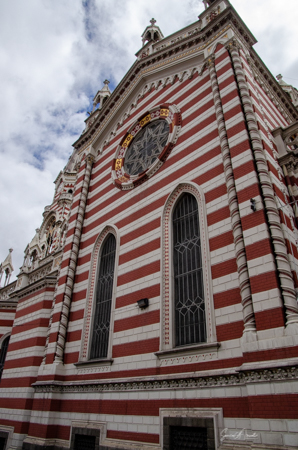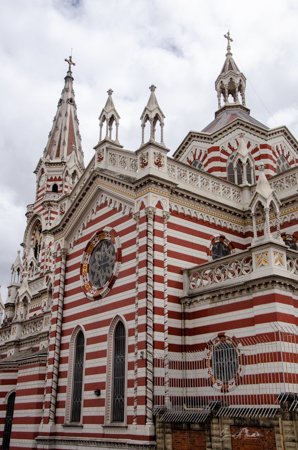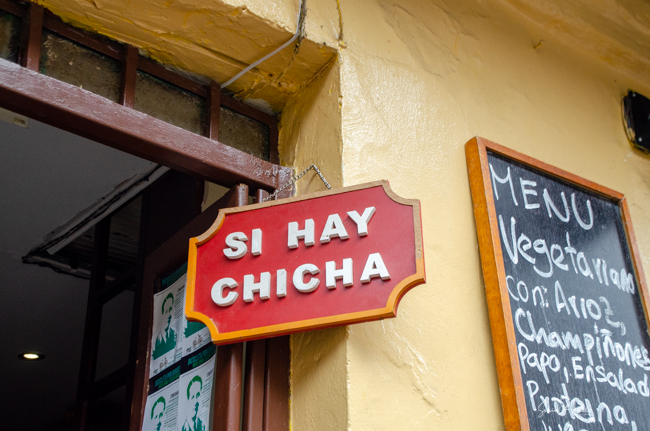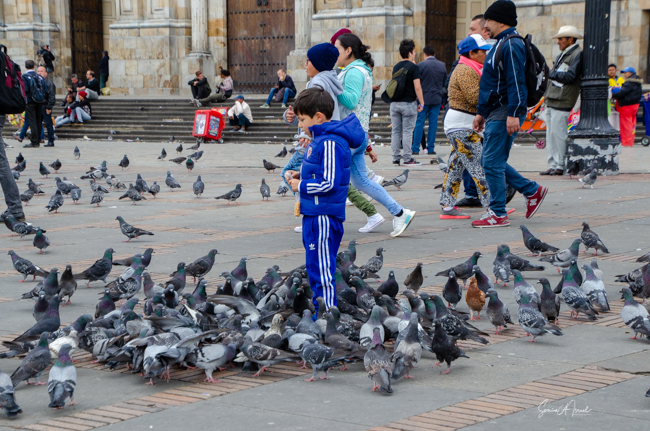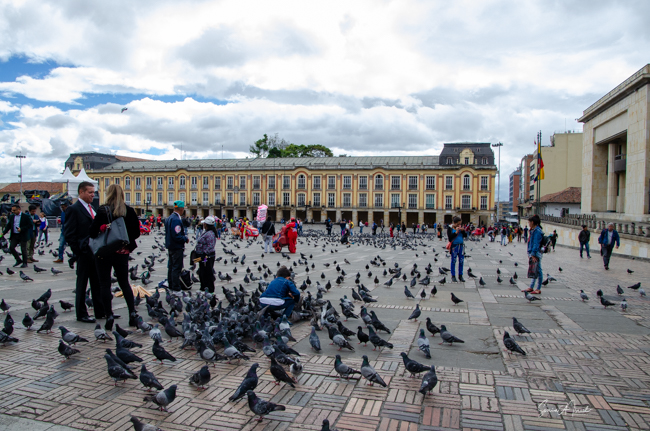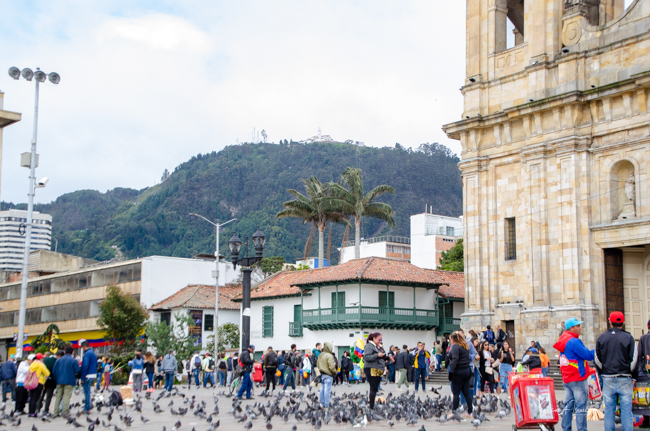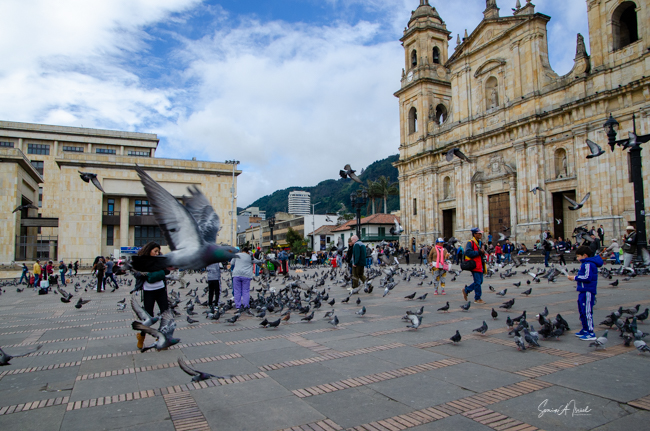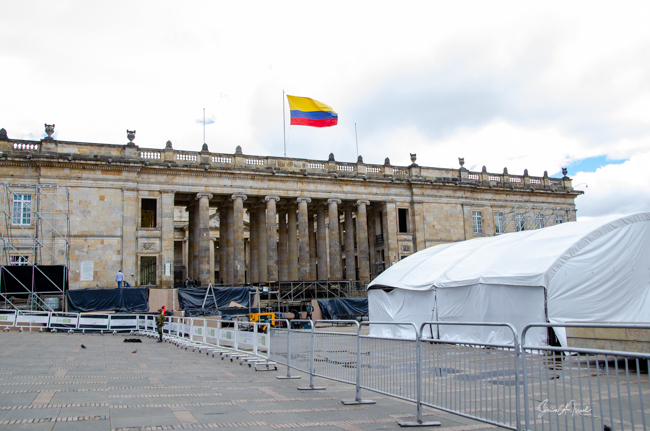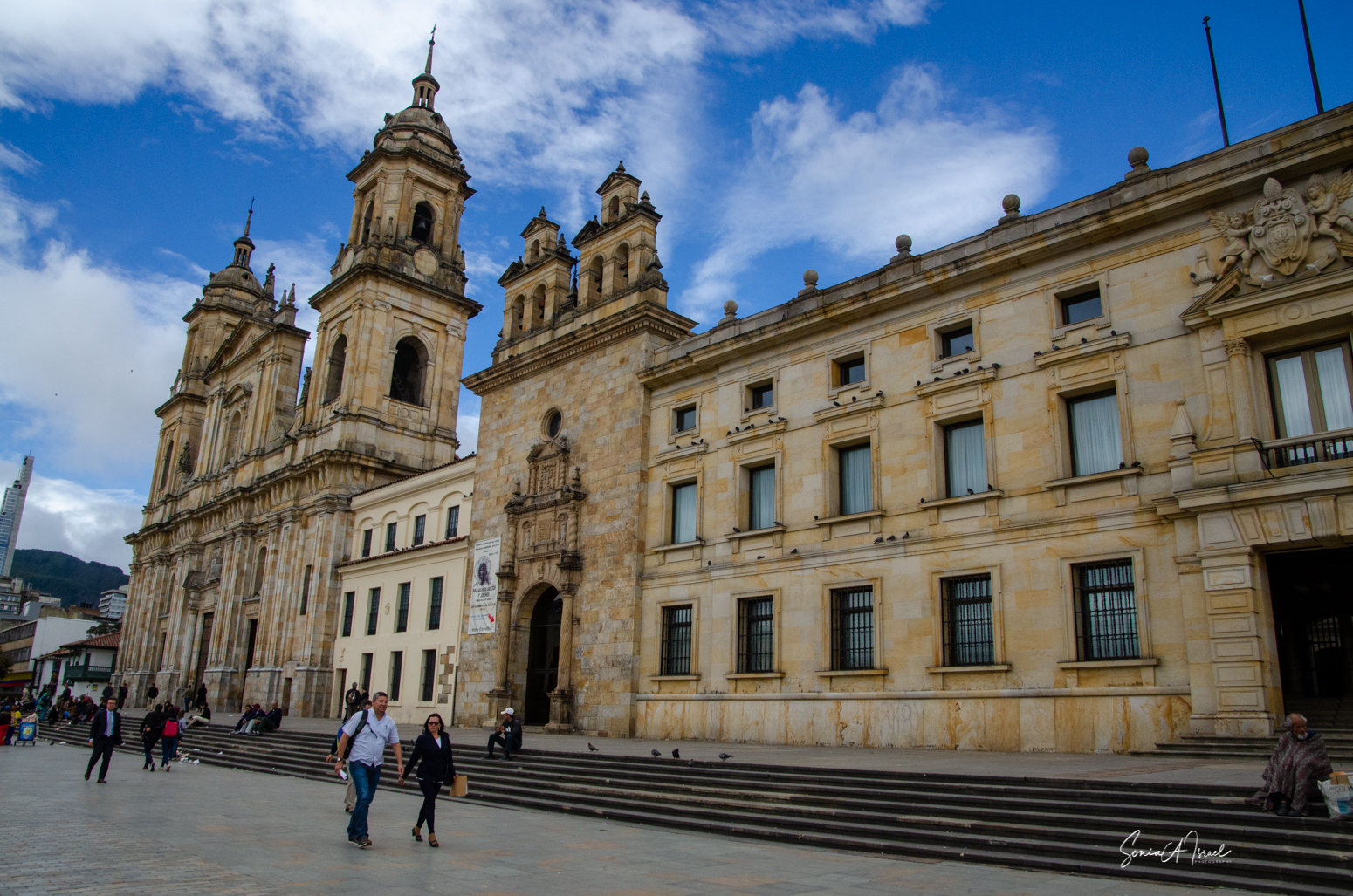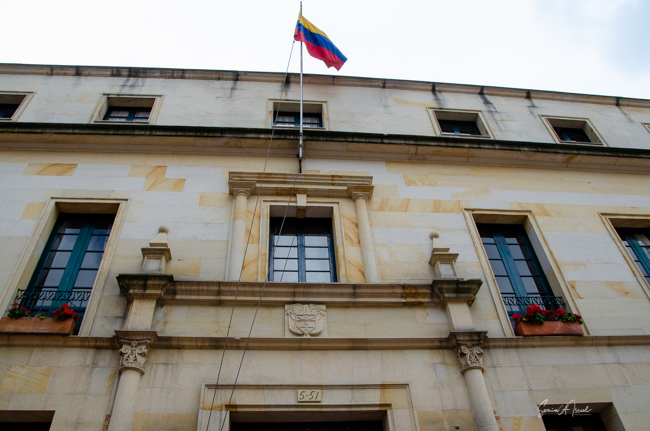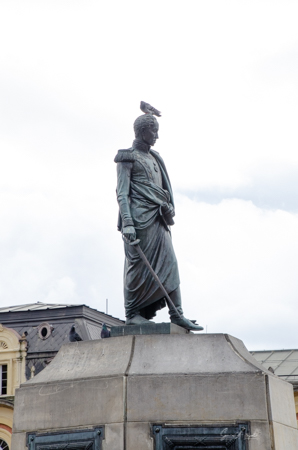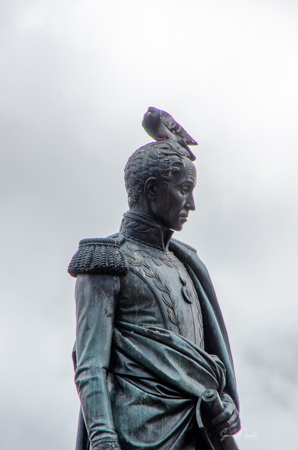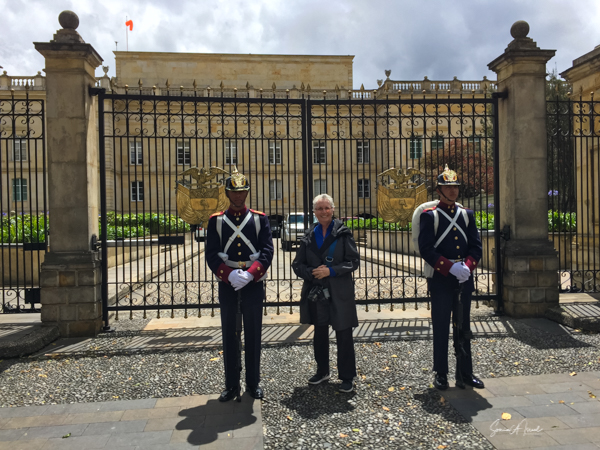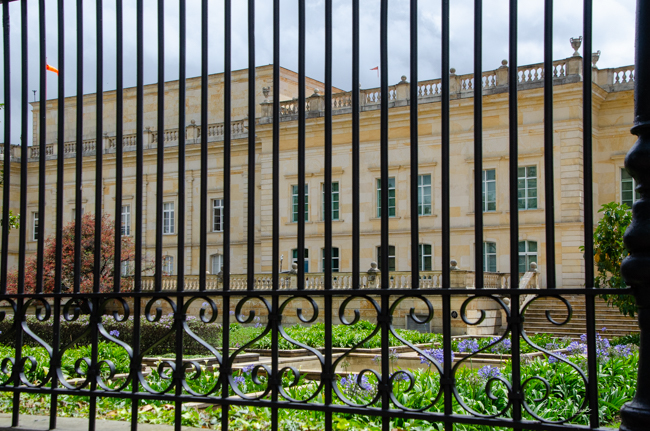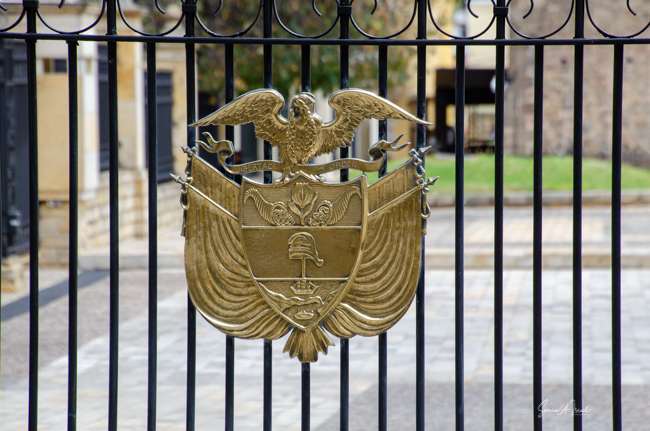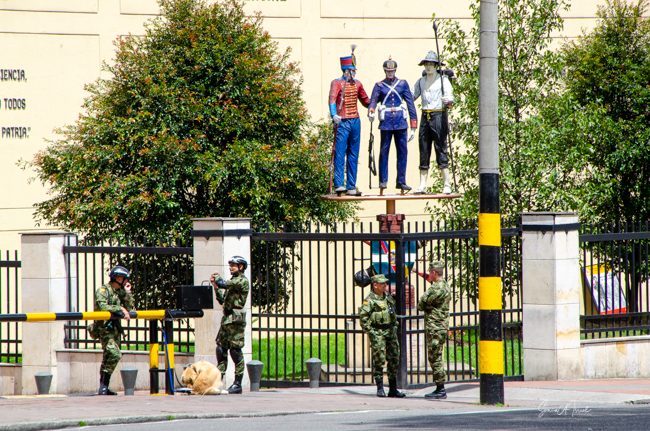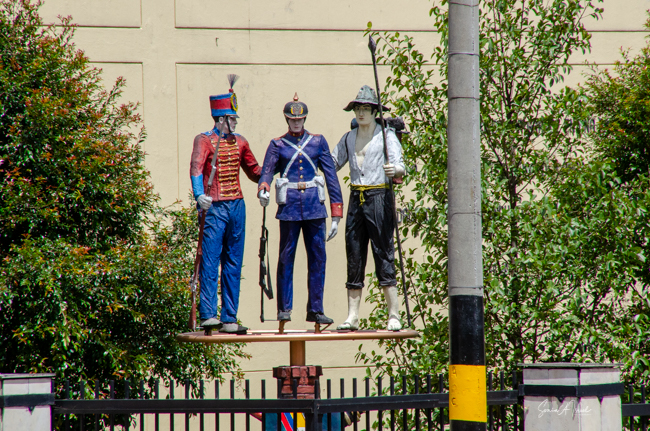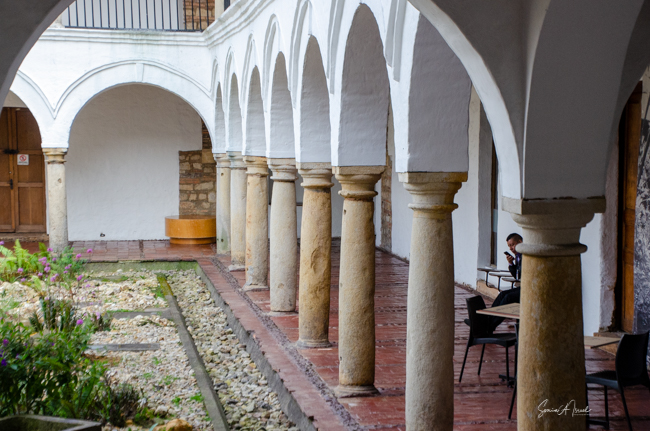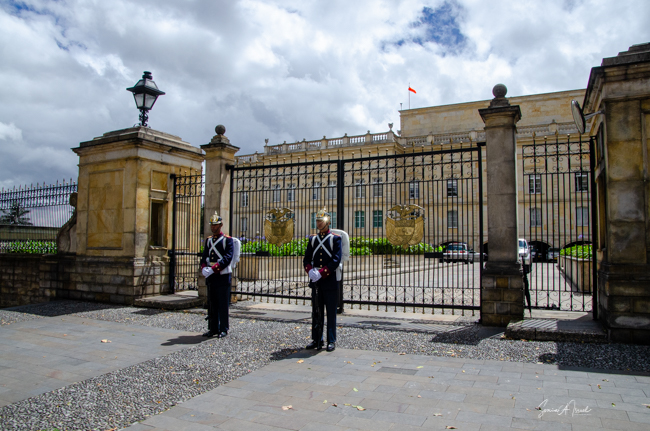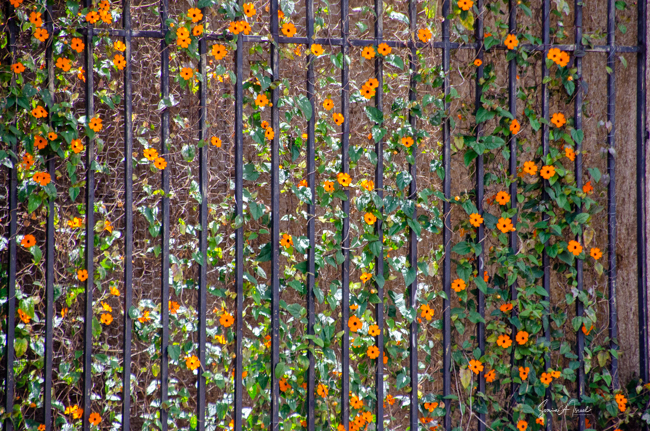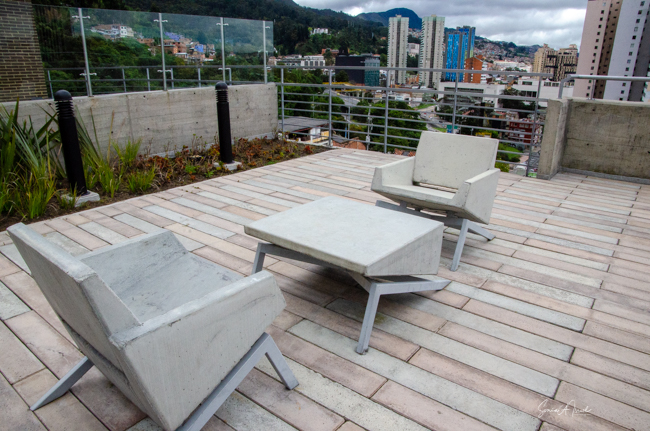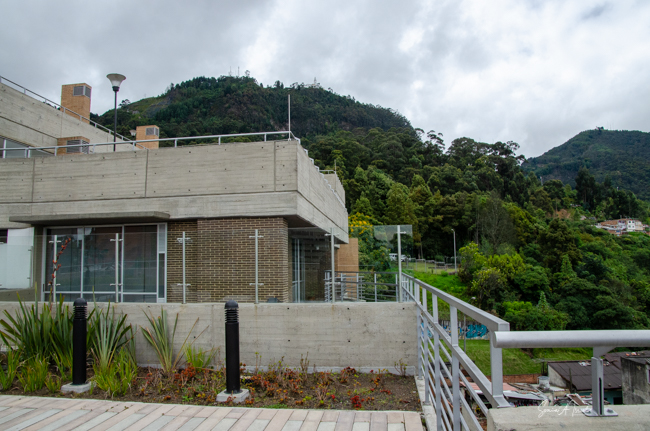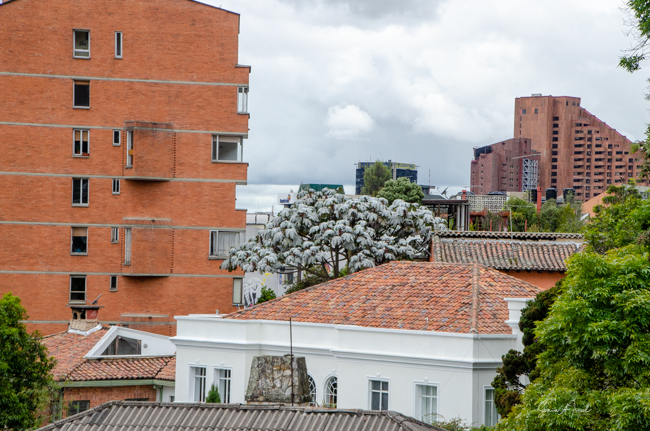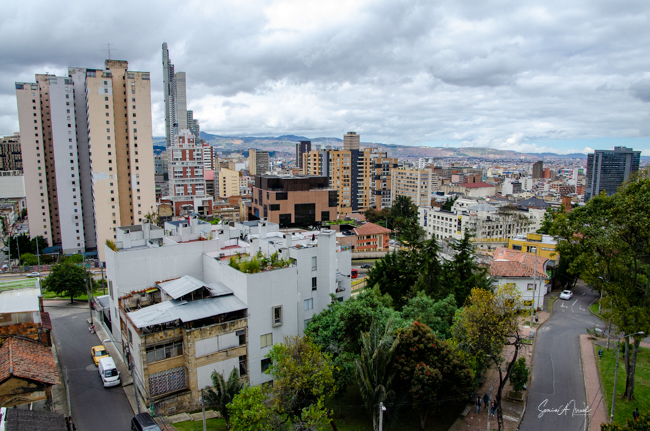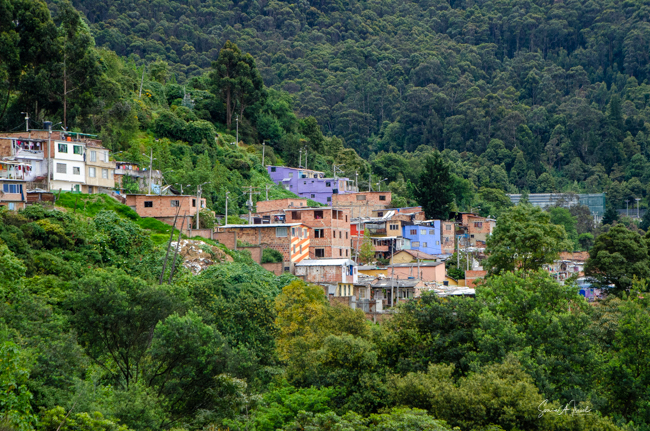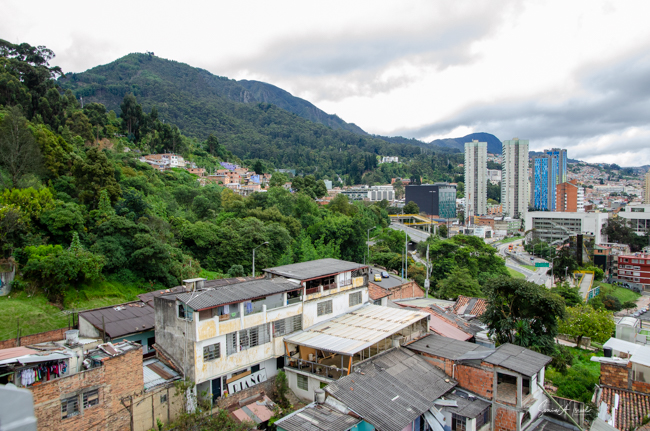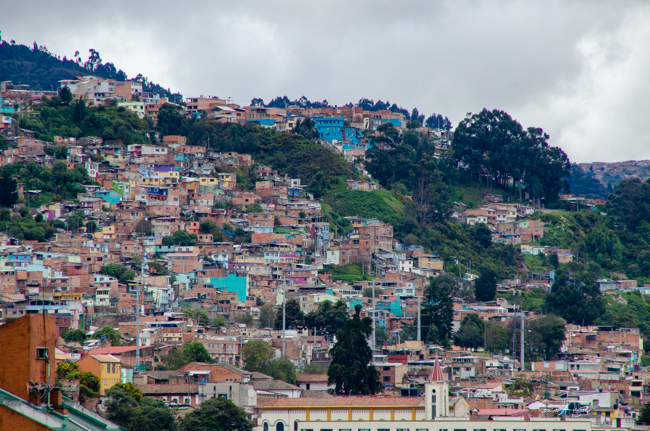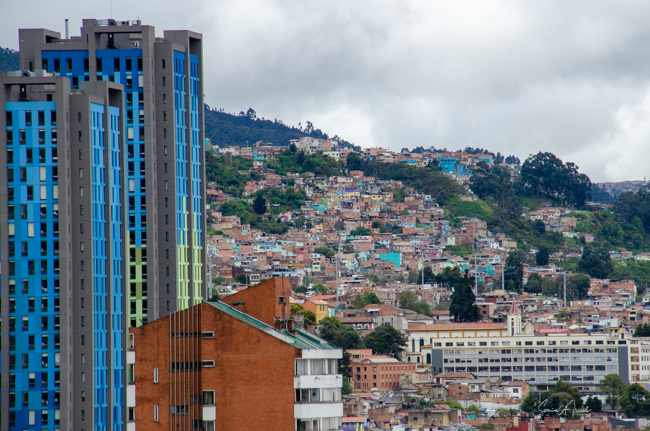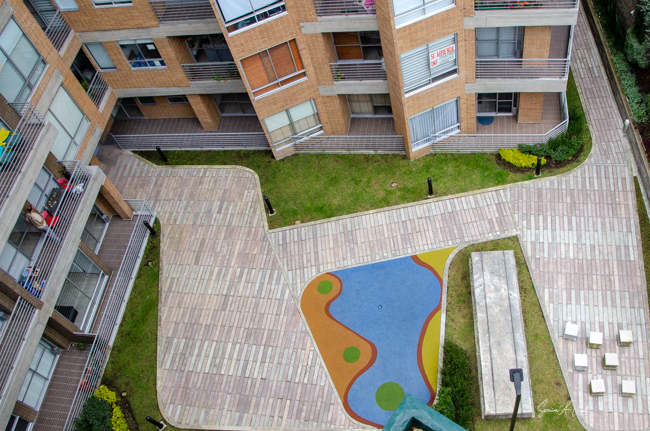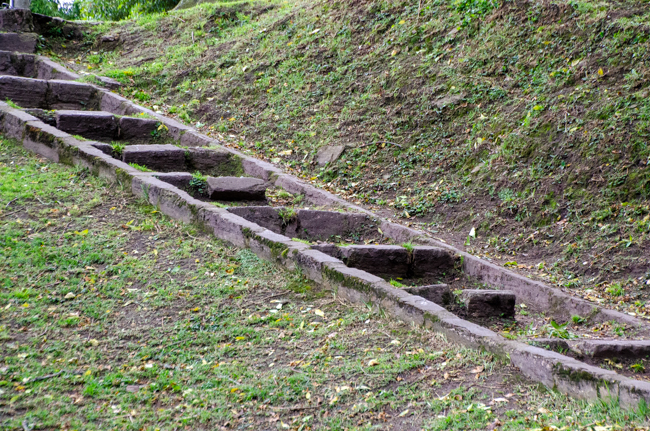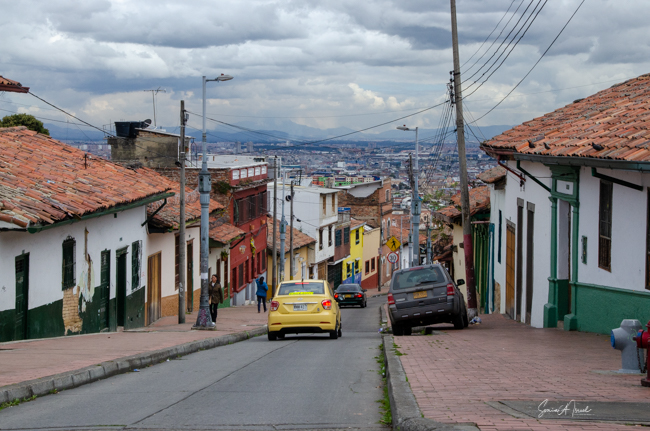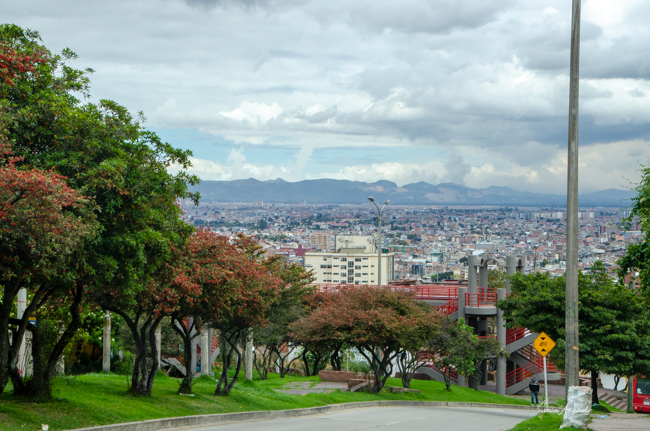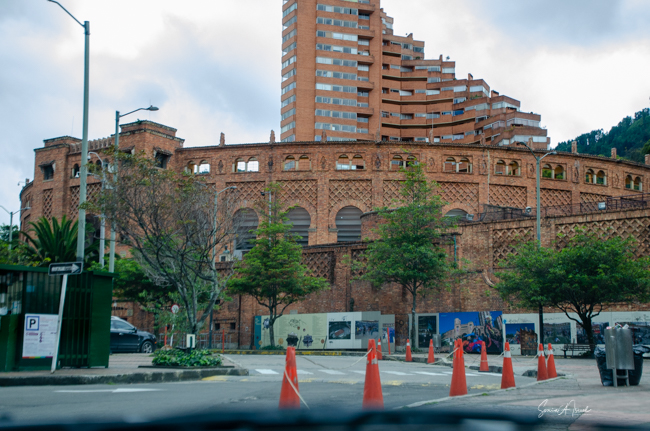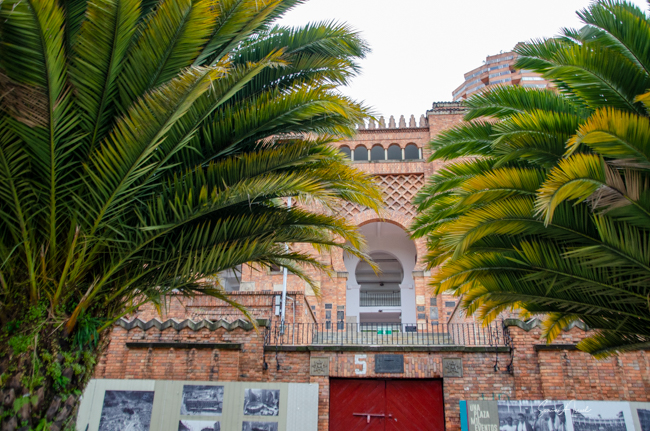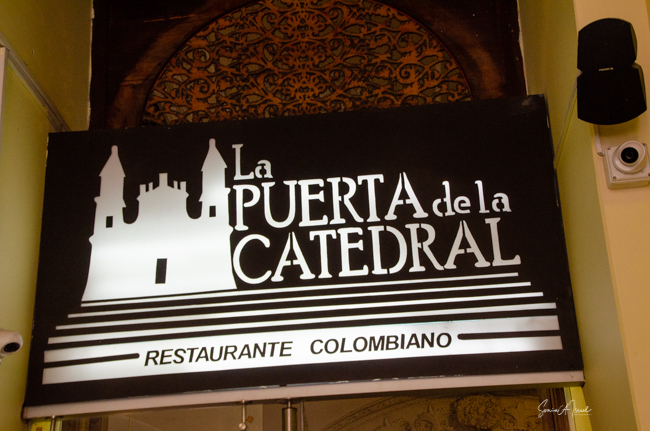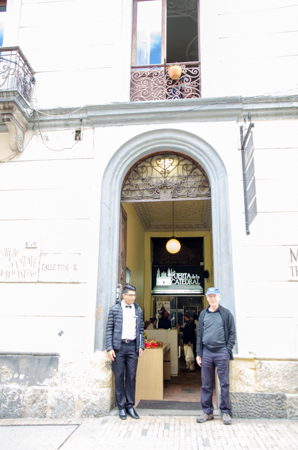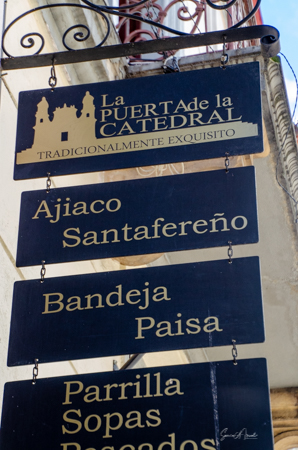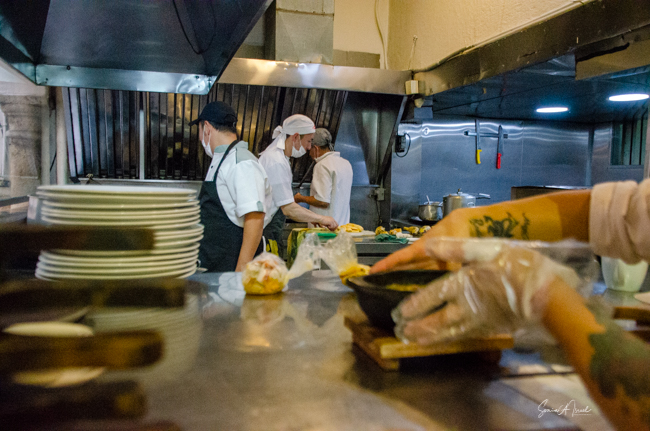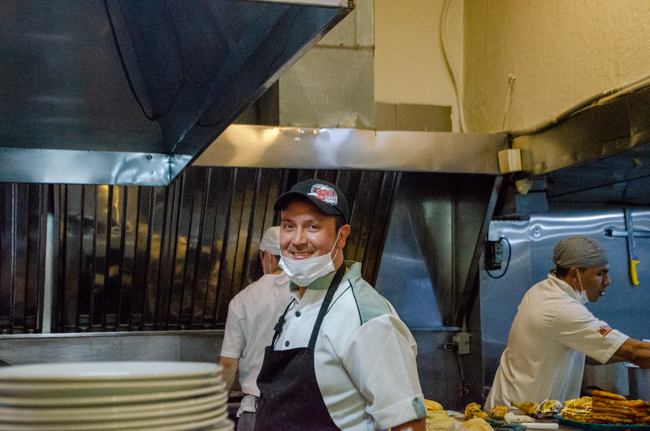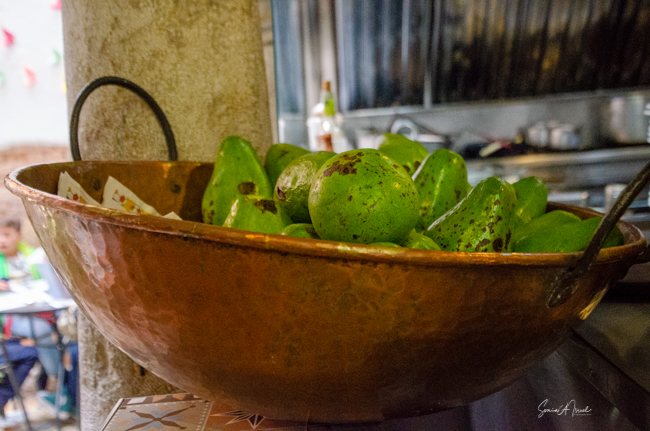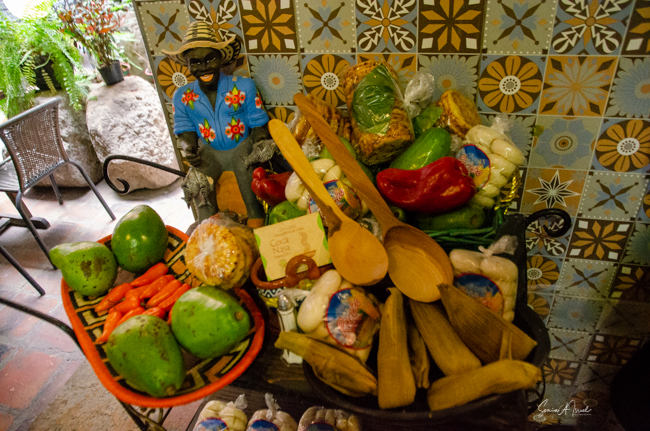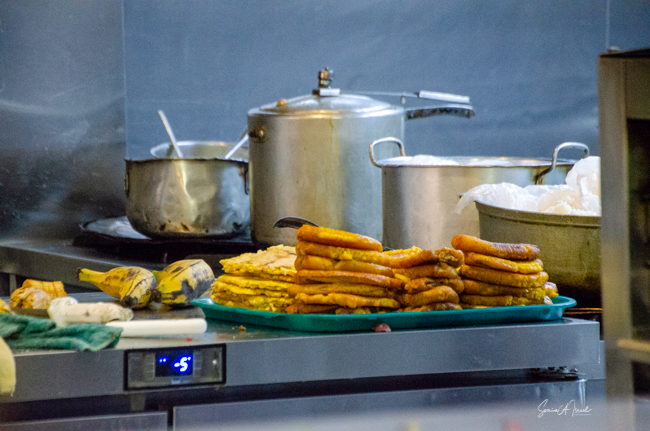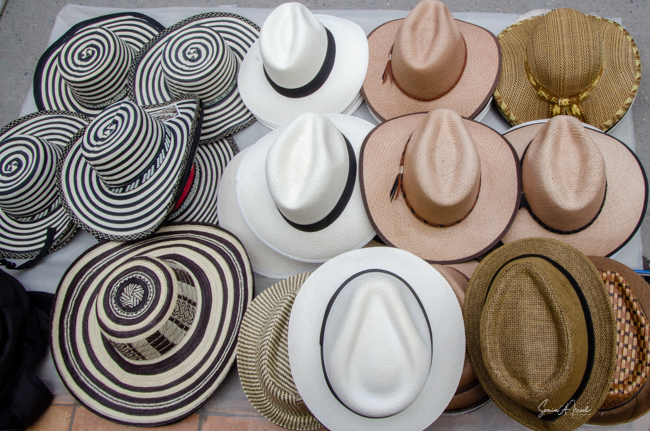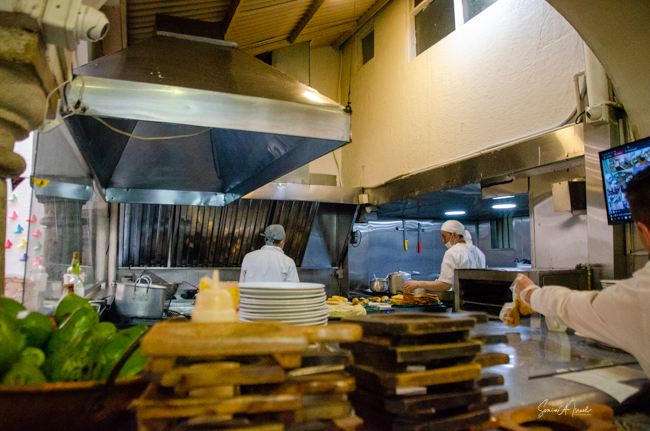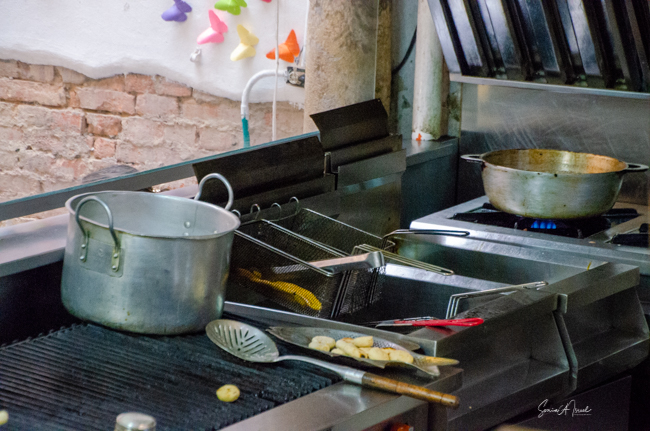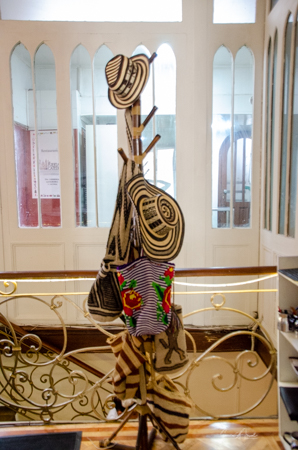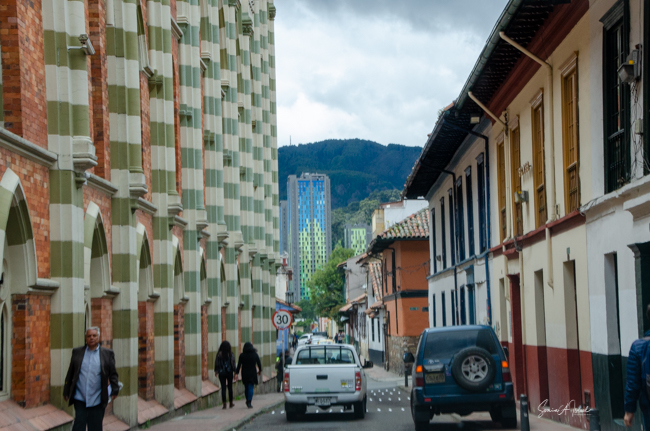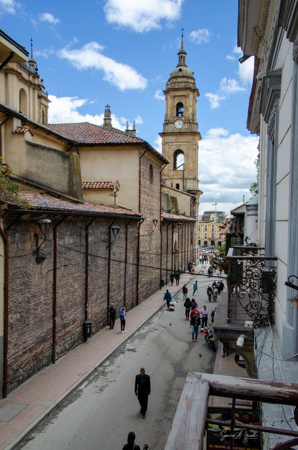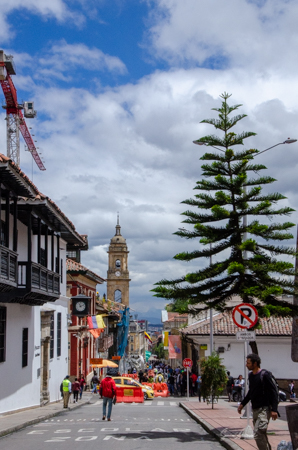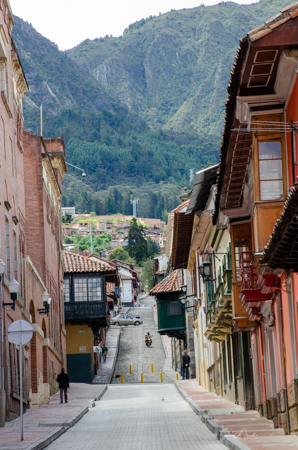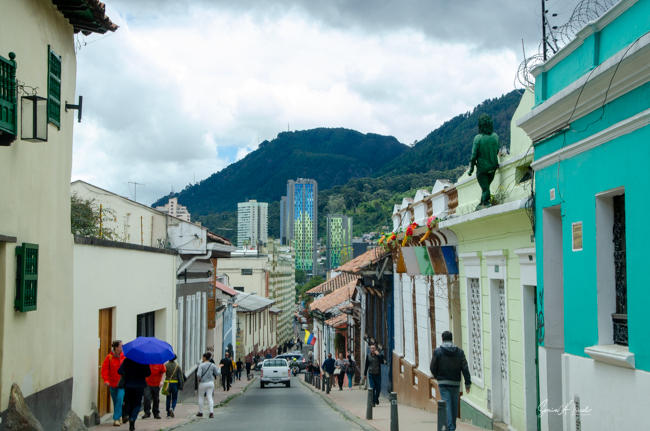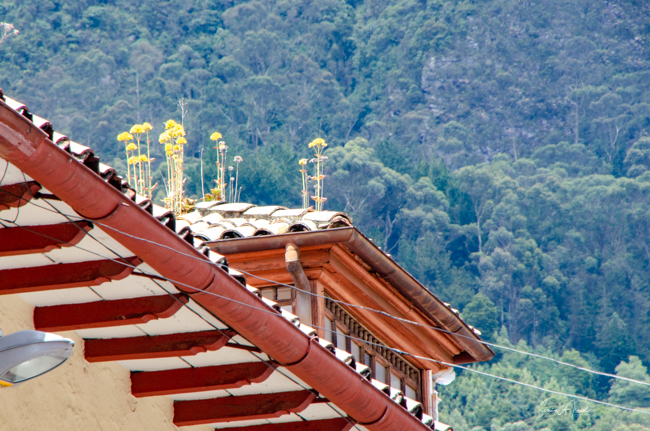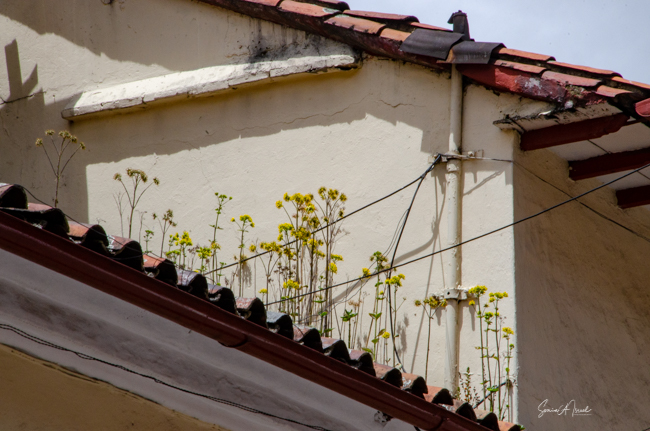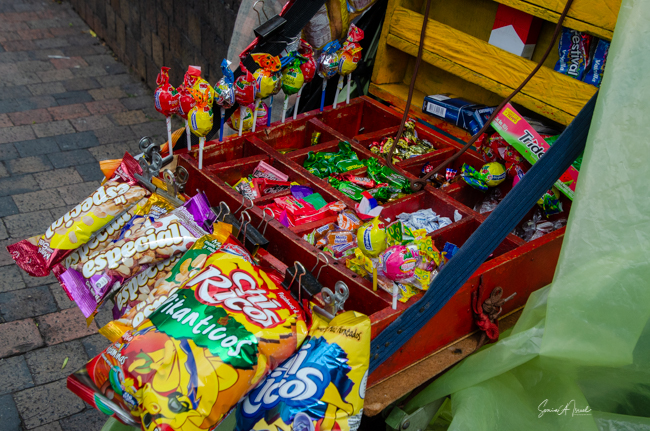Bogota, Colombia
Summer 2018
Bogota is the largest city and the capital of Colombia. This was the last stop on our trip before heading back home, and it was a fitting end to a wonderful tour of Colombia. We flew in from Medellin and were picked up by our host and guide supreme for the next three days, Juan Camacho. Juan had been guiding for six years at that point and had a master’s degree in history. His plan was to one day return to the university and become a professor. After three days learning from him, I’m sure he would excel at that as well. [Update: since we were there a few years ago, he has indeed gone back to teaching.] Juan not only had the book learning about Bogota, his father was a high-ranking official and so he grew up with threats and guards – true first-hand experience of life in Colombia.
But first some Bogota background history
Bogota is in the center of Colombia on a high plateau called the Bogota savannah, in the eastern Andes, sitting at 8660 feet above sea level. It is a large city, the third largest capital in all of South America, after Quito and La Paz.
The name Bogota has several possible meanings. It is equivalent to the Spanish pronunciation of Muyquytá which means “walling of the farmland” or “The Lady of the Andes (or of the shining mountain)” depending on which dialect you use. It is also nicknamed the “Athens of South America” for it cultural and scientific institutions and it mix of colorful Spanish, English and indigenous people’s heritages. Till this day, the old culture including churches and Spanish colonial style homes have been preserved.
Bogota was originally sparsely inhabited by the indigenous tribe, Muisca who were master goldsmiths (see the myth of El Dorado below on the Museum of Gold section). In the early 1500s, it became a European settlement and the Muisca were disbursed. It was renamed Santa Fe de Bacata (from just Bacata) which later became Bogota. But as happens when takeovers occur, the local citizens finally revolted against the Spaniards and set up their own government, but not until 1810. There was lots of internal strife with the Spaniards coming back into power, until the beloved Simon Boliva (see the Cartegena chapter to learn more about him) captured the city Bogota became the capital of the federation of Gran Colombia which combined areas of what is today Panama, Colombia, Venezuela and Ecuador. The republic was dissolved in 1830 and Bogota became the capital of Colombia.
Traffic
As a city with close to 9 million people, you can imagine how many cars there are. In order to try to regulation the congestion, Pica y Placa was put in place. This means that the last digit of your car’s license plate determines which day of you week you can use your car. When you buy a new car, it comes with the plate, so you can’t choose your day of the week. To get around this, most people buy motorcycles or a second car with the opposite number.
Crime
I wrote all about the inquisition in Colombia in the chapter on Cartagena (please see that blog) and about the more recent crime in Colombia in the chapter on Medellin and Comuna 13 (please see that blog). Because of its location in the mountains, Bogota was shielded both from the inquisition and from the guerillas. What they did experience was many people coming to Bogota, running away trying to escape the violence in other more dangerous parts of Colombia.
Nevertheless, Bogota was considered one of the more violent cities in the world in the late 1990s. Escobar did manage to set off some bombs mostly targeting generals and presidential candidates – three of whom were killed here. But the city has gone to great lengths to change its image and more importantly to get the crime under control in 1995 by adopting a participatory and integrated security policy; “Comunidad Segura”, or Safe Community which is World Health Organization (WHO) intervention model for the control and prevention of violence. Now Bogota is safer than most US cities.
Not only is Bogota a safe city, it is also a tolerant city with a section set aside for legalized prostitution (see below).
Our first day: July 31, 2018
We flew in surrounded by the Andes mountains. Although the climate in Bogota is mild, our first day was rainy and muggy. But that didn’t stop us.
Avenida Jimenez
The first thing we noticed, through the raindrops, were the large painted street art murals. We would see many more in the next few days, but the shear size of these along with their colorful beauty, sure caught our eyes.
Juan parked his car and we started walking along Avendia Jimenez, now a pedestrian mall. This was once the boundary of the city and over time, saw its share of riots and violence, but today it is a beautiful walking street, even in the rain, surrounded by colonial churches, the Gold Museum, and the El Tiempo building (the Bogata newspaper) which is still filled with bullet holes from violent days gone past.
Emeralds
We stopped at the Plaza del Rosario, one of the plazas along the way, filled with small groups of men and women huddling over small pieces of paper. Juan asked us if we knew what they were doing. We guessed and guessed, but never got it right. This was the famous emerald market, just outside the Emerald Trade Center.
Colombia supplies 65% of the world’s emeralds. And unlike, for example, the diamond district in New York which is one diamond shop after another, here it is one small group of men (or sometimes women) after another, just standing around the plaza. The men all know each other and look out for one another. They sell to jewelry shops, to wholesale clients from around the world, and to tourists. They know their emeralds, as many of them worked in the mines and they sculpt and polish their own rocks. As everywhere, the unsophisticated tourist still needs to look out for scams.
We watched the men for a while, surrounded by carts full of candies or selling minutes on cell phones (not everyone here has their own). On one side of the square was the University of Rosario where Juan’s wife worked. She came to meet us before we continued on our way.
Jorge Eliecer Gaitan
Our next stop was at the Jorge Eliecer Gaitan monument. Gaitan was a left-wing Colombian politician and leader of the Liberal Party. He was mayor of Bogota as well as the Education Minister and Labor Minister. But it was while he was running for President, and likely to win, that he was shot in the head three times, in broad daylight, on the spot where we stood. His assassination changed the history of Colombia forever. Ironically, Gaitan was opposed to violence, yet his assassination set off the Bogofazo (the sack of Bogota), a violent riot between the conservative that ended up being a 10-year violent period (La Violencia) of political unrest during which 300,000 people died.
There is a story that is told about Gaitan which optimizes his beliefs. During a debate with the conservative candidate for president, Gaitan asked him how he made his living. The candidate replied, “From the land.” Gaitan responded, “Ah, and how did you get this land?” “I inherited it from my father!” came the reply. “And where did he get it from?” Gaitan asked. “He inherited it from his father.” This went on and on, until finally, the other candidate said, “We took the land from the natives.” Gaitan replied, “Well, we want to do the opposite. We want to give the land back to the Natives.”
A Working Person’s Lunch – Calle Luna
It was time for lunch, and since we were in an area full of businesses and business men and women, we had lunch in a small restaurant that caters to them, only open Monday-Friday. When I travel, my favorite place to eat is where the locals eat. This was just such a place – Calle Luna.
Calle Luna was right at the Plazeleta Del Rosario and down a few doors from the Emerald Trade Center. We walked in and the place was already quite crowded. The tables were all made of wood with wooden chairs. We managed to grab a table and settled in. Except we had to get right back up again. Lunch includes a salad bar, a main course, a drink and dessert all for a reasonable price (I have no memory what we paid, but the website says it is about $5.00). So we got up to explore the salad bar. This was not like any salad bar you see in the States. It was full of the most beautiful blue and white serving dishes filled with exotic salads in all colors. The cook stood behind it, stirring pots on the stove. The restaurant is known for its paisa (a typical Colombian meal which is a huge mixture of food on more of a platter than a plate, consisting of grilled steak, fried pork rind, sausages, on a bed of rice and red beans that is then topped with a fried egg and a side of sliced avocado and sweet banana chips. Just as this meal sounds, paisa means “countrymen.”) and for ajiaco (a hearty chicken soup made with potatoes and corn on the cob). But we had other plans for ajiaco and the paisa had too much food as well as things we don’t eat. So instead, we enjoyed the multiple salads, a simple main dish and rice pudding for dessert. It was a simple yet delicious meal.
Santander Park
After lunch we meandered back on Avenida Jimenez. At one end of the avenue is the Santander Park, once called Parque de San Francisco because it was next to the San Francisco convent and church. In the middle of the park, along with a a beautiful fountain is a statue of Franciso de Paula Santander, a Colombian military and politician famous for helping in the fight for independence alongside Simon Bolivar. The park was full of people, as the rain had stopped, and vendors were everywhere. One was selling “Big Ass Ants.” I had no intention of buying or eating ants, but the vendor did give me a big smile for a picture.
Museum of Gold or Museo del Oro
Gold in Colombian culture, as in many cultures, was of extreme importance. In Colombia, having gold meant that you were close to the sun, so you had to be listened to. The collection here at the Museum of Gold is the largest one of gold artifacts in the world, along with collections of pottery, stone, shell, wood and textile objects, all representing the different indigenous cultures living in Colombia before the Spanish conquest of the Americas.I walked around the different floors of the museum in awe. Not only were the Pre-Colombian gold pieces on display magnificent, the displays themselves were astonishing. For example, you could stand in front of an exhibit and see yourself wearing the gold crowns and collars.
The museum has a collection of 55,000 pieces, 6,000 of which are on display. The descriptions are in Spanish and English. At the very end of the exposition, there is a “Profunditation Room,” a 360 degree room with artistic videos about the most important gold pieces of the museum. The entire museum was just so well done.
There is a beautiful shop (I resisted buying any gold re plicas) but we did stop in the restaurant for some wonderful Colombian coffee.
plicas) but we did stop in the restaurant for some wonderful Colombian coffee.
Muisca Golden Raft and the Legend of El Dorado
One of the most famous pieces in the museum is the Muisca Golden Raft. It is housed in a dark room, with just a sliver of light illuminating it, making it look like it is indeed floating in a lake.
And there is a whole legend surrounding this golden raft, and those of you who have been following me, know I love legends.
Whenever the heir to the chieftain, called the zipa, was to assume power, a great offering was made to the gods during the investiture. They believed that time is a circle and the lake was the womb of Mother Earth. Via the lake, they could be in touch with their ancestors to find out how to be a good chief. The zipa would stand in the center of a raft at Lake Guatavita, surrounded by the principal chieftains, all of whom were covered in gold and in feathers. The zipa would cover himself in gold dust and them jump into the lake with gold and emerald offerings to the gods.
Or as it was written in the museum: “By that lake of Guatavita they made a great raft of reeds, decorating it as beautifully as they could…They undressed the heir, anointed him with a sticky earth and dusted him with ground and powdered gold, so that he went in the raft completely covered with this metal. The golden Indian made his offering, casting all the gold and emeralds he had brought into the middle of the lake, and the four chieftains who were with him made their own offerings; and when the raft landed the feast commenced, flutes and conch shell trumpets, with great dances in circles according to their custom, with which ceremony they received the new ruler and acclaimed him their lord and prince. From this ceremony came the celebrated name of El Dorado.” (Juan Rodriguez Freyle, 1636)
The Spanish called the zipa El Dorado (meaning “the golden one”) or El Hombre Dorado (“The Golden Man”). They believed that the zipa was mythical. Over time, the legend of Ed Dorado changed from him being a man, to a city, to a kingdom, to an empire. But the legend drove the Europeans crazy and triggered lots of expeditions trying to find this lake and all the gold and emeralds in it. By the beginning of the 19th century, most people dismissed the existence of the city as a myth. Until 1969.
Muisca Golden Raft
But, the Muisca Golden Raft was found 1969 in Pasca, a small town in the Andes, about 40 miles from Bogota. It was found in a cave by three farmers who unearthed a ceramic pot adorned with a human figure with sharp teeth. The priest of the area protected the piece until the Museum of Gold acquired it.
It is estimated that the figure was drawn between 600 and 1600 AD by the technique of lost-wax casting (where a duplicate metal sculpture, often in silver or gold, is cast from an original sculpture) in gold with a small amount of copper. The raft is all made in one piece, with a base in the shape of a log boat with dimensions of about 7.5 inches by 4 inches with various figures on the raft, the largest, the zipa, at about 4 inches, standing in the middle adorned with headdresses, nose rings and earrings, and surrounded by his soldiers who carry banners.
So the legend turns out to be true. Somewhere, there is a lake filled with gold and all those emeralds, unless the gods took them.
Our hotel – Artisan DC Hotel
After all the walking we did today, and flying, we were ready to return to our hotel and relax a bit before dinner. We were staying at the Artisan DC Hotel in a Capital Superior room. The is a boutique hotel with a modern twist. It is located in the financial district but we found it very convenient to walk everywhere, especially to many great restaurants. The breakfast was wonderful. Although the famous Osaki restaurant was right in hotel, we wanted local food and not Asian food so we never had dinner there. There was free wifi, the beds were extremely comfortable, nice views, quiet. What more can one ask for.
Dinner
Upon Juan’s recommendation, we walked the few blocks from our hotel to Club Colombia for dinner. Club Colombia was one of the country’s premium lager beers, ranked second in the world! The popularity of the beer led to the creation of the restaurant. The owners and chefs, Harry Sasson and Leo Katz, famous in Colombia, wanted to create a menu of traditional Colombian dishes from all over the country and opened its doors in 2005. [NOTE: We were there in 2018. I did just read that due to the devastation of COVID and the pandemic of 2020, they recently closed their doors. I’m glad we had a chance to enjoy it.]
We had a little difficulty finding it as it is in a house set back a bit from the street. And not just any house. It is a huge, sprawling, house, covered in ivy. We walked up the front steps and opened the large door which led into the entry. The restaurant was huge, with a downstairs, upstairs and garden seating. There were chandeliers lighting the rooms, fireplaces, couches. It had a warm and inviting atmosphere.
The hostess greeted us and sat us downstairs at a table that was rather noisy. When we asked if there something quieter, they took us upstairs to a beautifully decorated and quiet area where we enjoyed a delicious, quiet, meal.
I think some of the description on the front of the menu captures the essence of the restaurant: “Club Colombia Restaurant is a tribute to Colombian grandmothers, mothers and comadres, to the aunts and mothers-in-law who have been cooking for centuries the criolla cuisine, because they know the secret indredient in the seasoning/flavor is love.”
But we didn’t stay for dessert because we were heading to a special place for ice cream.
Crepes and Waffles
We had heard over and over again that Crepes and Waffles had the best ice cream, and since it was on our way back to the hotel, we decided that’s what we would have for dessert. The menu was long and full of pictures of all the different fancy ice creams. We were so full from dinner that we shared an ice cream. It looks like vanilla, and the truth is I can’t remember what flavor it was. But I do remember it was delicious.
Day 2-3
Paloquemao Market
The morning started with a food tour of the Paloquemao Market. As the story goes, Paloquemao got its name from a large dry tree in the area that was burnt down (palo = trunk; quemado = burned) and from then on Bogotanos used the name as a point of reference.
As we drove up, I was amazed to see the whole parking lot full of flowers. Not only is Paloquemao one of Bogota’s most famous and important food markets, it is also a huge flower market. We parked the car and wandered among the flowers enjoying all the colors, inhaling all the smalls of the flowers and watching the vendors sell the beautiful stalks they had grown, or had brought from the owners, to owners of flower shops, restaurants and just people who wanted beautiful flowers for their homes. We saw orchids, roses, crocuses, bird of paradise (which also grow in my backyard) and so many more, some I could not name. Turns out that Colombia is one of the leading producers and exporter of flowers in South America and the second exporter of flowers in the world.
We then walked into the food part of the market. The market was first begun in 1946 but moved to its current location in 1967, still many years ago. It has been described as a “playground for foodies and a focal point where the produce of the Caribbean and Pacific coasts, the fertile Andes and the jungle merge.” But it is not just for foodies. It is for the locals.
And for me, this is the epitome of why I travel. The large, large hall was full of colors, smells and as we would find out, tastes. But the best part was watching the people, both those buying and those selling. Juan knew many of the vendors and knew exactly where he wanted to take us and what fruit he wanted us to taste. At each stall, he would chat with the vendor, catching up and choosing the specific piece of fruit we should taste – or letting the “professional,” the vendor, choose for us. We tasted a tomato whose flvor burst in our mouths. We tasted lulos (“little oranges,” which we call Naranjilla, and which were very sour), sour sop (a greenish-yellow color, prickly skin, and creamy, white flesh tasting like a combination of strawberry and apple, but with a little citrus mixed in), avocado, granadillas (small egg or football shaped orange fruit full of little black seeds which we ate with a spoon. It is related to passion fruit, with a sweet and sour taste), and nispero (loquats which I have growing in my backyard).
- Selling soursop
- Selling soursop
- Soursop
- Soursop
- Avocado
- Avocado
- granadilla
- granadilla
- Sabra (prickly pear)
After walking through the fruit section, we visited the vegetable section, meat section, fish section, and herb section (where there was lots of marijuana being sold).
Each had its own place in the market. And as we walked through the maze of stalls, we could hear the voices of the vendors calling out “a la orden (literally “at the order” but meaning ‘at your service’) and the shoppers haggling over the price.
Coffee Break
And we ended up back in the front, where there was a shrine and a large oven baking breads, and little chairs for people to sit and eat and drink coffee. We tasted bunuelos (a dessert made from fried dough covered in cinnamon sugar), almojabana (a type of cheese bread with guava inside), and Pan de bono (made of cassava starch, cheese, eggs, and yucca). Along with our Colombian coffee, it was quite a morning treat.
Graffiti Tour
Juan then took us to see street art, called graffiti, but much more beautiful. If you read my chapters on Caratagena and Medellin, you know that street art is a big thing in Colombia. The colorful, vivid, huge murals on the sides of the buildings were spectacular. There is street art all over the La Candelaira area, the Old Town, which we would visit later in the afternoon, but this was a single street in the Santa Fe area that we slowly drove through, with each building covered in art depicting people, animals, politics, and so much more.
The Tolerance Zone
It is also the street where prostitution is legal and therefore sometimes called The Tolerance Zone. We could see the woman standing in their doorways, often looking bored or looking at their cell phones. And this was mid-morning. Imagine what it must look like at night. We did not come back to find out.
Santuario de Monserrate
Our next stop was Santuario de Monserrate, an iconic symbol of Bogota that can be seen from just about anywhere in downtown Bogota and is sometimes called the mountain-guardian of Bogota. We parked the car and got on line for the cable car (known as the teleférico) that would take us 10,341ft above sea level for unbelievable views of the city below. There is also a funicular, but it was not running. Or you could go by foot, walking the1.5 miles up 1500 steps the way the pilgrims do.
Views, views and more views
The ride up was beautiful as we could begin to see the views that were waiting for us at the top. Once we got off, we realized that not only are the views spectacular, and the church the of point of interest, the flowers and the grounds themselves were also beautiful. After walking all the way around and taking in the spectacular views of the colorful houses surrounded by the Andes, we walked over to the church.
The Sancturay of Monserrate
For those of you who have been to Barcelona, the name Monserrate may sound familiar as there is a mountain and a monastery there with the same name. In fact, Monserrate in Bogota is named after the mountain in Barcelona.
The Musica People
But the history of this Monserrate dates back to pre-Colombian times and the Muisca indigenous people that we learned about at the Gold Museum. The Muisca called Monserrate ‘quijicha caca’, which means ‘grandmother’s foot.’ I have no idea why. But I did learn that the Muisca’s main belief system centered around the sun and the moon, which were believed to be central to the flow of life. When they noticed that the sun rose directly behind the mountain, they started worshipping the Sun god of Sué, building a temple at the very top. And the mountain has been a scared place ever since then.
Virgen Morena de Monserrate
But as happens to most if not all indigenous peoples, Catholicism was “introduced” and in 1640 their temple was destroyed and the new hermitage was built on top of the mountain. The small chapel in the church was dedicated to the Virgen Morena de Monserrate, or ‘Our Lady of Monserrat’ just like the one in Barcelona. And just like the statue of the Virgin Mary in Barcelona, this one is also black.
El Señor Caído (the Fallen Lord)
In the back of the chapel is a shrine dedicated to El Señor Caído (the Fallen Lord). The statue’s full name is Santo Cristo caído a los azotes y clavado en la Cruz (“Holy Christ fell to the whip and nailed to the Cross”). It has become one of the most important religious statues in Colombia and in times of crisis, is carried down to the city by massive crowds of pilgrims and devotees. All along the back walls people praying to this Christ have left tiles with messages. Oh, and this Christ is also black.
Hot Chocolate
After walking around the church, we wandered back to buy some gifts at the many souvenir shops along the cobbled stone streets. It was just like being in a shuk or old market place with shop after shop after shop. But here too, Juan knew just where to stop. He spoke to one of the shop keepers, who then brought out three red stools and served us hot chocolate. And we played games with one of the shopkeepers.
Guadalupe Hill
Across the valley from Monserrate is Guadalupe Hill, another landmark of Bogota. Guadalupe, 11.020 feet high, Here too is a hermitage with a 49-foot statue of Our Lady (or the Virgin) of Guadalupe
And then it was time to take the cable car back down the mountain. Join us?
La Candelaria
It seemed like we had already done and seen so much, but it wasn’t even noon yet and the day was just beginning. We headed over to La Candelaria, the historic Old Town, the first neighborhood of Bogota. We spent the next two days visiting different landmarks here.
Plazoleta chorro de Quevedo
I mentioned that the city of Bogota started in La Candelaria. Some people say it started on Plaza de Bolivar (see below), but other believe it started right on The Chorro de Quevedo Plaza in 1538. The road to the plaza is called Calle del Embudo – the Funnel street because it is shaped like – yes you guessed it – a funnel. This plaza was full of people and yes, like the rest of La Candelaria, full of color. And I read that on Friday afternoons there are storyteller sessions with people packing the plaza to hear them.
There was a small, quaint old church a bell tower on the plaza that caught my eye. This was Ermita de San Miguel de Principe, built on the same spot as the previous Ermita del Humilladero which was the first chapel built here.
We began our walk, mesmerized by all the students (as the Universidad el al Salle is here), the street art, the narrow cobblestone streets (many of them closed to cars), the vendors with their home-made trinkets and art. But mostly the color. The color of the centuries old houses. The color of the murals. The color of the old churches (there are 400 of them in this one neighborhood). The color of the people’s outfits. The color of the trees (including the beautiful cecropia telealba with its silver leaves). The color of the sky. The color of the carts. The whole place felt like an eclectic juxtaposition between old and new, historic and modern.
Street Art
But it was the street art that totally took our breath away. Such vivid colors. Such talent. Such stories. Each mural told a story and each was vibrant against the colors of the buildings.
Sometimes, the way the buildings were painted were works of art on their own.
And because of its age, this area is full of history. This is where Simon Bolivar just managed to escape when he was almost killed. This is where La Pola was murdered. Who is La Pola? Policarpa Salavarriets, known as ‘La Pola,” was a seamstress who spied for the Revolutionary Forces while fighting the Spanish in the early 1800s. She was captured by the Spanish Royalists and executed for high treason. She is considered a heroine of the independence of Colombia and the Day of the Colombian Woman is commemorated on the anniversary of her death.
Another statue we passed was of Manuel Ricardo Palma, a Peruvian author, scholar, librarian and politician. His statue stands in front of the Church of Our Lady of the Waters, a Colombian Catholic cult temple dedicated to the Virgin Mary in La Candelaria which is dedicated to Palma.
And then there was the statue of Rufino Cuervo in the Plazuela named for him. Not all statues are for soldiers and fighters. Rufino Cuervo was a writer, linguist and philogist (someone who studies language), whose most important work was Diccionario de construcción y régimen de la lengue castellana (Dictionary of Castilian Language construction).
- La Pola
- Manuel Ricardo Palma
Street names and numbers
The streets here, and in most of Bogota, have both the old street signs and names and the new street signs and names. But to add to any confusion one might have, the same street can be called both Calle (streets which run east-west, perpendicular to the hills) and Cerrera (avenues which run south-north parallel to the hills). So the same corner could say Calle 10 and Cerrera 4.
Museums and Theaters…
We spent a few hours in the Botoro Museum, but that has a chapter all of its own (please see the Botoro blog). We walked by the Military Museum and passed some police who took the time to smile (sort of) for a picture.
- Botero Museum
- Military Museum
Teatro Colon
We walked by the Teatro Colon, Colombia’s national theater which is a beautiful building in the neoclassical style, reminiscent of the horseshoe-shape of the Palais Garnier in Paris. Although we did not go inside, I read that beautiful and intricate frescoes decorate the dome ceiling, and delicate golden and red details illuminate the stage and balconies.
…and Churches
I mentioned that there are 400 churches in this area. We stopped in one of them, Santuario Neustra Senora Del Carmen (the National Shrine of Our Lady of Carmen), which towers above the neighborhood. It would be hard to miss this beautiful church as the façade is all red and white stripes of Venetian mosaics, a pattern that can also be found inside the church. Although built in the Florentine Gothic Style, the church is most known for its Byzantine and Moorish touches.
The inside is as beautiful as the outside. There are three naves and brown and cream painting, which are the Carmelite colors.
Lunch at Cafe Color Cafe
We stopped for lunch in a small coffeehouse called Café Color Café. It felt like a small house with separate rooms. There were armchairs and couches and a fireplace. It was fairly empty when we were there as it was a bit after lunchtime, but I could just imagine people lounging in the comfortable seats, reading and sipping their coffee or their beer or their Chichi.
- Juan David
Chichi? Chichi is a sour-tasting, traditional fermented corn drink with a low amount of alcohol. We never tried it, but were told it is an acquired taste. It is particularly popular in the bars around La Candelaria.
Plaza de Bolivar
Plaza Bolivar is also within La Candelaria. If I had to describe Plaza de Bolivar in one word, it would be pigeons. The square was covered in pigeons and people were everywhere feeding them.
Plaza de Bolivar was once called Plaza Mayor as was used for civil and military purposes, as a market, a bullring and a gallow. Now it is surrounded by many important buildings. And of course in the very center is a statue of Simon Bolivar (to read more about Simon Bolivar and his importance in Colombia, see my chapter on Cartagena).
Cathedral Basilica Metropolitan
Cathedral Basilica Metropolitan & Primate of the Immaculate Conception & Saint Peter, a Roman Catholic cathedral on the eastern side of the square, is the largest cathedral in Colombia and is the seat of the Archbishop of Bogotá. The remains of the founder of Bogota, Gonzalo Jimenez de Quesada, rest here. It is an imposing building with two large bell towers and the Andes and Monserrate peeking behind it.
Capilla de Sagrario
Right next door to the Cathedral is a smaller building, the Capilla del Sagrario, also with bell towers, carved stonework and tall columns in the renaissance and neoclassical styles. Although part of the Cathedral, it operates as an independent chapel for prayer and is filled with colonial religious art of the Old and New Testament.
Palacio de Justicia de Colombia
Palacio de Justicia de Colombia (Palacio de Justicia de Colombia) is the seat and symbol of the Judiciarya of Colombia housing the Supreme Court, the Constitutional Court, the State Council and the Supreme Judicial Council. At the entrance the following phrase, spoken by General Francisco de Paula Santander (whose statue is in the square named for him – see above) is engraved: “Colombianos las armas os han dado la independencia, las leyes os darán la libertad (Colombians, guns have given you independence, laws will give you freedom).
Palacio Lievano
On the west side of the plaza is the Palacio Lievano which is the City Hall. As the name suggests, this was once a palace, but was converted in 1974 to the City Hall. Like the other buildings around the square, this one too is in the neoclassical style, three stories high with large Mansard roofs at either end. (What is a Mansard roof? I had to look it up. It is a four-sided and is characterized by two slopes on each of its sides with the lower slope, punctured by dormer windows, at a steeper angle than the upper. Good to learn new things.) Along the front of the building is an arched portico with rectangular columns which serves for protection from the rain and the sun. There are 32 windows on each floor decorated with balconies and columns all of which makes it a very impressive building.
Capitolio Nacional (National Capitol)
And then there is the Capitolio Nacional (or National Capitol) which is home to both houses of the Congress fo Colombia. One of the most important frescos in all of Colombia is here. It shows Bolivar and Santander exiting the Cucuta congress during the creation of Colombia. The central area of the Capitol, known as the Salon Eliptico, is where congress meets and is the actual chamber for politicians and the Senate. In the internal plazas are busts of former presidents such as General Tomás Cipriano Mosquera, president on four occasions, and Rafael Núñez, the composer of the Colombian national anthem.
Palacio de Narino (President’s House)
Juan took us to see the President’s House, complete with taking my picture with the guards from the National Army of Colombia’s 37th Infantry Presidential Guard Battalion. There was some official event taking place so we could not go inside. We did however walk along the gardens.
Dinner at Nueve – or not
As you read, we spent three days in Bogota. We travel a lot and always do our research. Nueve got great reviews so we made a reservation about a month ahead of time for our last night in Bogota, actually our last night in Colombia. They don’t open until 7pm so we walked over slowly. We must have been there too early and all the lights were out because we walked past it twice before we found it. We walked to the front door and found it still locked, although it was a few minutes after 7. Two women walked up and rang the bell and the door was opened. Maybe that is what we needed to do, but we had no idea. The maitre d’ asked if we had a reservation and we said yes. He asked us to wait in the lobby for a moment while he went to check. He came back and walked us to a couch with a low coffee table. I looked at it in shock and said, “We can’t eat a dinner like that. We would like a regular table.” He said “No. No other table.” Note – the restaurant was totally empty. We were the first ones there. But there was “no other table.” I explained again that we can’t eat that way. He was downright rude. We said, “then we are leaving,” and he escorted us out.
So we never got to taste the food. Perhaps that is the only type of table they have. Perhaps he doesn’t like older people there (we are older people). All I know is that they were rude, rude rude. If I could give them less than a 1 star review, I would (and I did on TripAdvisor).
O’Sole Mio
So we went to Sole Mio instead which was a few doors down. Great Italian food. the nicest people. They invited us in with no reservation and the food was delicious. It turns out the restaurant has been there for over 45 years, founded by Gianni Molinaro Rippa and his wife Blanca. He was from Naples and she was from Antioquia in Colombia. They named the Neapolitan restaurant after Luciano Pavarotti’s renowned song, O’Sole Mio.
And that is what I love about traveling. Finding the right spots on our own. Sometimes that is the best way to find the perfect meal. And sometimes it is not the new, “fancy” restaurants that serve the best food, but rather the old staples.
Our last day
In addition to some of the other sights in La Candelaria, which I described above, we spent our last day doing more local things. Juan took us to his apartment so we got to see how people live here. It was a small, but very cozy place. To protect his privacy, I am not posting pictures of his home, other than the best part which was the view from the upper deck of the building, which is shared by all tenants.
Santamaria Bullring
We also drove by the Santamaria Bullring (Plaza de Toros de Santamaria). While it is used for concerts and other cultural events (David Cup tennis match was held here in 2010), in January and February it is still used for bullfights. The tradition of bullfighting came with the Spanish with the first Bogota bullring established in 1890. n 2012 the Mayor of Bogota began a dialogue to ban bullfighting. After a four-year suspension, bullfighting began again in 2017. The building was built in 1931 with beautiful Moorish architecture and elaborate brickwork and can seat 14,500 people!
Ajiaco at Puerta de la Catedral
And for our last lunch in Colombia we got to have the traditional Ajiaco. Ajiaco is a unique Colombian dish, especially beloved in Bogota. It’s a hearty chicken soup made with potatoes and corn on the cob and avocado. We went to a restaurant famous for its Ajiaco, Puerta de la Catedral.
The house that the restaurant now occupies has a long history of its own. It was once a huge house bordering the first female school in Colombia. Later it became the first home of the first National Congress. But it also has a darker side.
As it explains in the mneu: The year 1816 was known as the year of terror. General Pablo Morillo used the house for the Permanent Council of War to judge, and put to death, the main leaders of the independence movement. As if that were not enough, it became the place of the “dance of the wild beasts.” The totrurers “invited” the mothers, wives, daughters and sisters of those condemned to die, those martyrs who were imprisoned in the cloisters of the Colegio del Rosair just four blocks from this building, to a dance. The dance was held in the main hall of this house, known today as the Music Room. The women, weeping the entire time, were forced to dress in gala dresses and to dance with those responsible for the cruel fate of their loved ones. And today, the house makes people happy by serving delicious food.
It sill looks like a house rather than a traditional restaurant. There are multiple rooms, both upstairs and downstairs and an open kitchen so you can watch them cook.
And from the top level, there were great views.
The menu also explains about the history of the Ajiaco. “This recipe of prehistoric origin has its beginnings among the indigenous communities called “Chichba” whom inhabited the hgh valleys of the eastern cordillera, nearby to what is known today as the cities of Bogota and Tunja. “Ajiaco is one of the most elaborated soups which contains three potatoes…and corn which was one of the most important food sources for the Native American communities. The characteristic flavor of the ajiaco comes from the pre-Colombian herb well known as “guascas” (quickweed) which grew in a wild way in the high valleys where Chibcha communities lived. Later, with the arrival of the Spanish, chicken, capers and cream were integrated into the soup.”
What better way to end our trip than in a historical house with traditional food.
